The main objective of the “eARTh” project is to protect the environment through the valorization and discovery of the territory, the artistic, cultural and environmental heritage, the biodiversity and the endemic species that surround us and, at the same time, to know them better thanks to the study of art, the attendance of cultural and natural places such as museums, monuments, castles, churchs, theatres, libraries, archives, parks, oases, reserves and farms to “breathe” and learn about local traditions.
“eARTh” intends to create a connection between the different groups of the different countries involved with the aim of finding a common matrix in the search for one’s identity, recognizing diversity as a form of wealth and going beyond borders, removing obstacles in communication, promoting a constructive sharing of ideas between teachers and students.
All participating students will have to prepare a presentation of their “places of the heart” (cultural and natural places such as museums, monuments, castles, churchs, theatres, libraries, archives, parks, oases) with texts and photos of their own production (not covered by copyright), as the final objective of the mobility, for the collection in a common guide about “The places of the heart on Earth: how to enhance and how to protect them”.
Project partners in the 2023-2024 school year are Finland, Romania and Spain.
The participants are:
Teachers from Finland
Suvi Vilkko
Kati Sarva
Teachers from Romania
Ana – Loredana Neacșu
Daniela Andrieș
Teachers from Spain
Maria Blanca Alonso Montiel
Maria Minerva Mujica Marrero
Nayra María Armas Mosegues
Teachers from Italy
In Finland: Giulia Bursi, Ombretta Locatelli, Paola Iraci
In Romania: Cinzia Masnata, Monica Felicetti, Gaia Di Nunno
In Spain: Mercedes Auteri, Nunzia Spadaro, Claudia Lucrezio
Students from Italy
Sara Schininà 3HLSU Rozzano host Emma Suonperä Finland
Elisa Capone 3HLSU Rozzano host Minni Maija Amanda Kattelus Finland
Benedetta Danieli 4GL Noverasco host Senja Vilen Finland
Greta Draghi 4HLSU Rozzano host Siiri Ala-Kotila Finland
Samuele Losi 4GL Noverasco host Joel Hallenberg Finland
Edoardo Pedrazzini 4AITAG Noverasco host Matias Ylinen Finland
Nicholas Paciolla 1FLSU Rozzano host Jaro Kotturi Finland
Rachele Gazzola 2DLSU Rozzano host Thalika Torkko Finland
Enza Sansone 4BITE Rozzano host Komporaly Francesca Romania
Maria Antonietta Barbarossa 3HLSU Rozzano host Cocos Catalina Romania
Chiara Colatruglio 3HLSU Rozzano host Gloria – Ana Ilie Romania
Eleonora Russo 3FLSU Rozzano host Ioana – Alexandra Neacșu Romania
Federico Leitempergher 3ELN Noverasco host Vlad Paraschiv Romania
Rebecca Vernini 3GL Noverasco host Teodora Iancu Romania
Alessio Mezzetti 1ELN Noverasco host Andrei – Cristian Dumitrașcu
Saul Mannino 4GL Noverasco host Robert – Marian Moșteanu Romania
Matilde Moretti 2BLS Rozzano host Anabelle – Marie Gerea Romania
Martina Pace 1FLSU Rozzano host Eva -Maria Crintea Romania
The logo that won the contest as the most representative image for our project is by Chiara Colatruglio from the 3H class of the Liceo delle Scienze Umane of Rozzano.
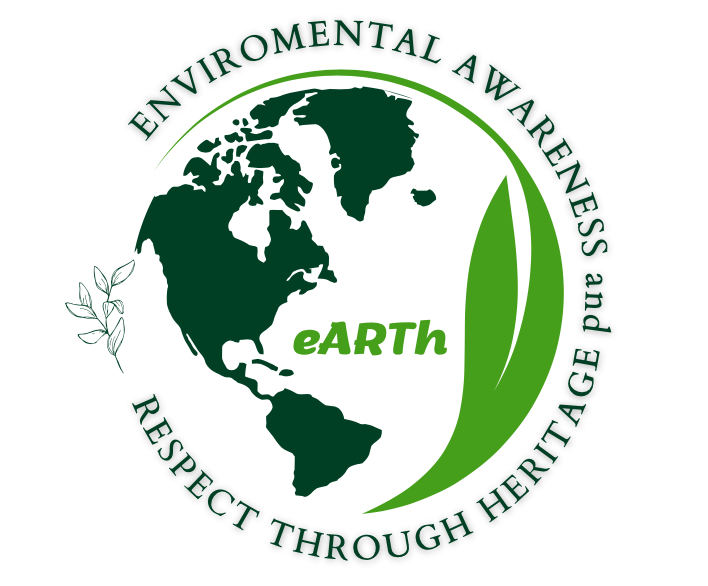
Presentation of the school
Italo Calvino’s Centenary
On the centenary of the birth of the great intellectual who gave his name to our school, Italo Calvino (1923-1985), the first year of the eARTh project’s activities was dedicated to his figure.
Italo Calvino and environmental sustainability
Italo Calvino is one of the most recognised authors on the Italian and world literary scene of the 20th century. With works ranging from fiction to publishing, Calvino is known for his ability to explore complex philosophical and cultural themes and for offering an anticipatory view of the relationship between man and nature. In this context, sustainability and environmentalism emerge as themes of considerable resonance. In today’s world, environmental issues have become central to global discussions and Calvino’s works provide a critical and insightful reflection in this regard.
‘Invisible Cities’: a portrait of hidden sustainability
Calvino’s short story collection “The Invisible Cities” is a profound and often metaphorical analysis of urban and environmental dynamics. The author offers a mosaic of imaginary cities through the lens of Marco Polo. These cities are not just scenarios but rather ecosystems, urban oases in a delicate balance with nature. Quoting verbatim, ‘A city is not drawn but keeps drawing itself’, Calvino advances a model of sustainable urbanism, in which the city is an evolving organism rather than a static structure. An invitation to rethink our urban spaces as habitats where coexistence and sustainability are interconnected.
Some other works: ‘Il Barone Rampante’ and ‘La Nuvola di Smog’.
If “The Invisible Cities” addresses sustainability in terms of urban space, “The Baron in the Trees” does so in terms of biodiversity and harmony with nature. The protagonist, Cosimo, chooses a life among the trees, a symbolic act that represents a rejection of anthropocentrism. This fable, set in the 18th century, recounts the synergy of man with nature in a free, humorous and imaginative manner. “The Cloud of Smog”, on the other hand, takes the form of an early criticism of industrial and atmospheric pollution, which are among the most serious environmental threats today. In fact, the protagonist is a publicist journalist who has to write an article on pollution. A difficult assignment, but one that will make him more aware of living with smog on a daily basis.
Calvino and the environmental challenges of the contemporary world
Italo Calvino’s works offer us a lens through which to examine the environmental challenges of our time, despite being written in another era. Topics such as climate change, the loss of biodiversity and pollution are indeed very topical, but Calvino had already discussed them extensively in his writings. With predictions by the UNO indicating that 68% of the world’s population will live in urban areas by 2050, sustainability assumes a crucial role.
Calvin’s legacy for a sustainable future
The works of Calvino are not only masterful examples of literary art, but also a compass to navigate the complex environmental issues of today. His writing gives us the tools to critically examine the world we live in and the choices we make. From the rejection of unsustainable patterns of consumption to a new appreciation of biodiversity, Calvino is a beacon of wisdom and inspiration in a world facing unprecedented environmental challenges.
Photo Day 2 eARTh in Romania, Finland, Spain April 2024
Photo Day 1 eARTh in Romania, Finland, Spain April 2024
This is the program for the hospitality week in Italy!
18-24 february 2024
Erasmus week 18-24/2/2024 Final video
Foto Day 5 eARTh Italy February 2024
Foto Day 4 eARTh Italy February 2024
Foto Day 3 eARTh Italy February 2024
Foto Day 2 eARTh Italy February 2024
Foto Day 1 eARTh Italy February 2024
Students’ comments to the experience
Monthly magazine “Punto e linea” featuring Erasmus Earth project
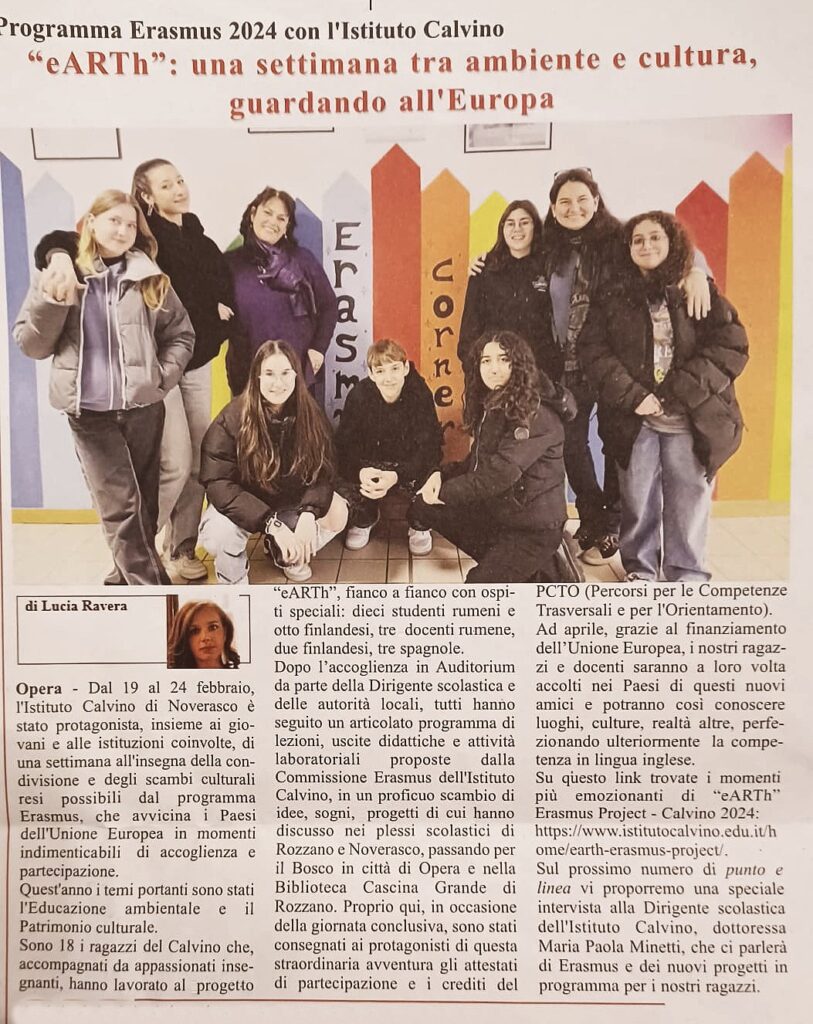
“Places of our heart on eARTh” is a guide to special places for our students, how to protect them and how to enhance them
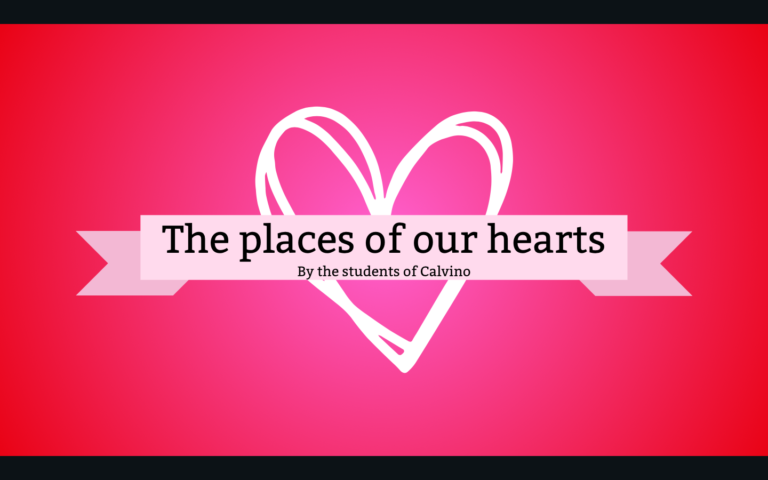
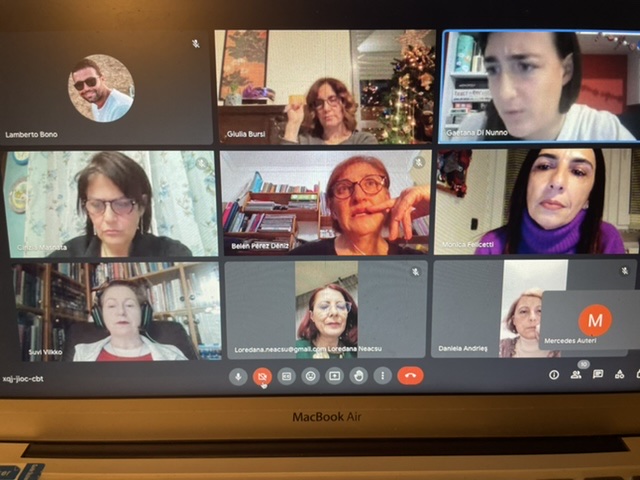
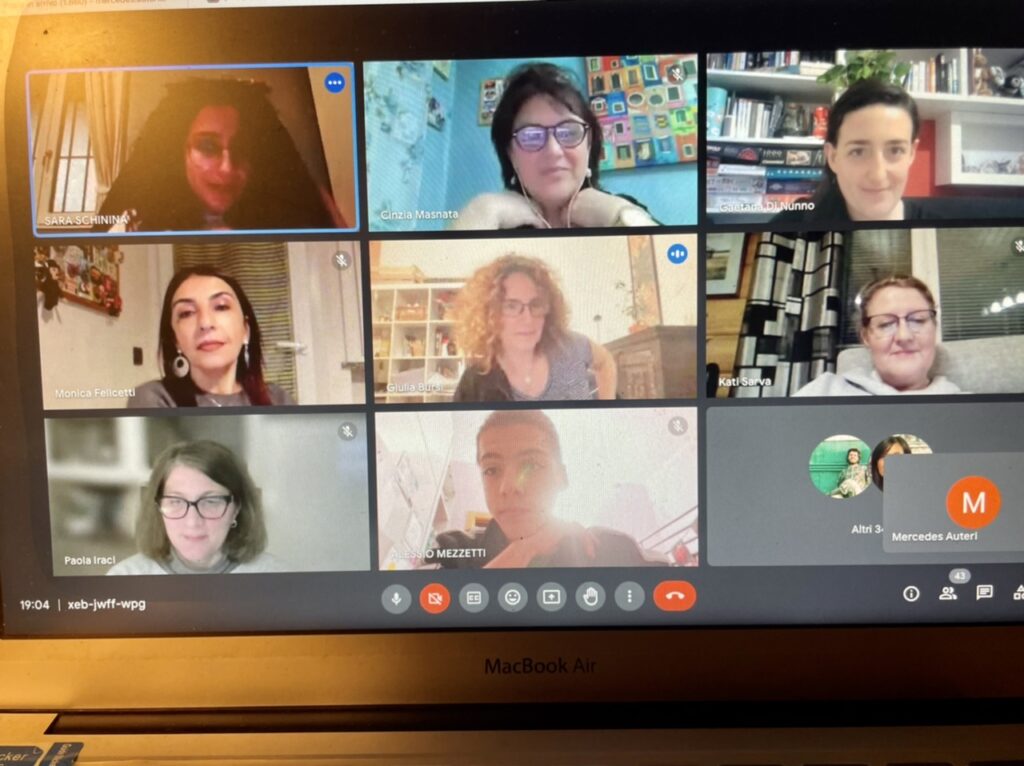
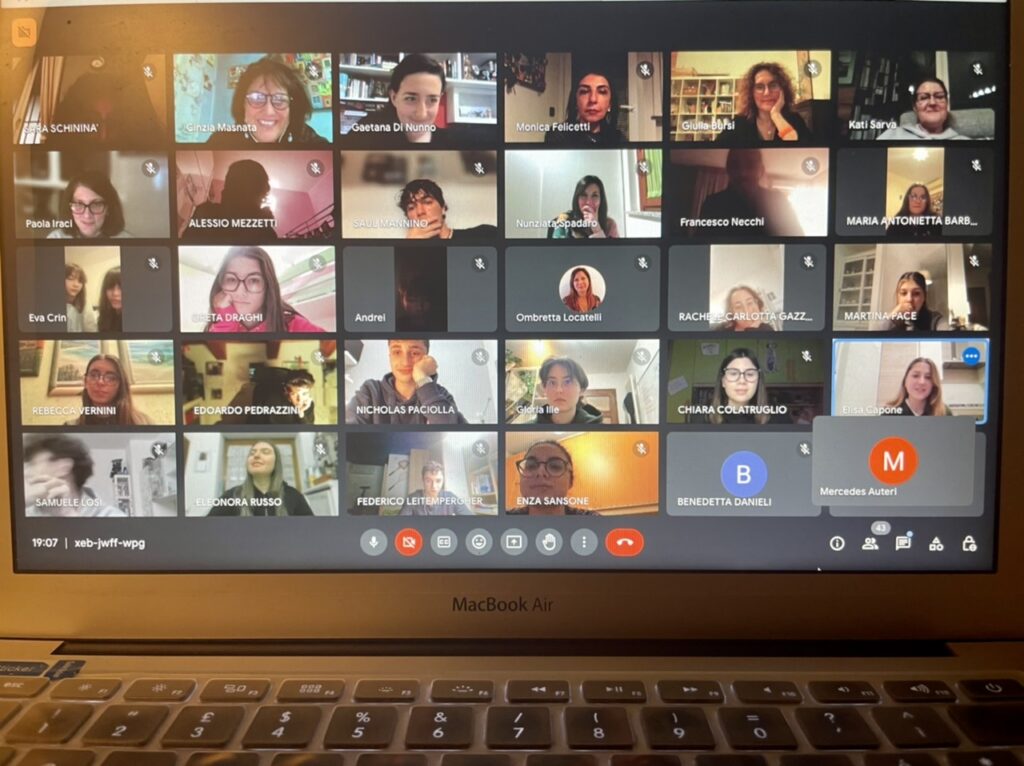
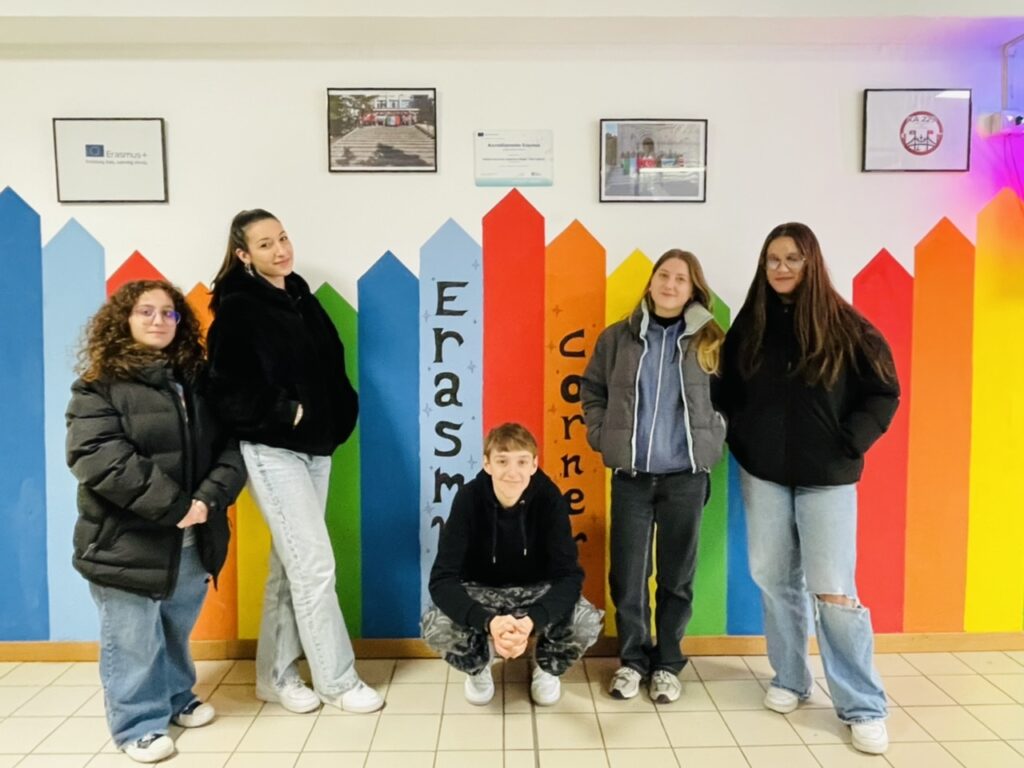

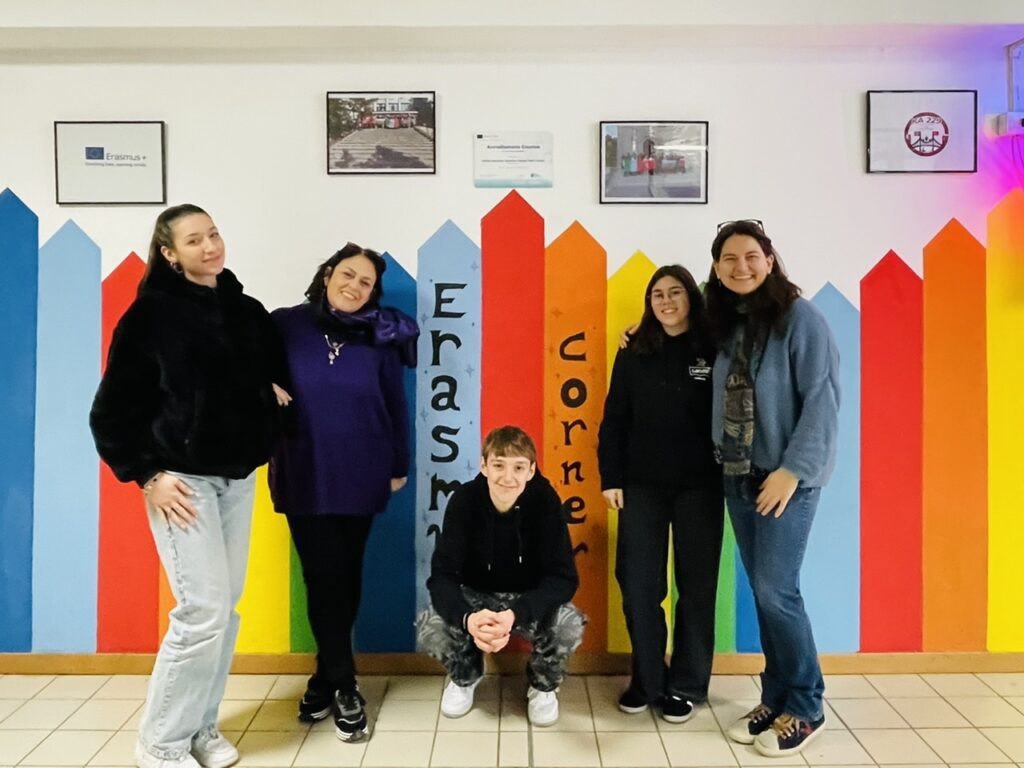
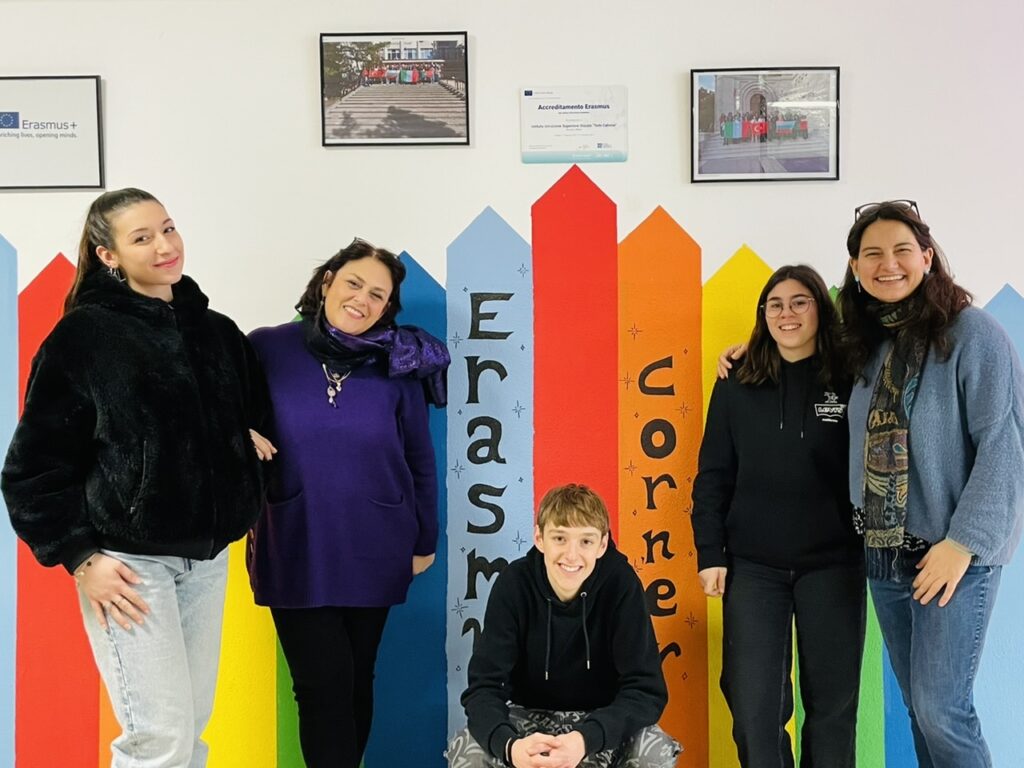
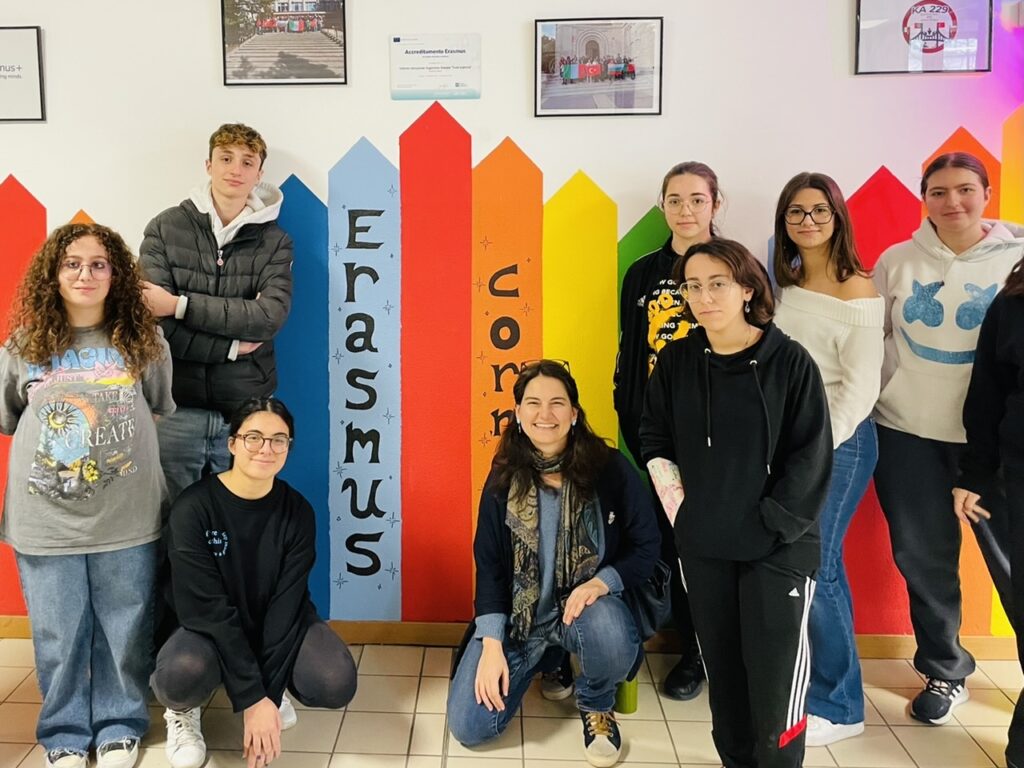









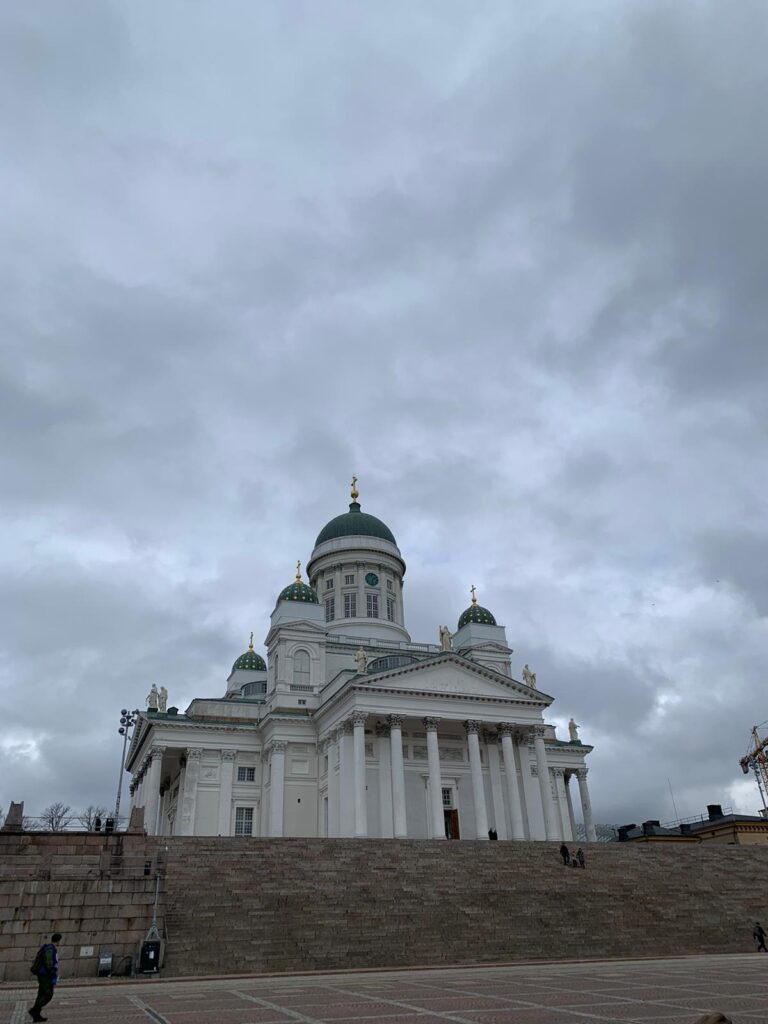

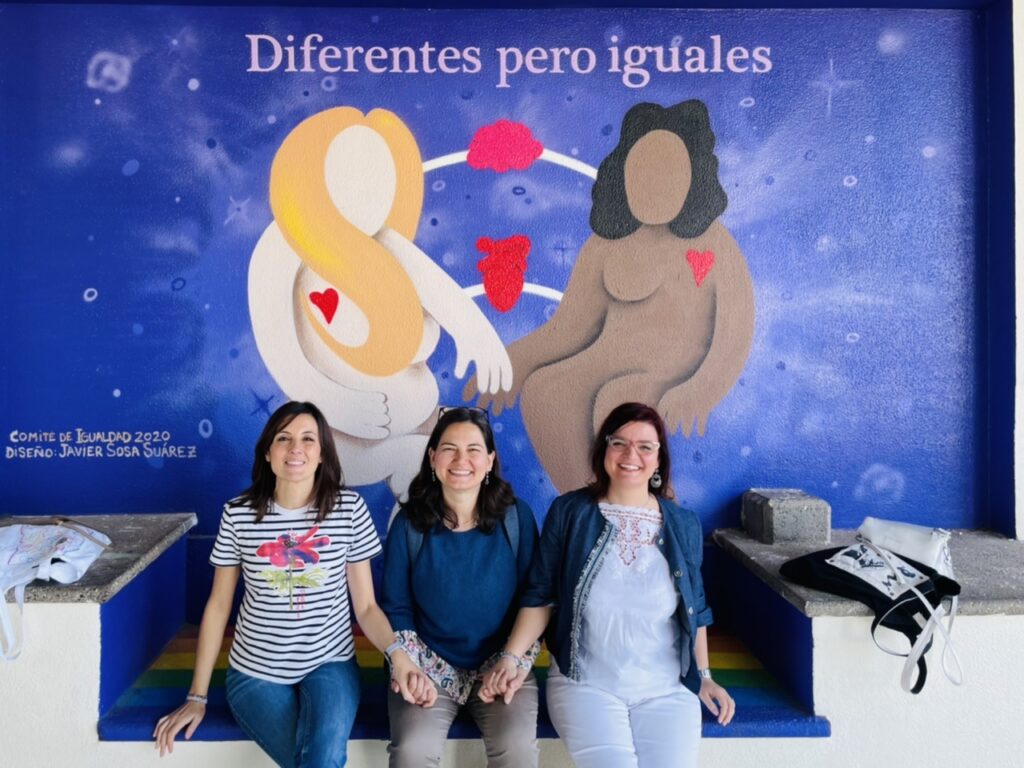
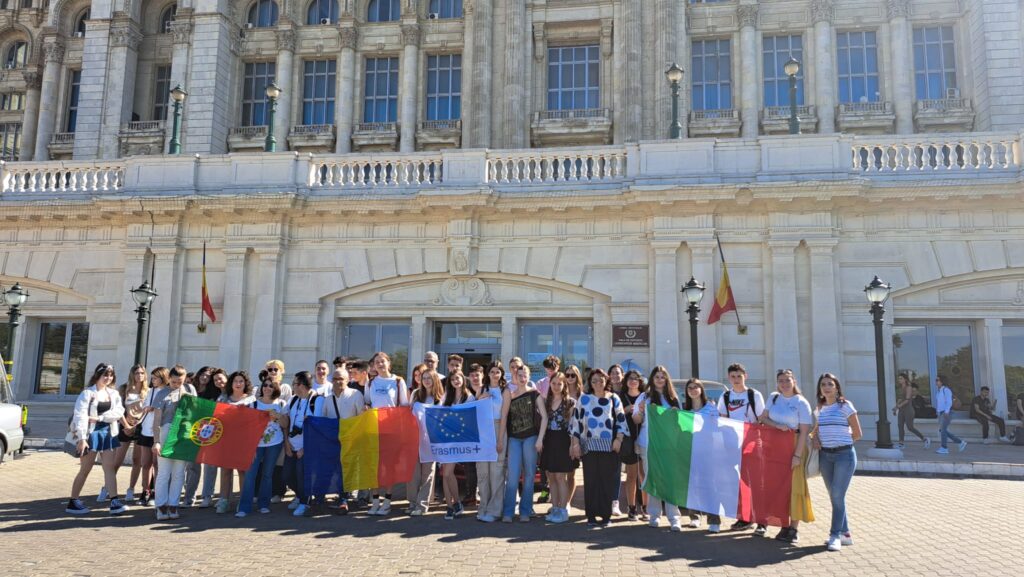
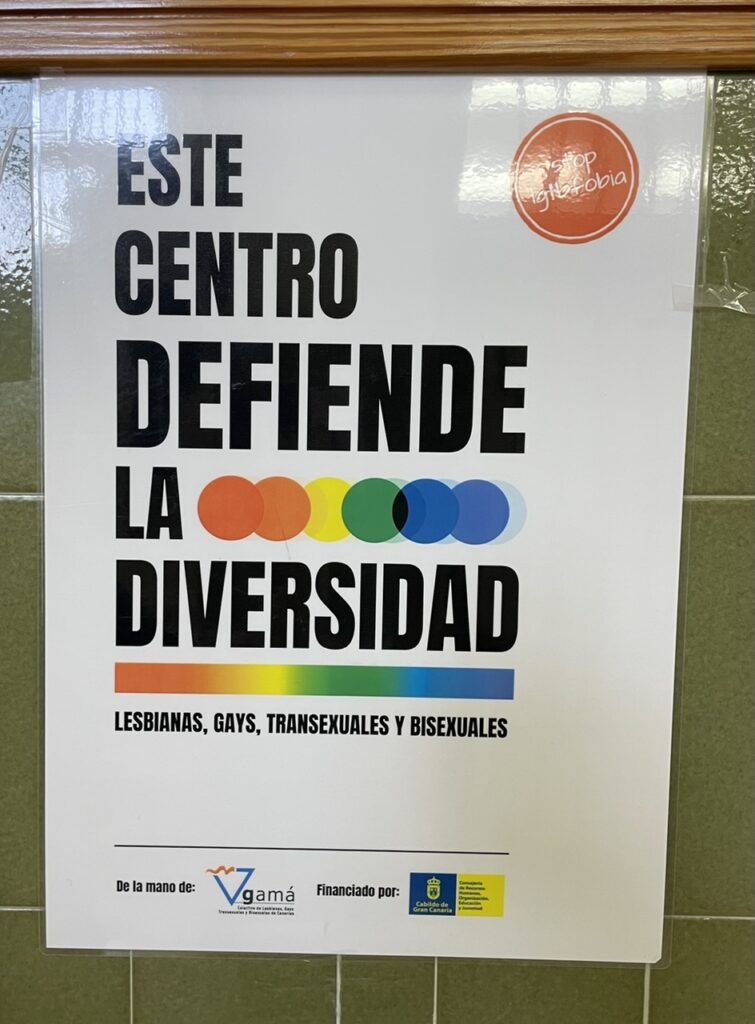


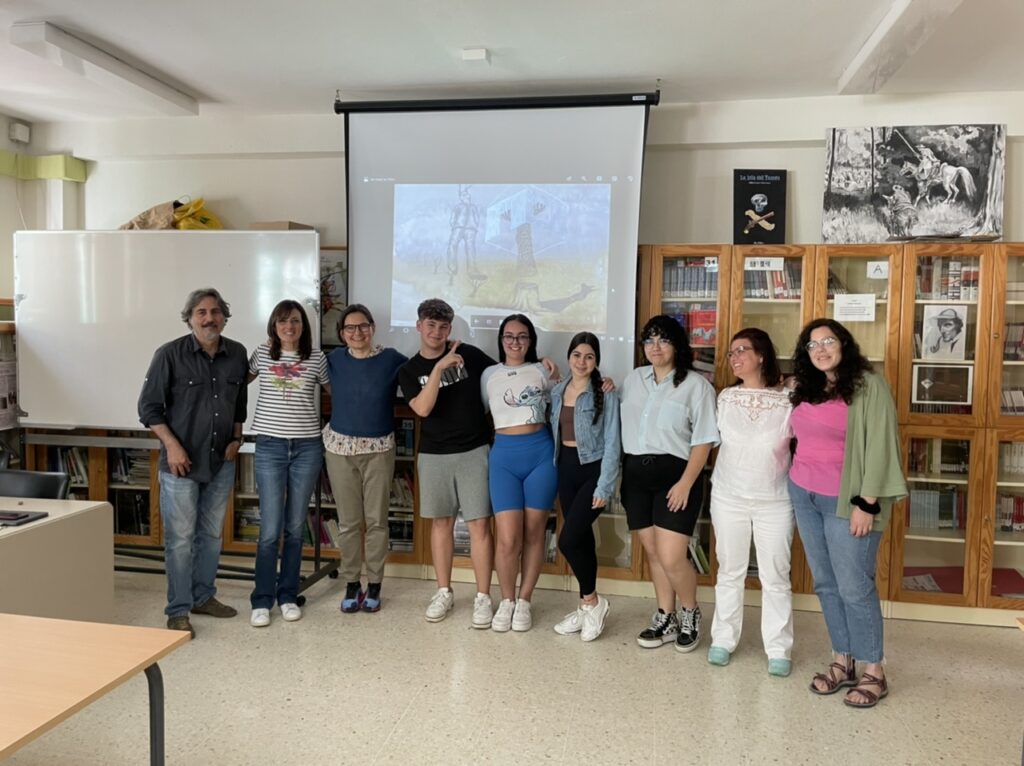
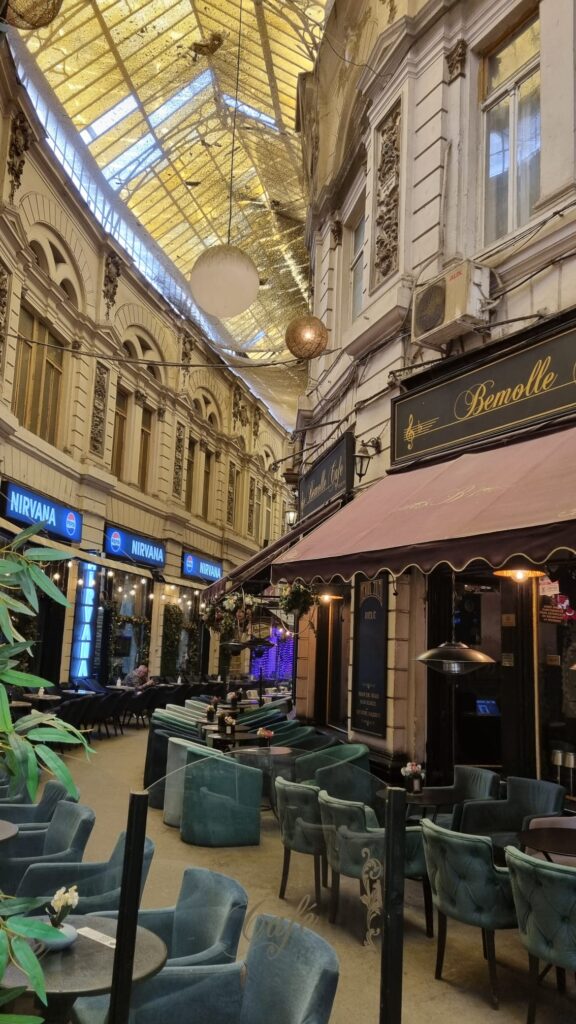
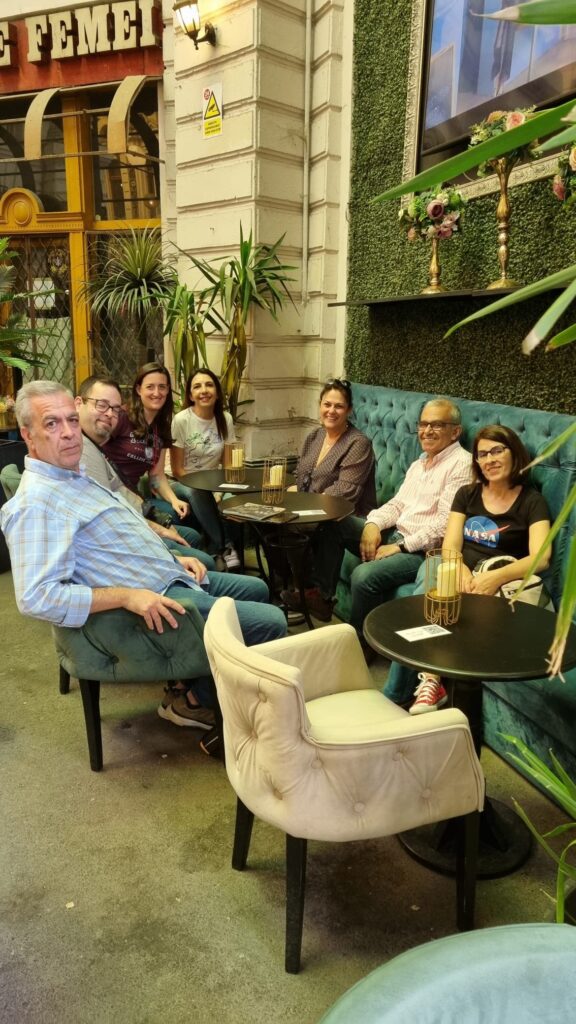
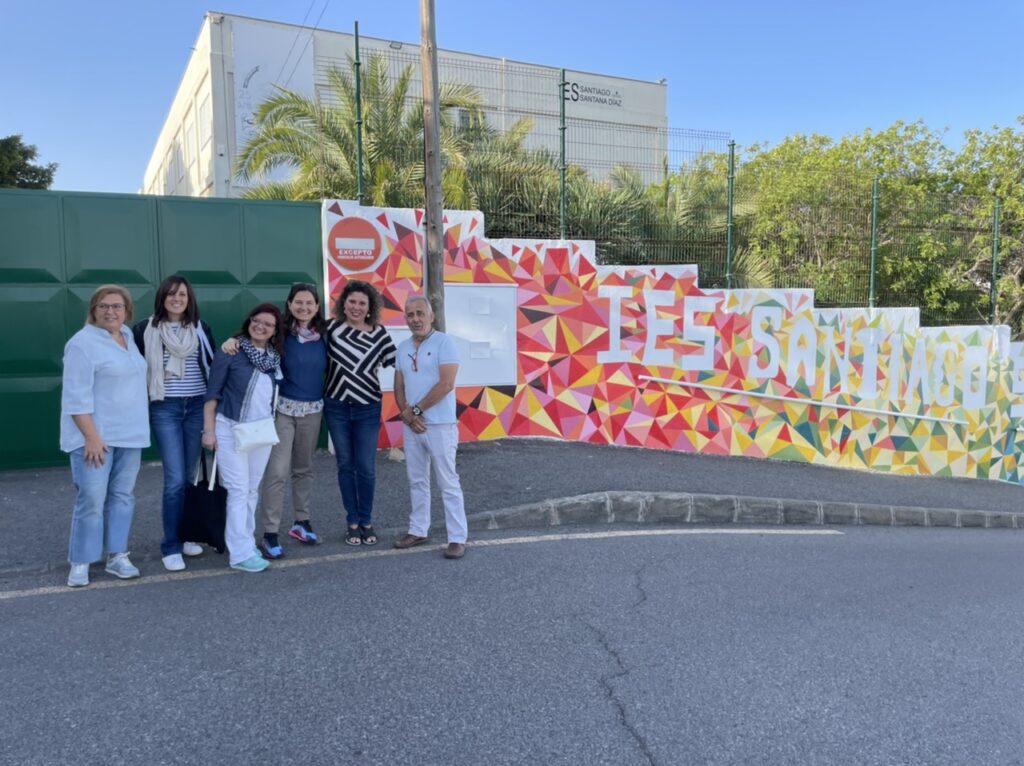
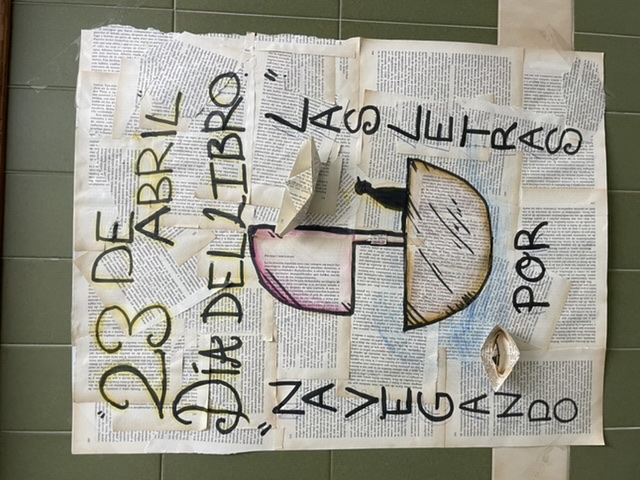

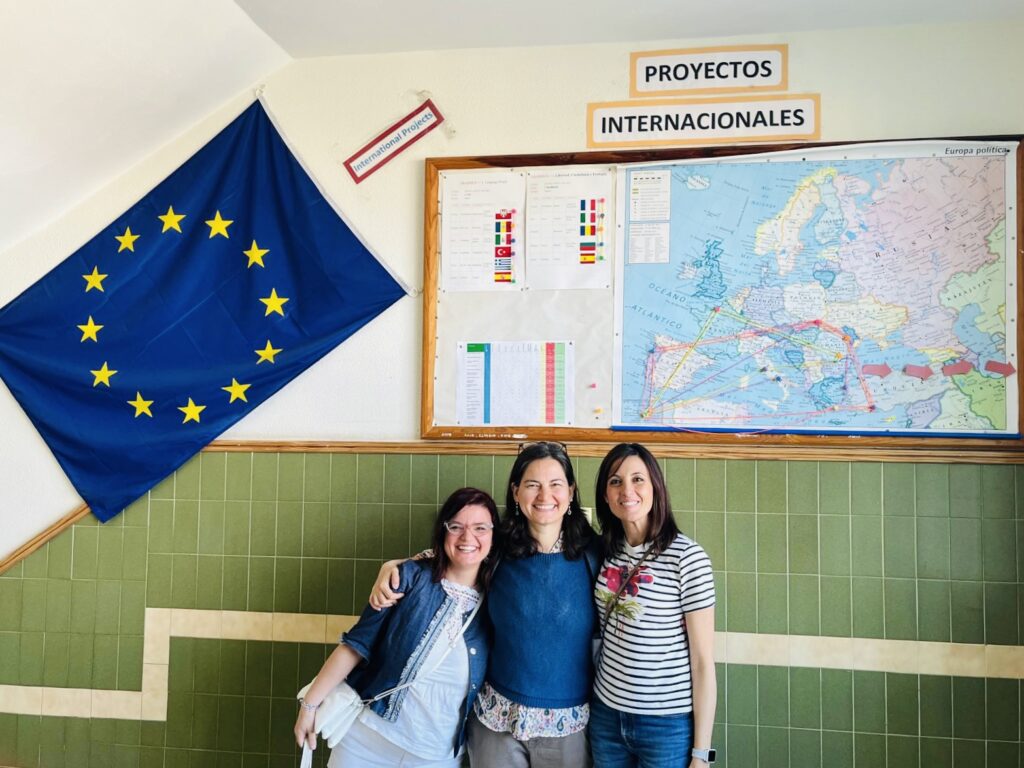
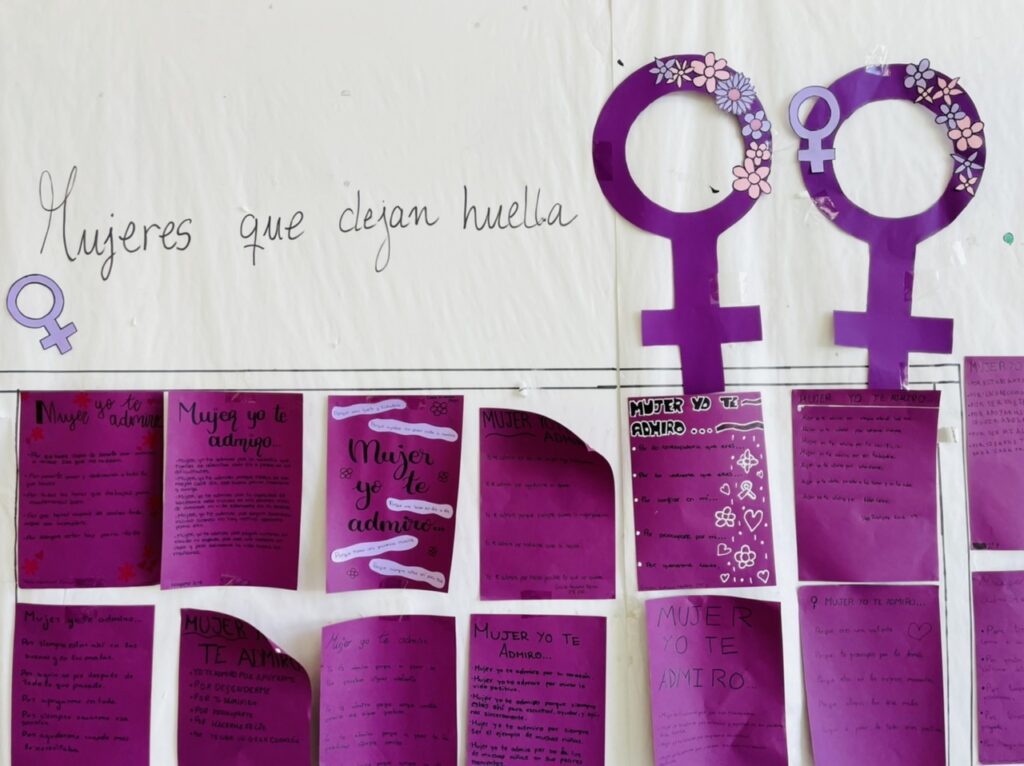
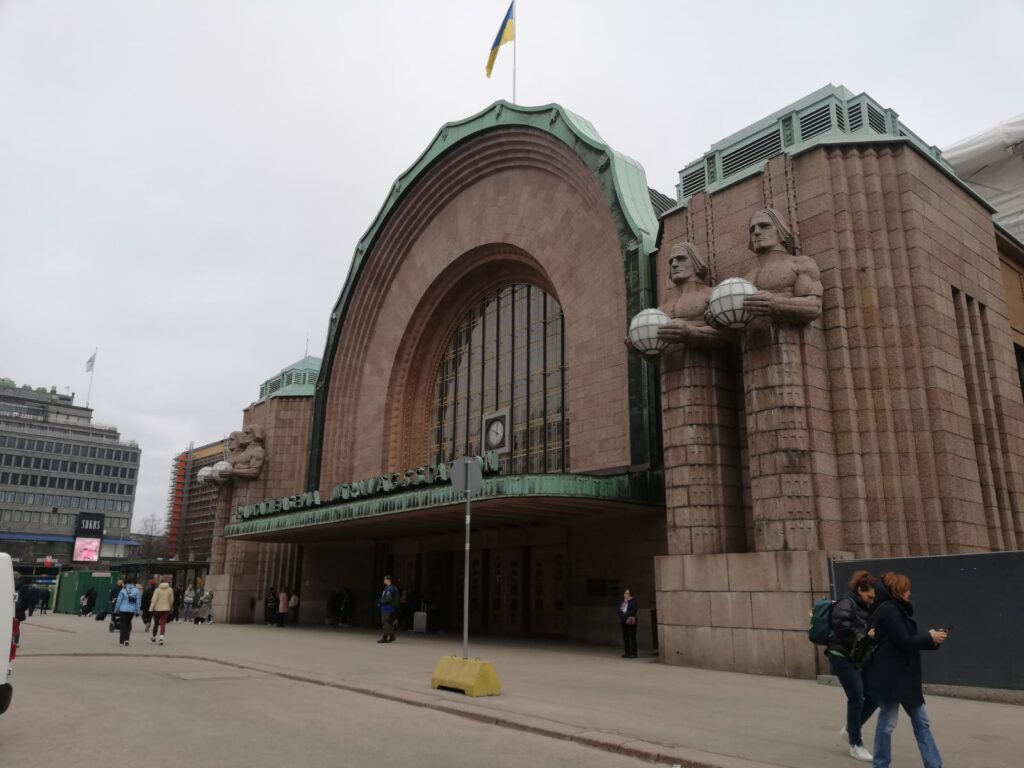
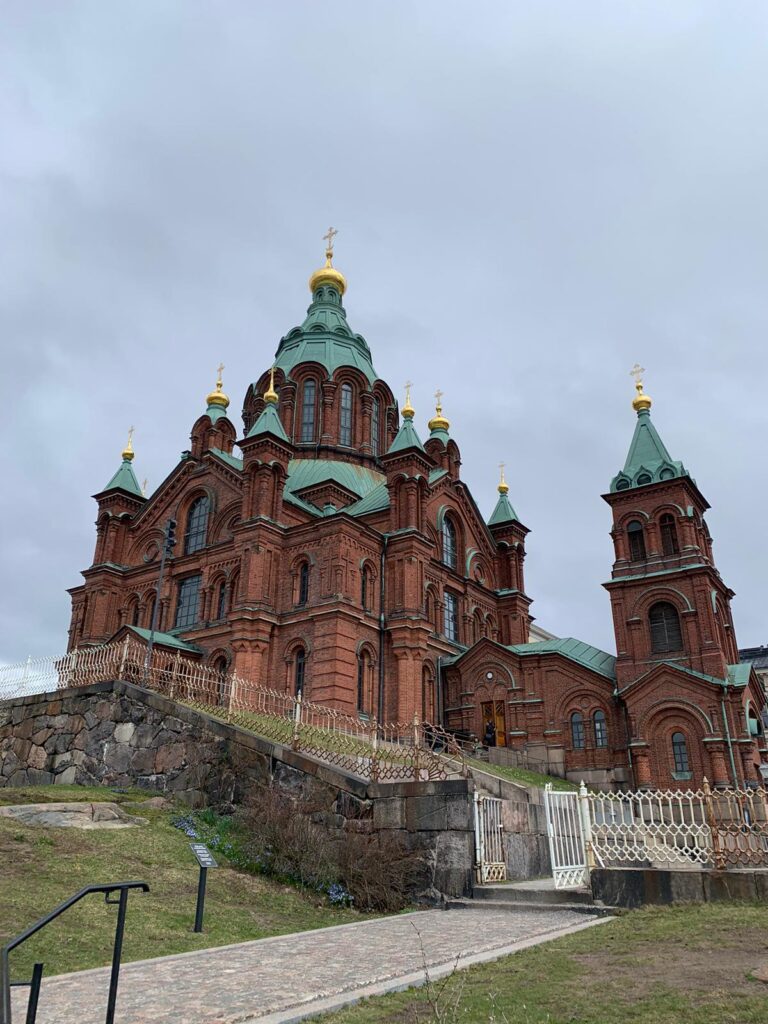
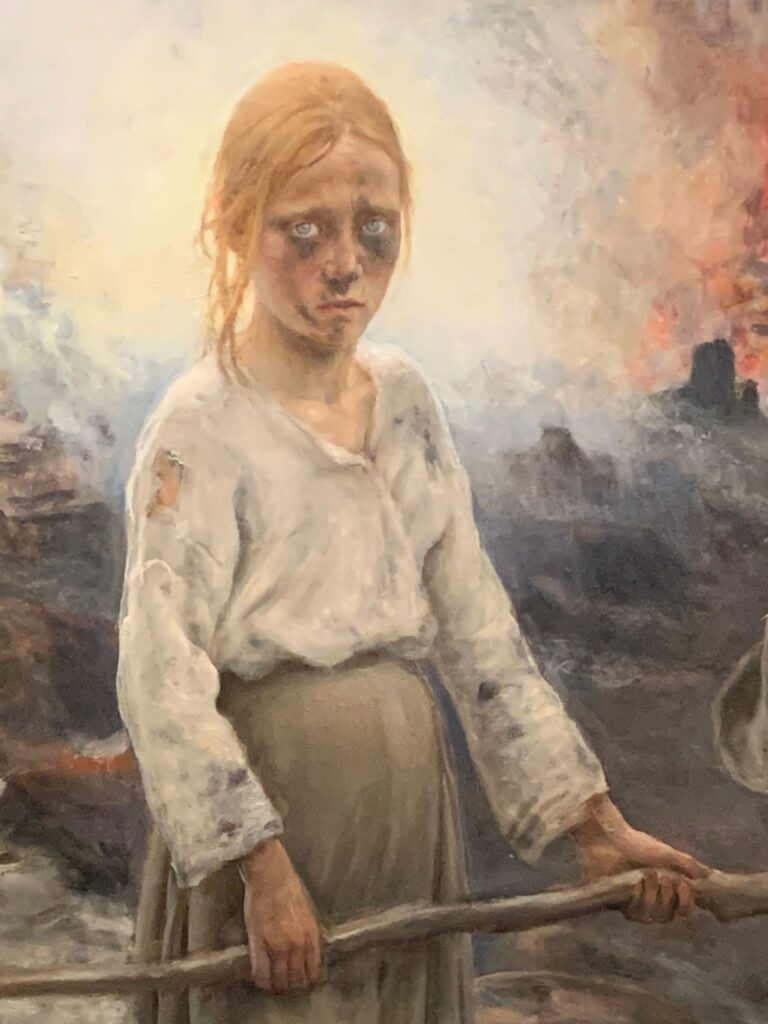
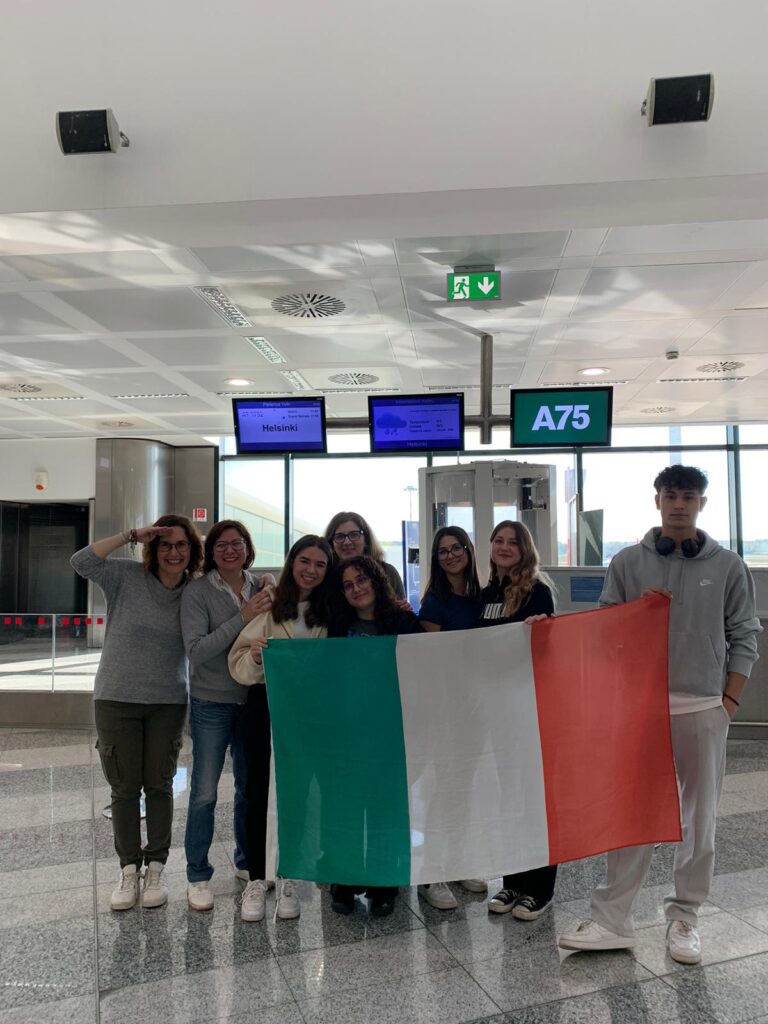
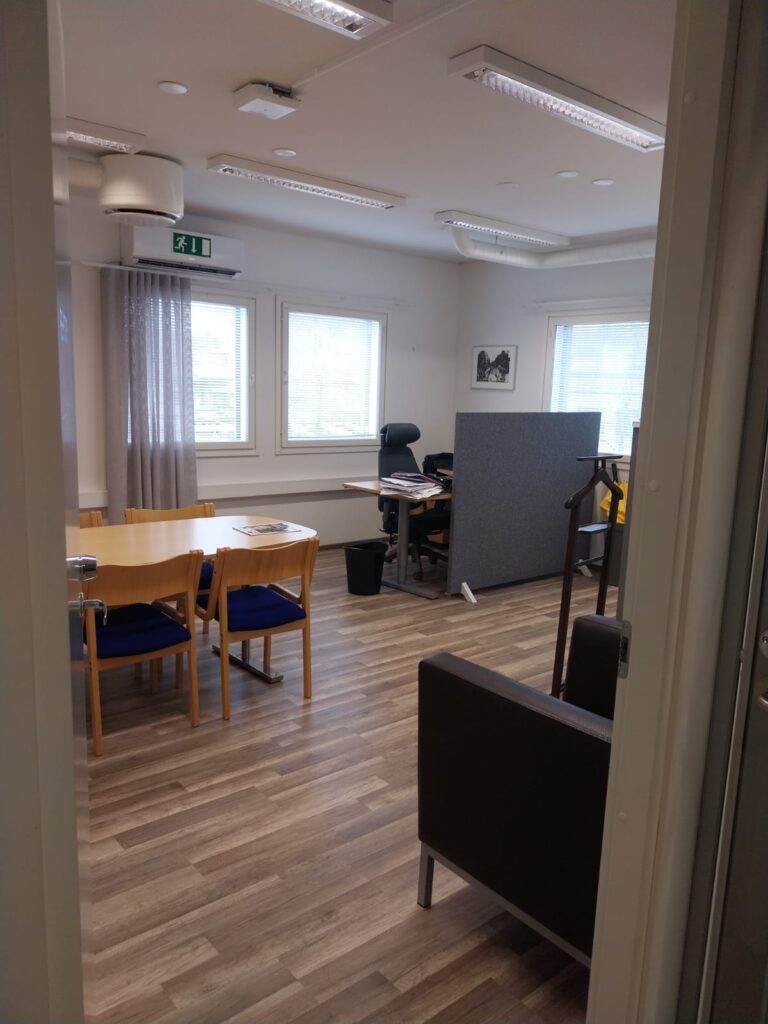

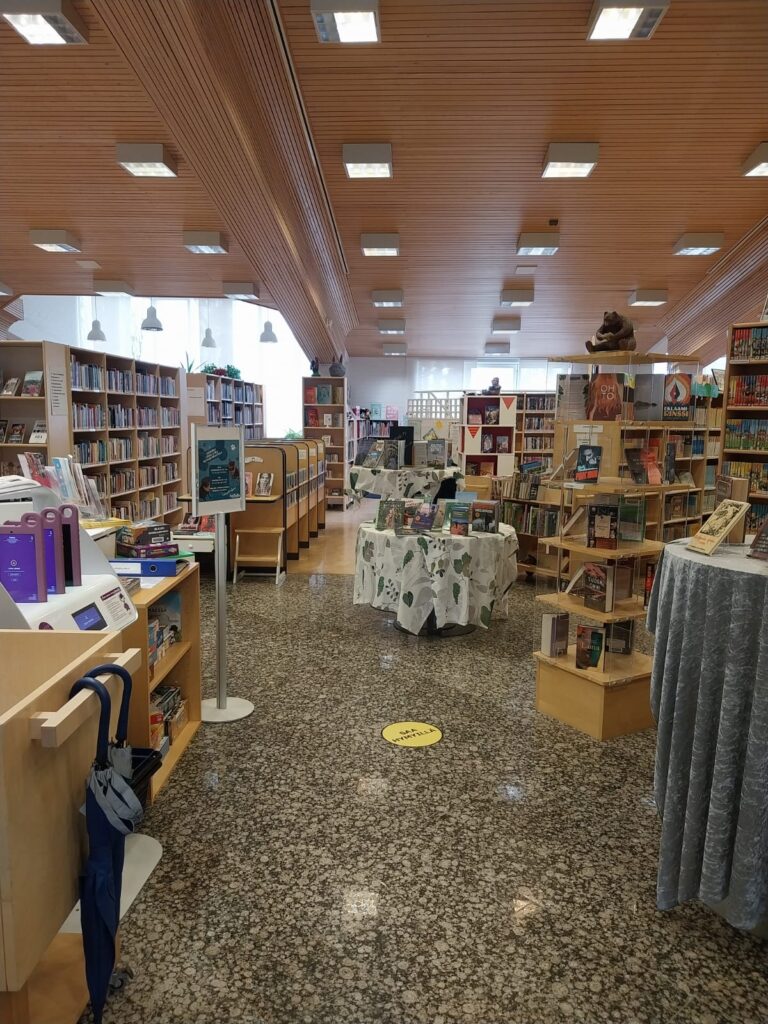
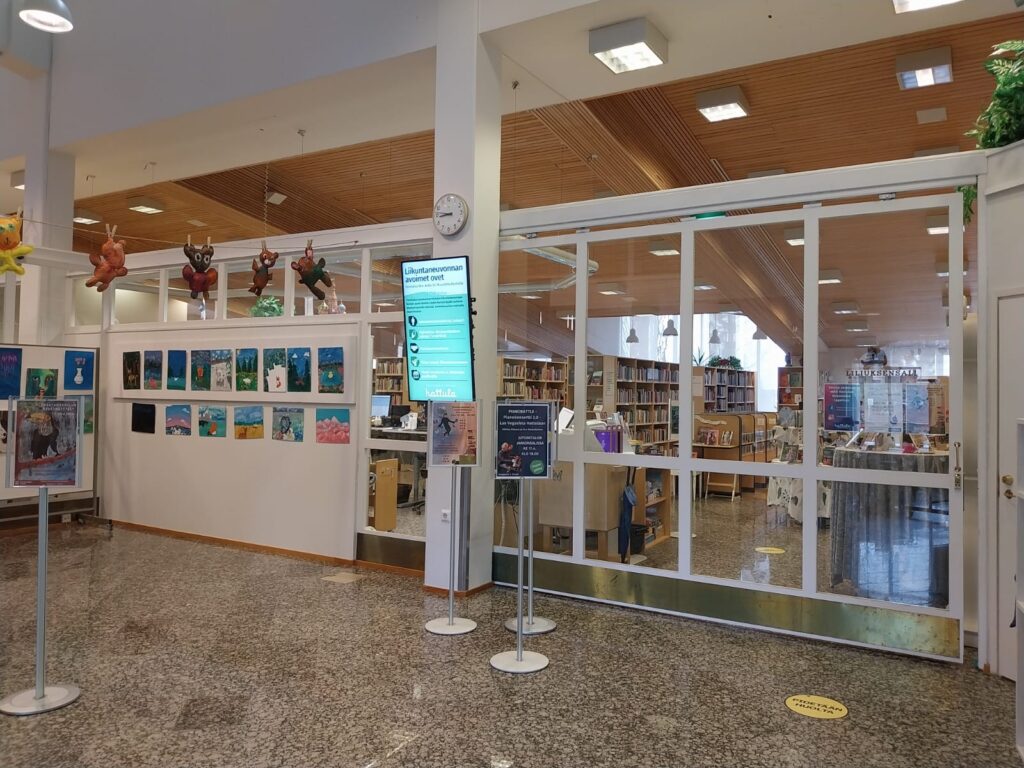
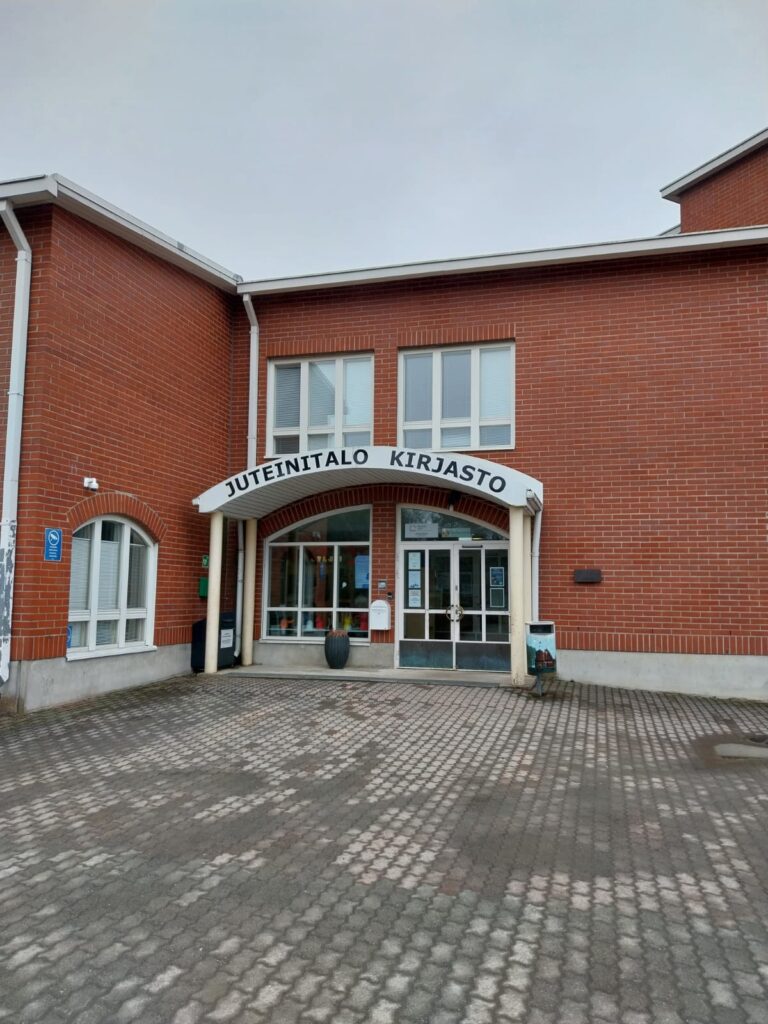
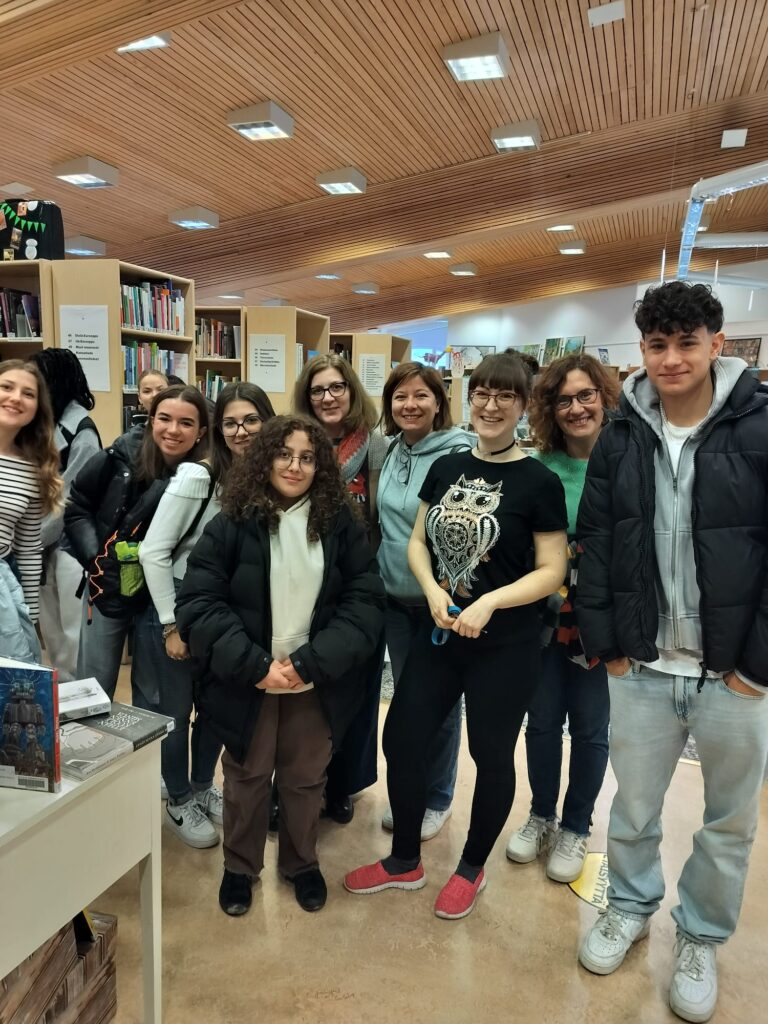
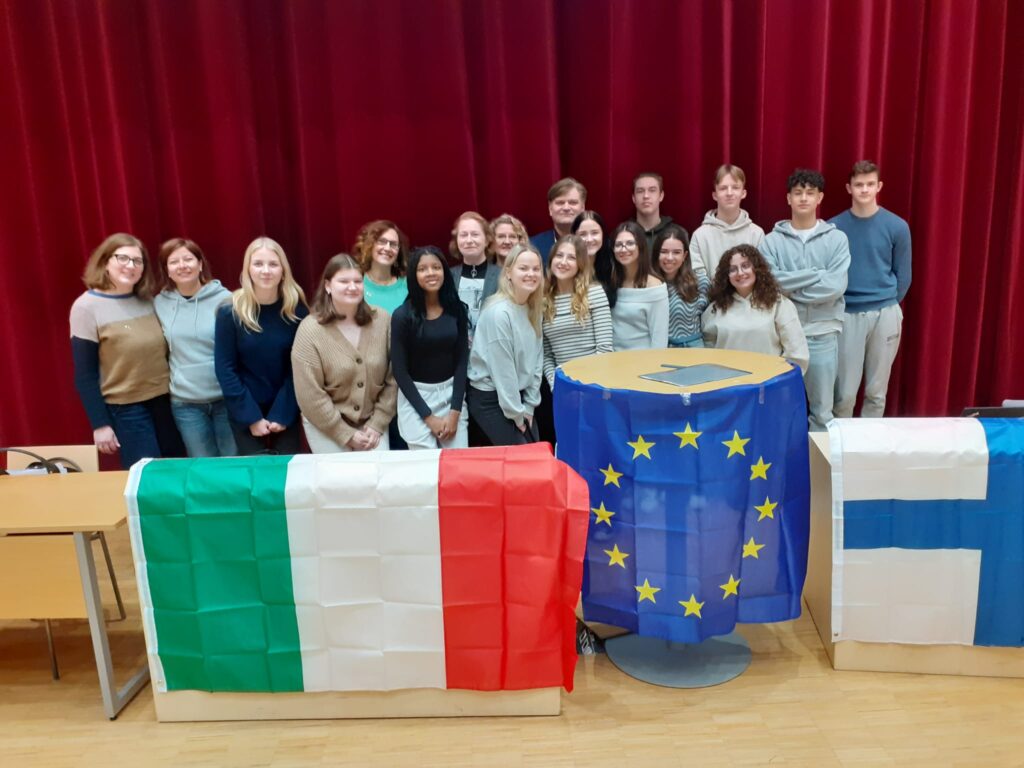
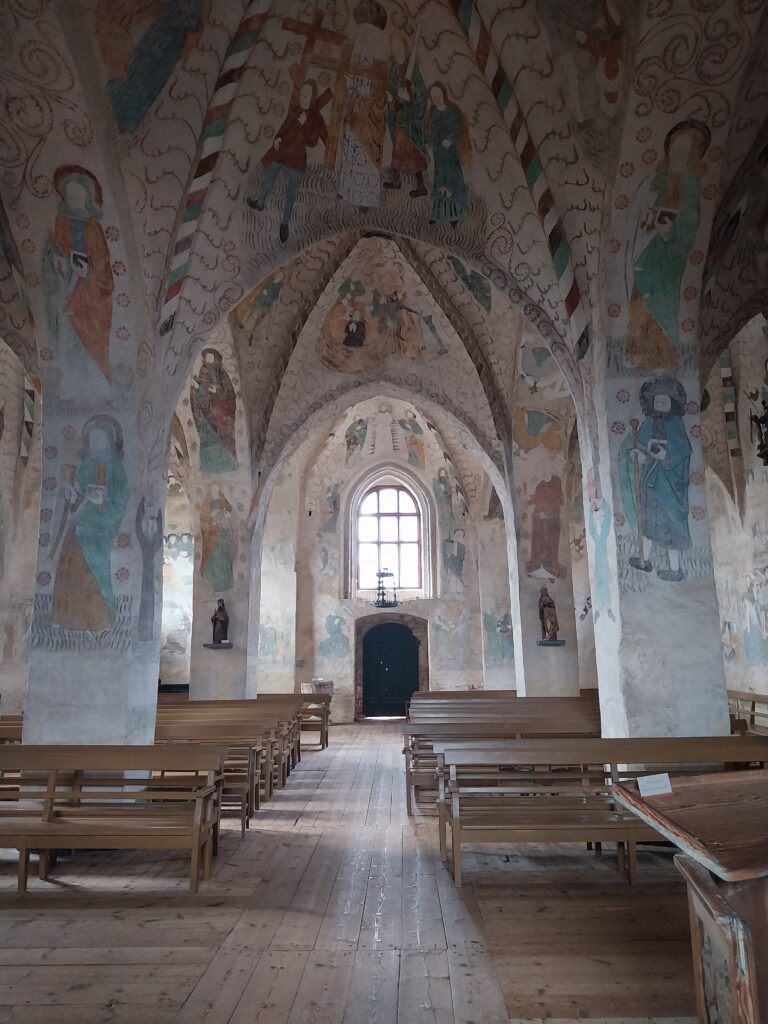

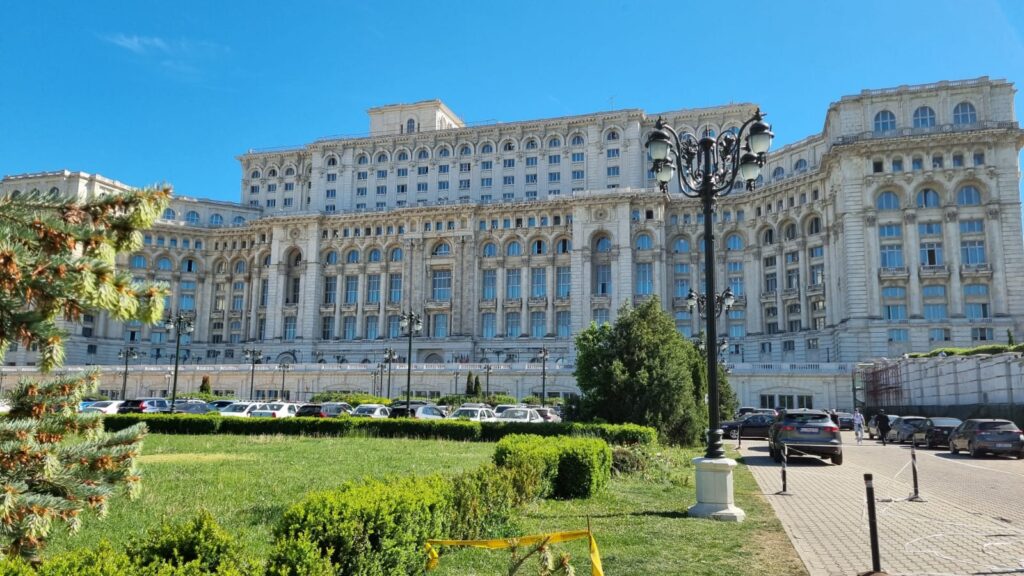

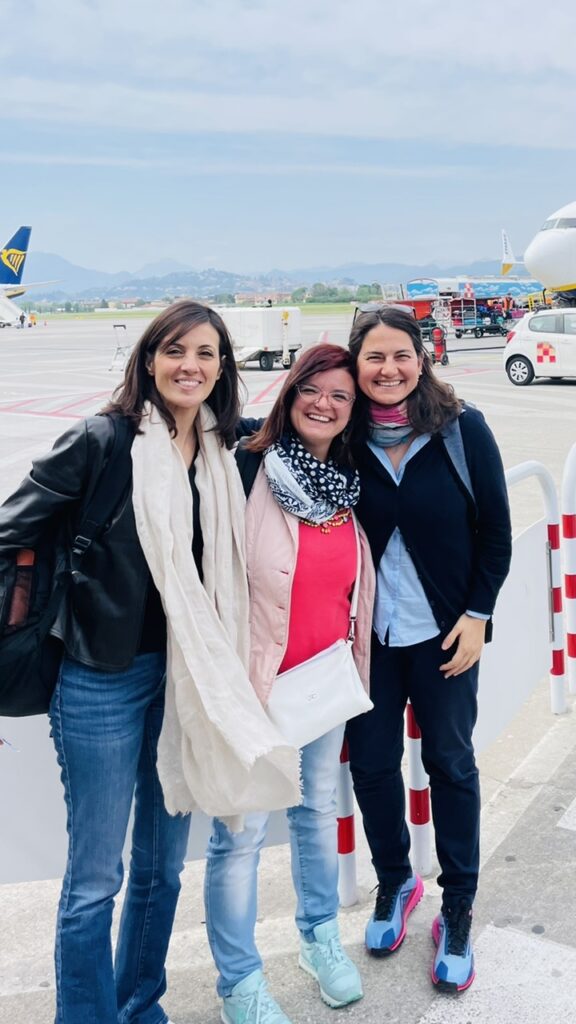
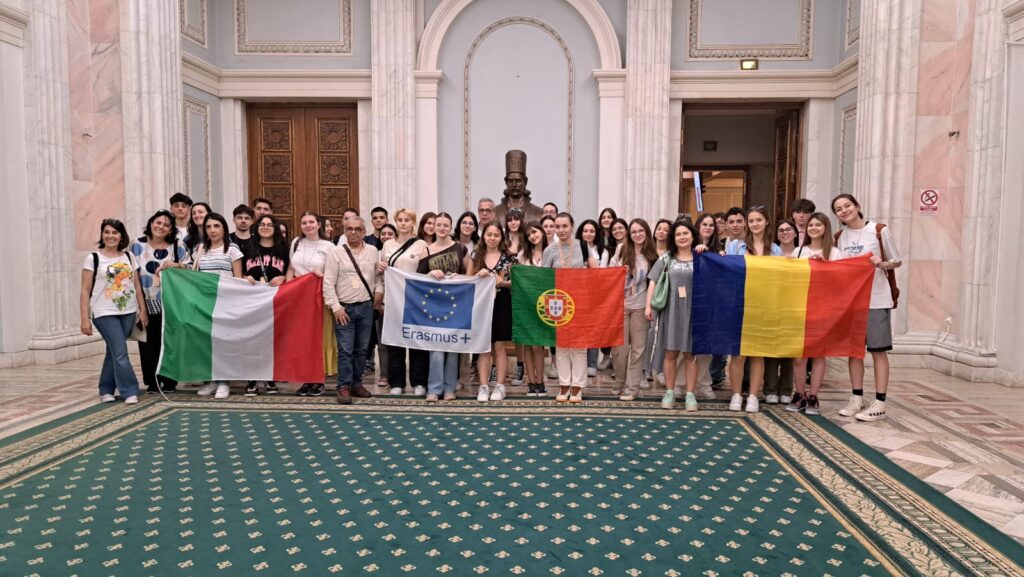

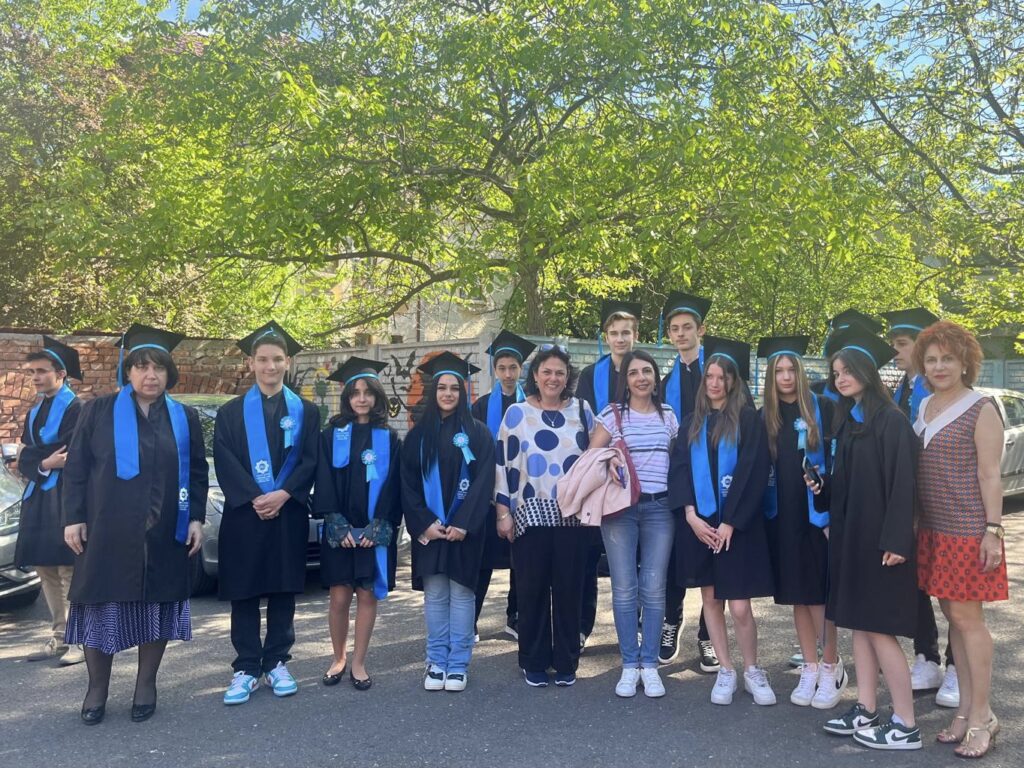
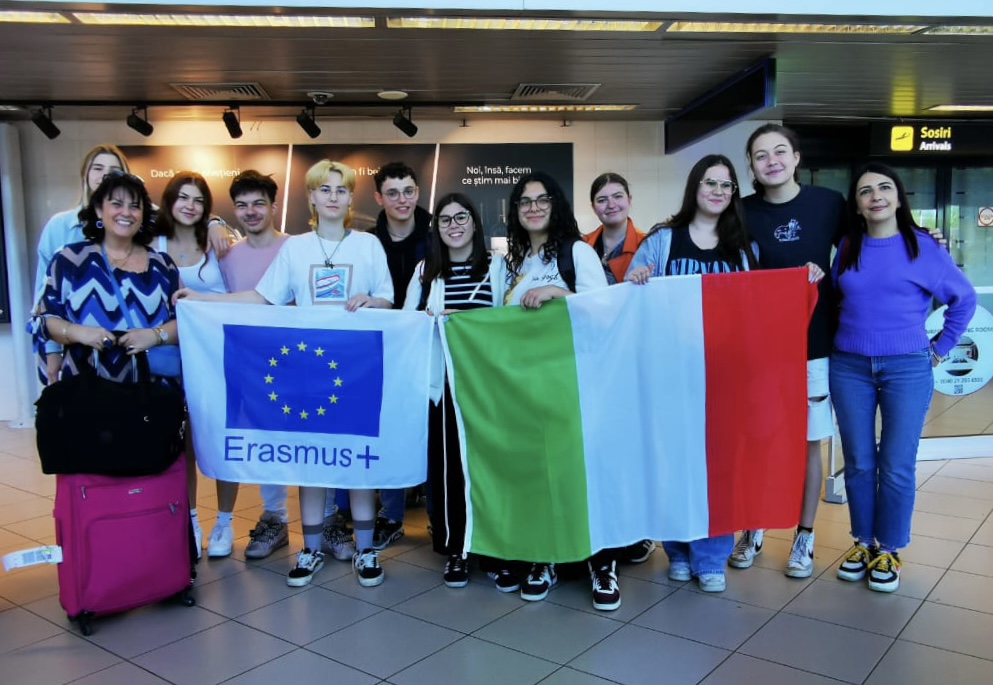
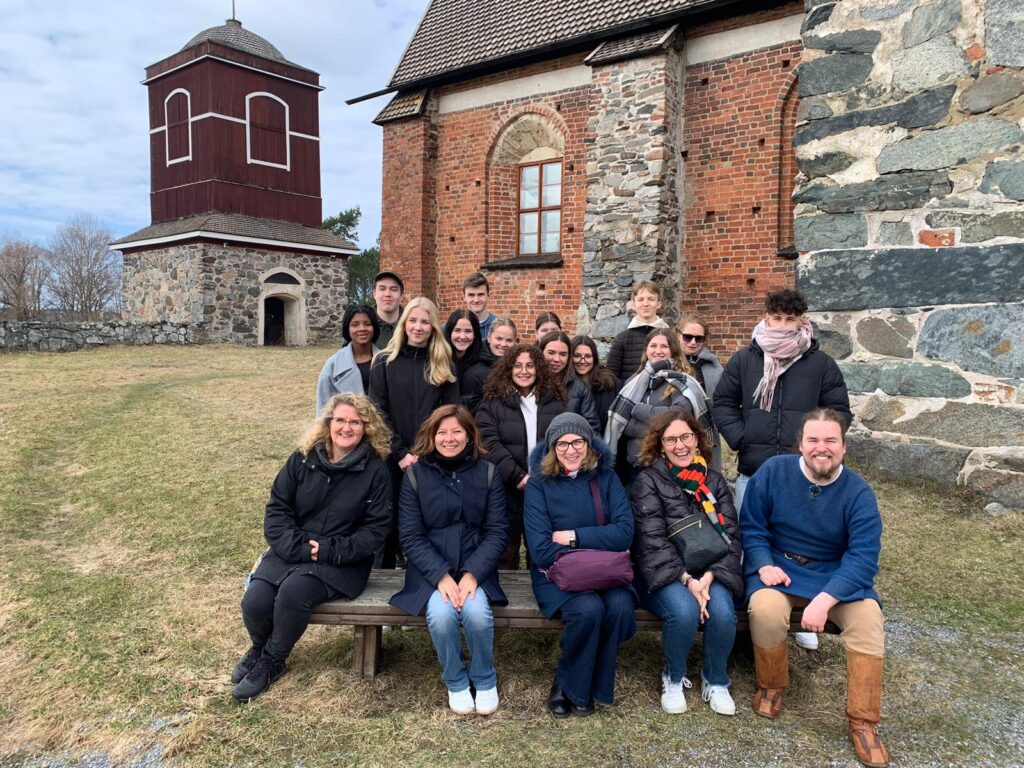
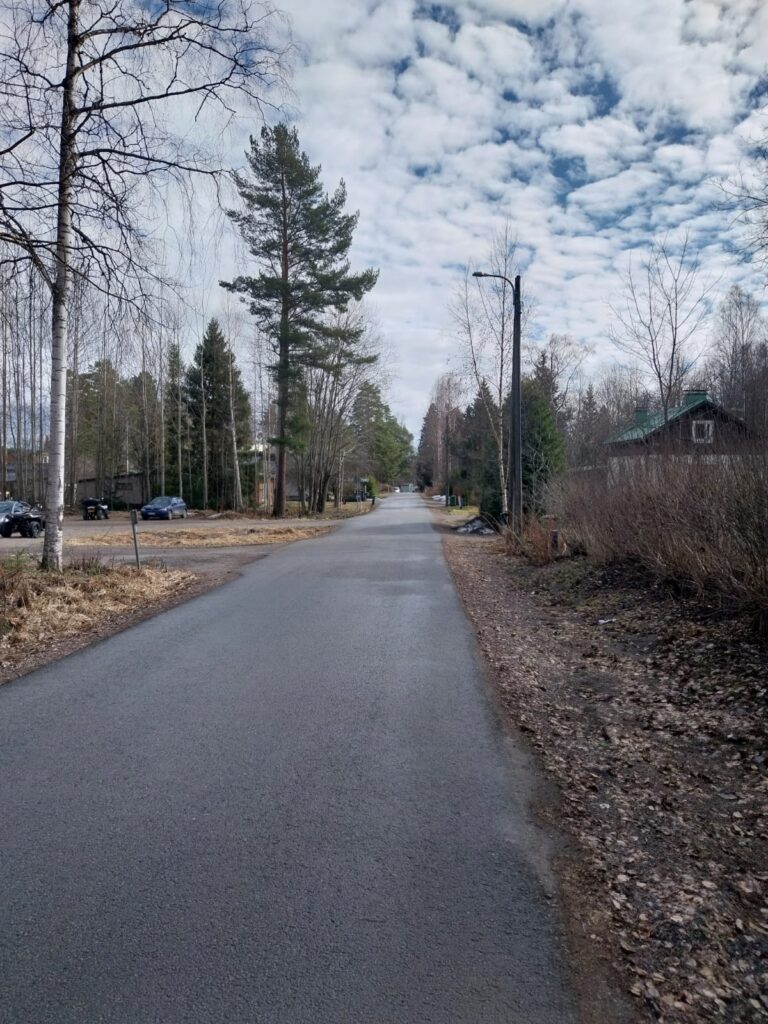
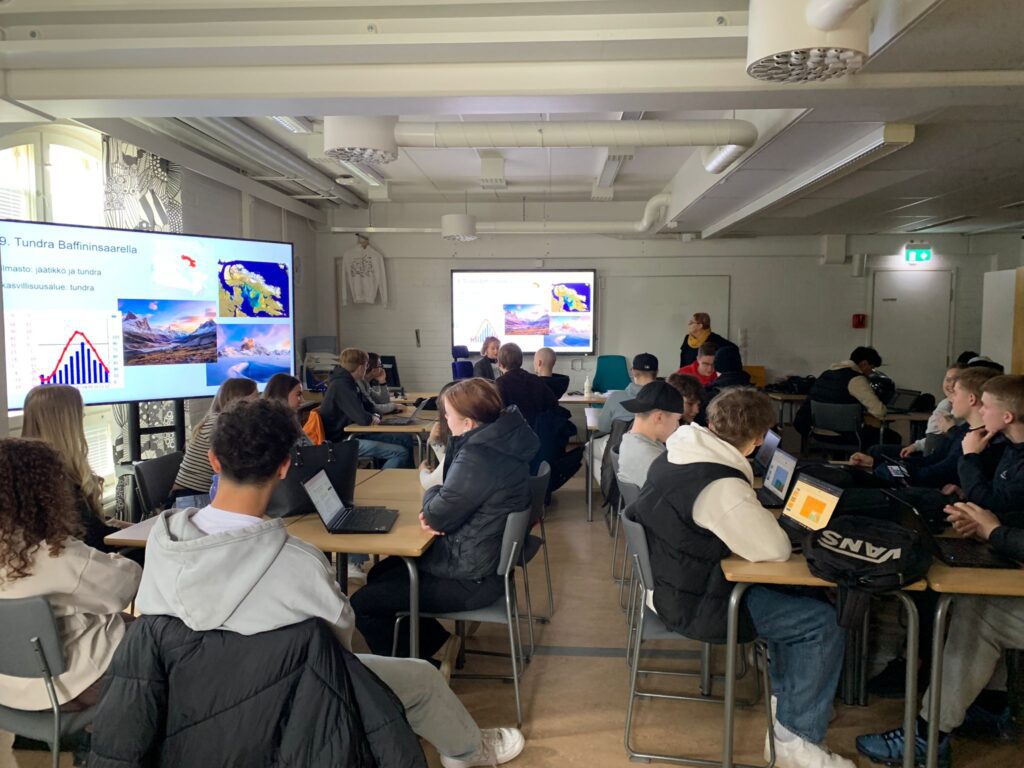
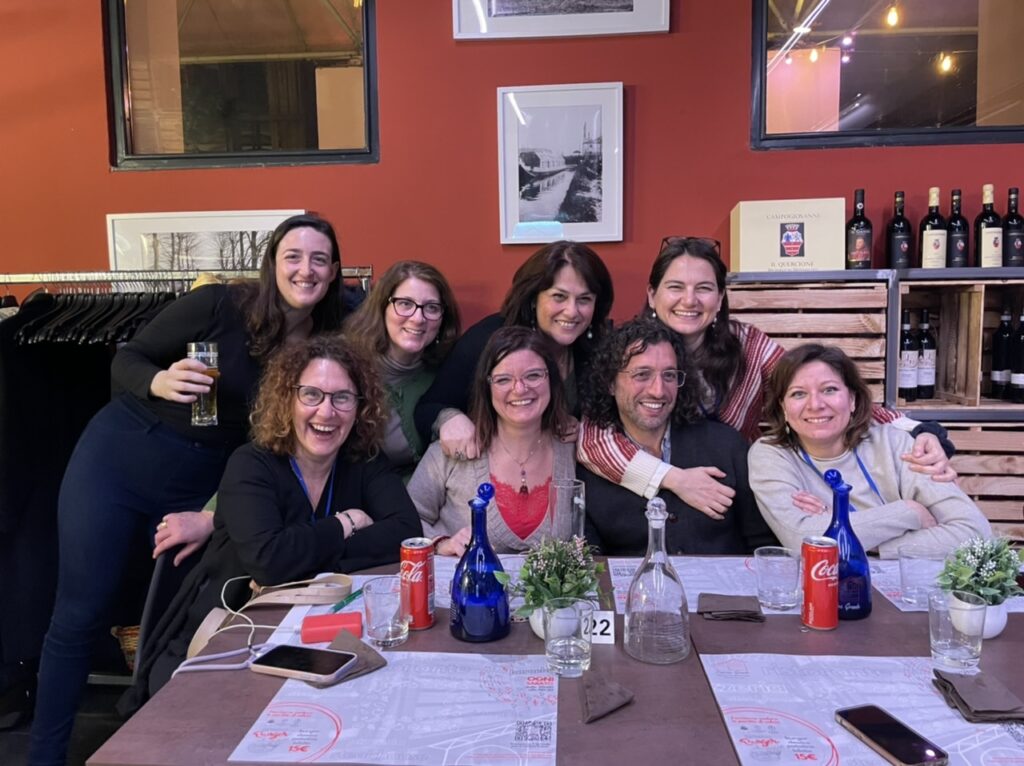
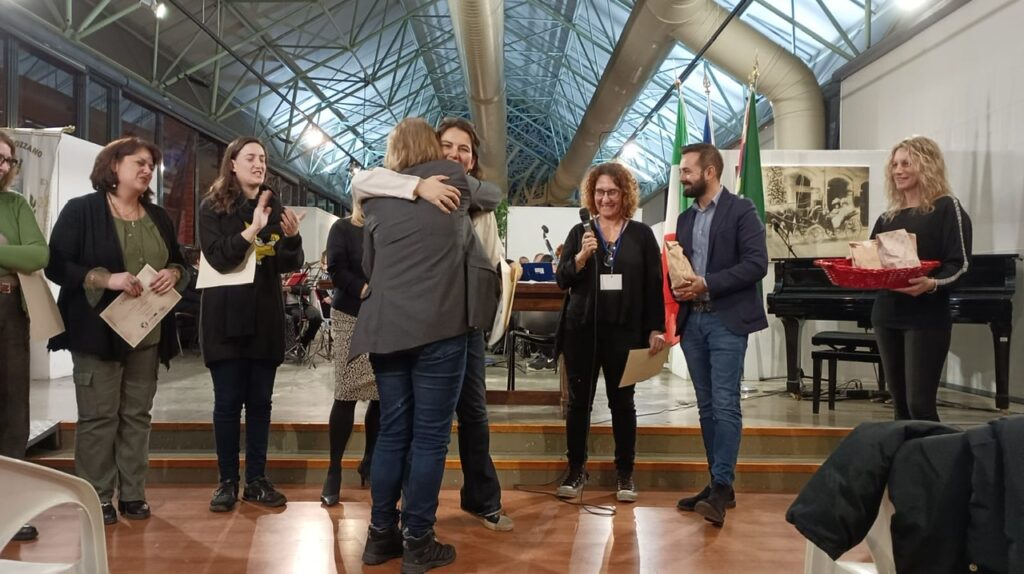
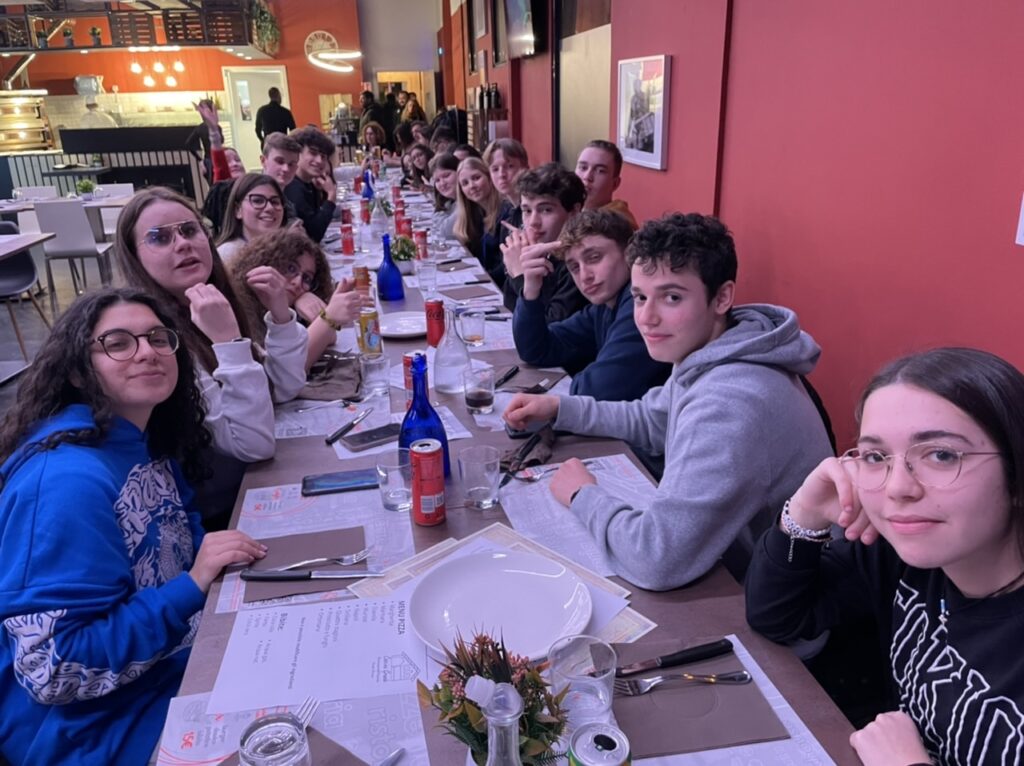
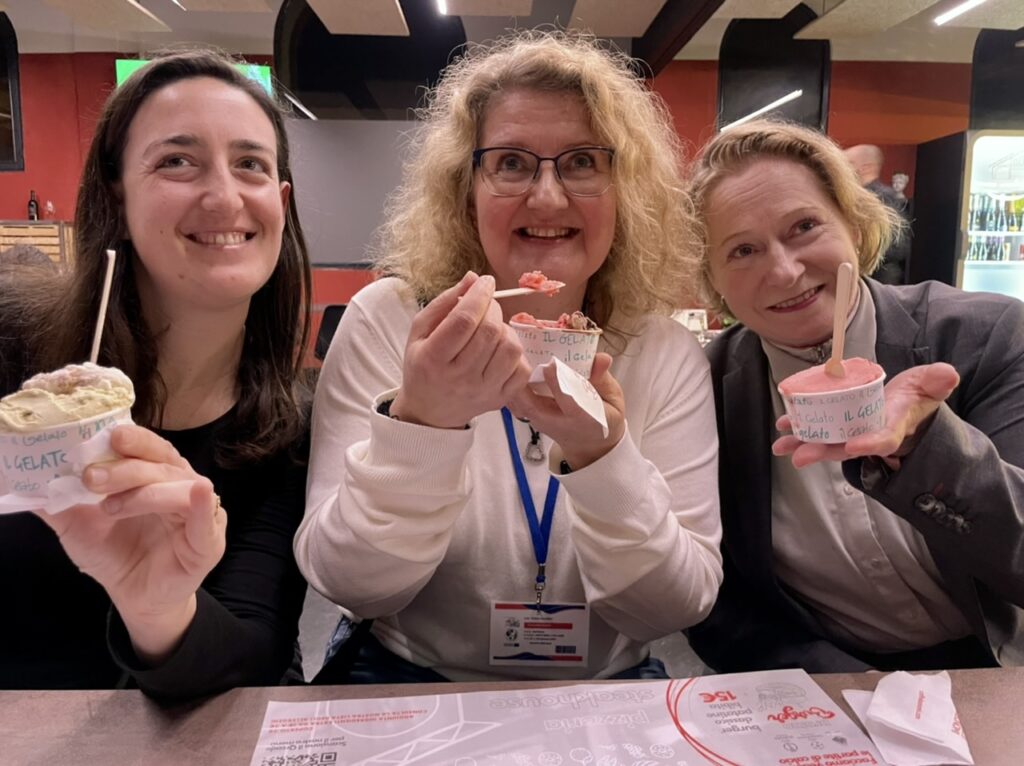
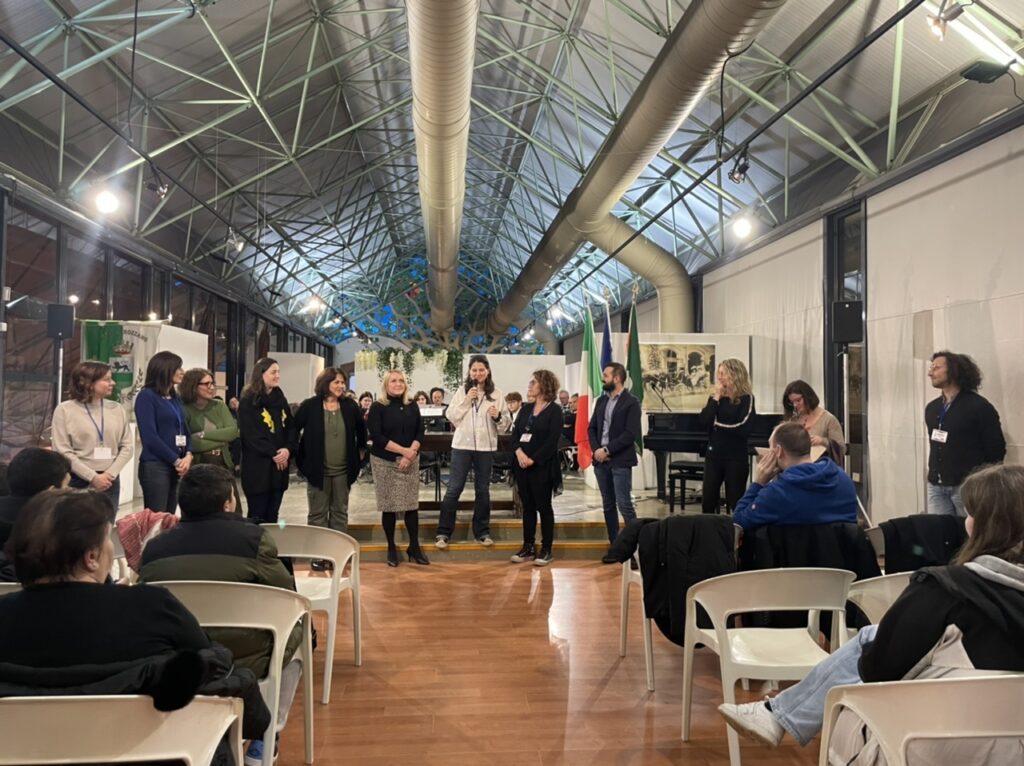
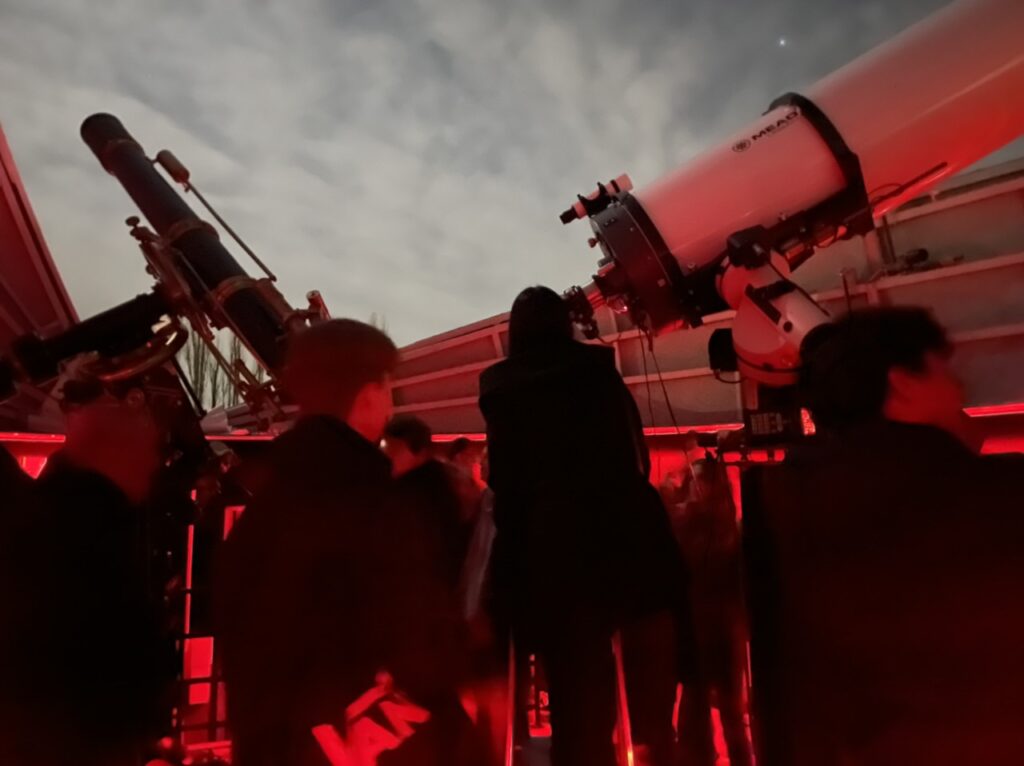
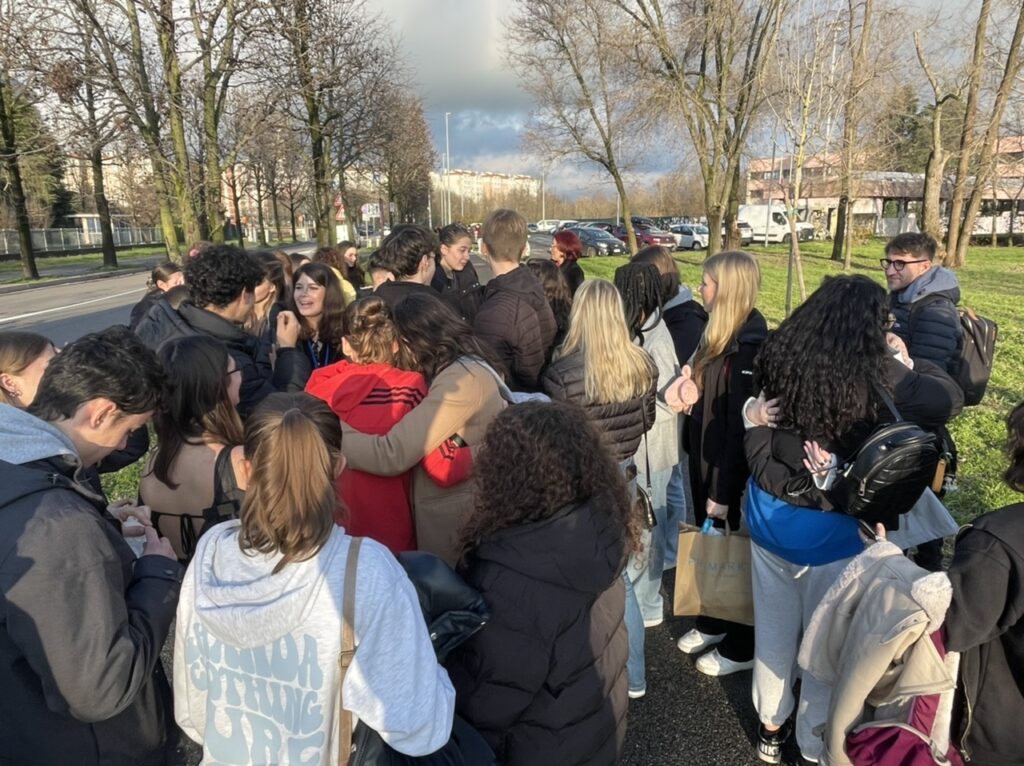

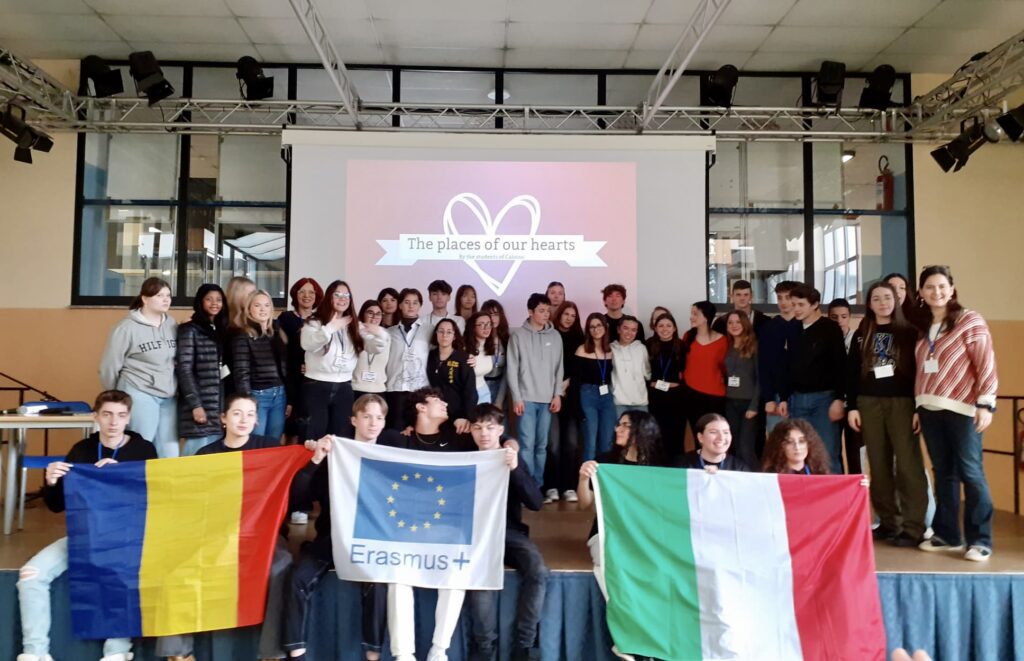

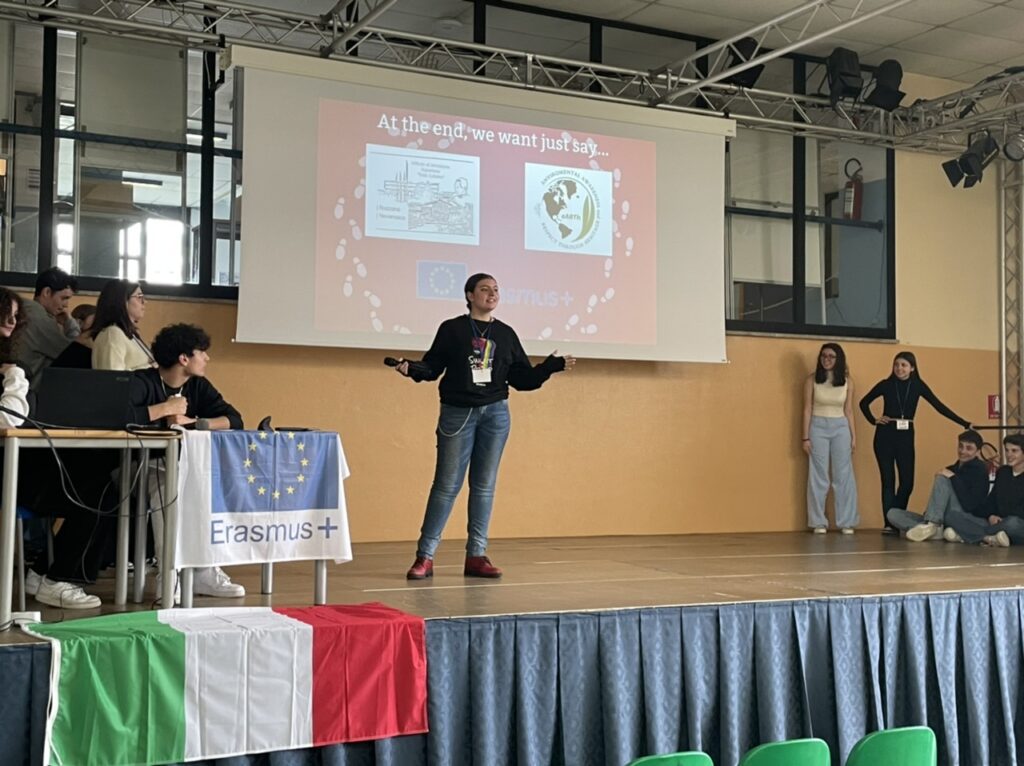
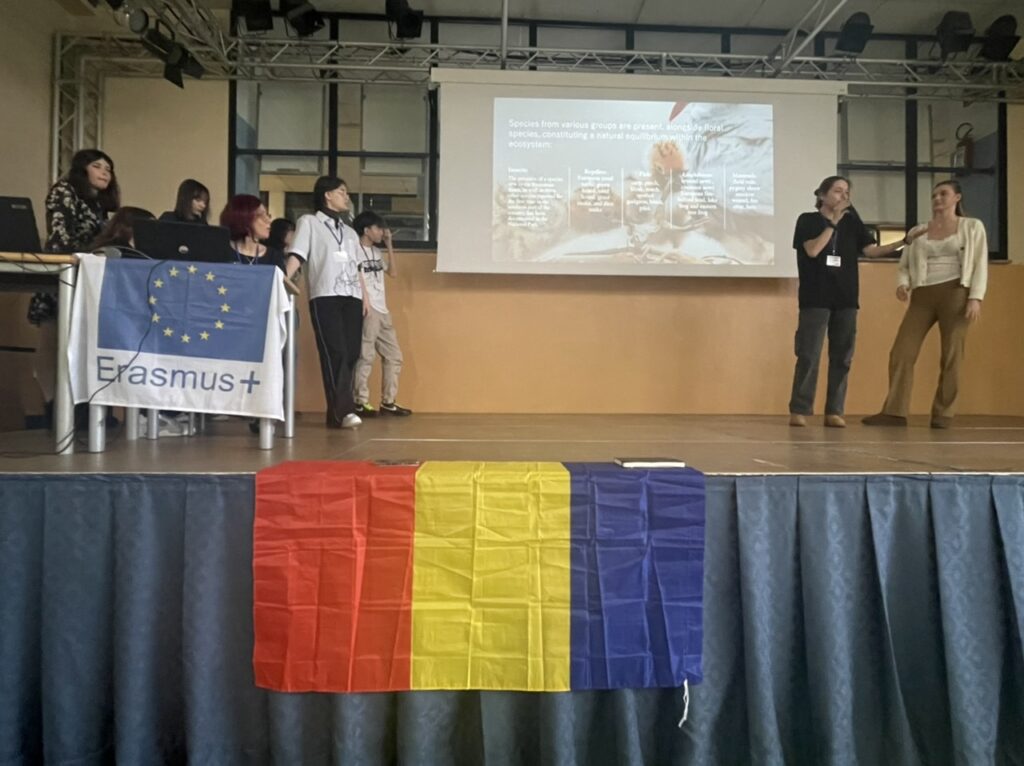

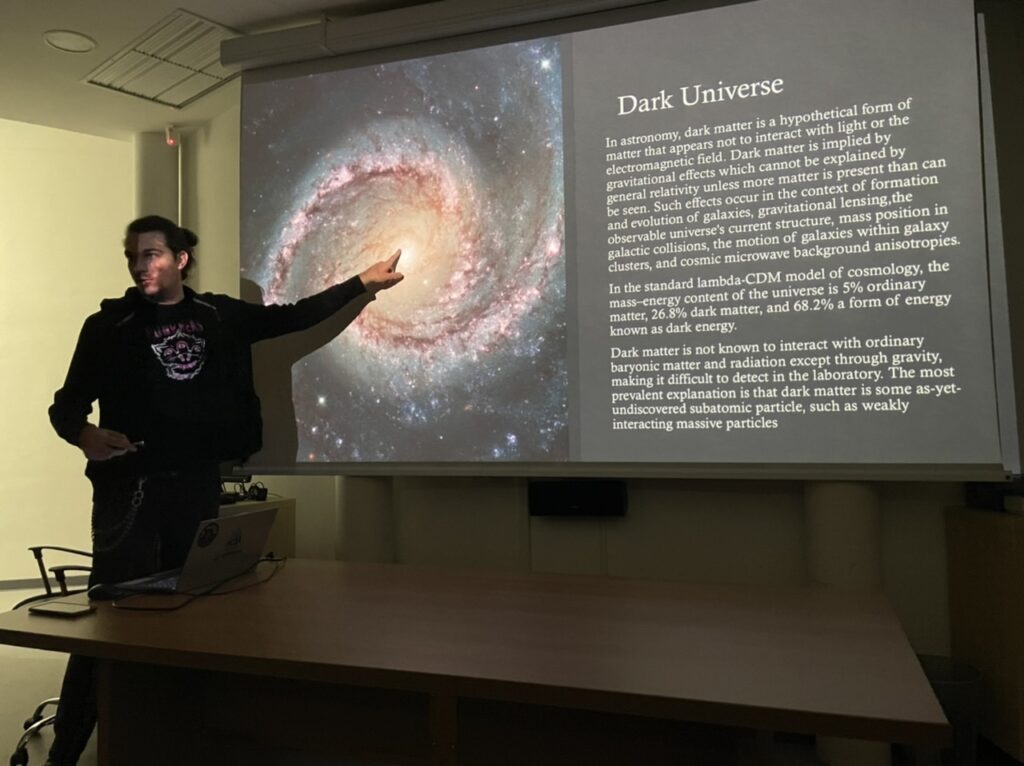
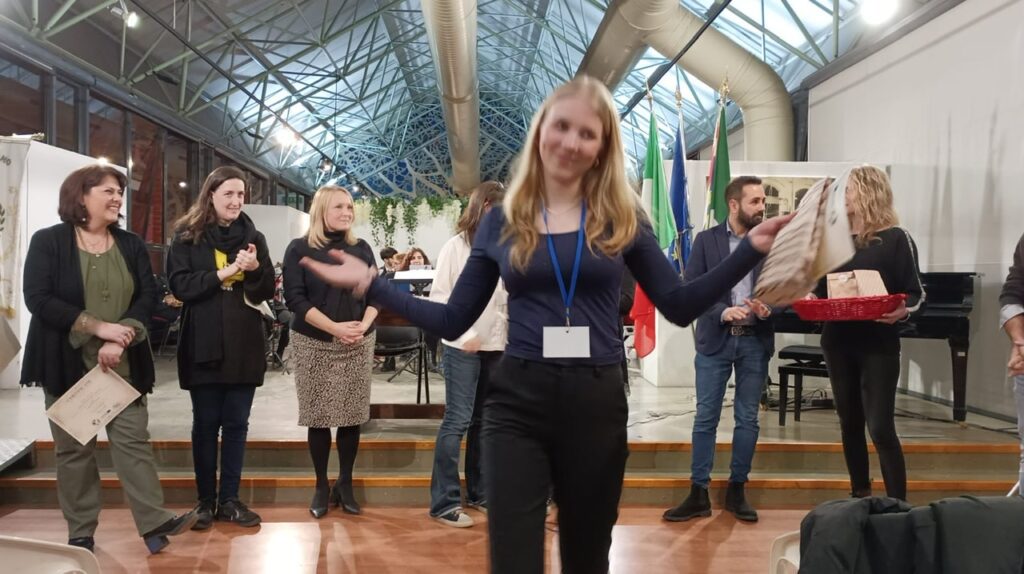
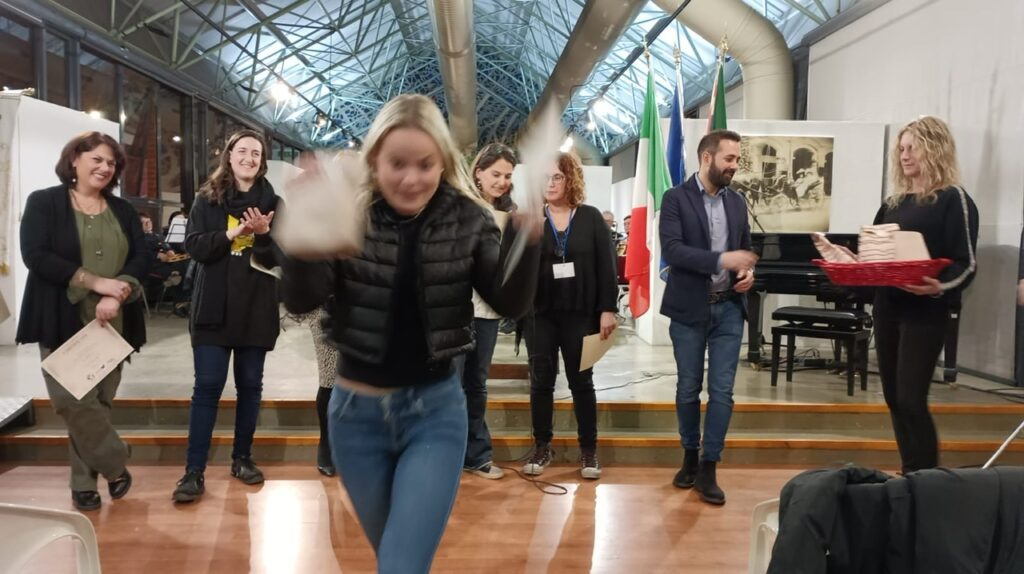


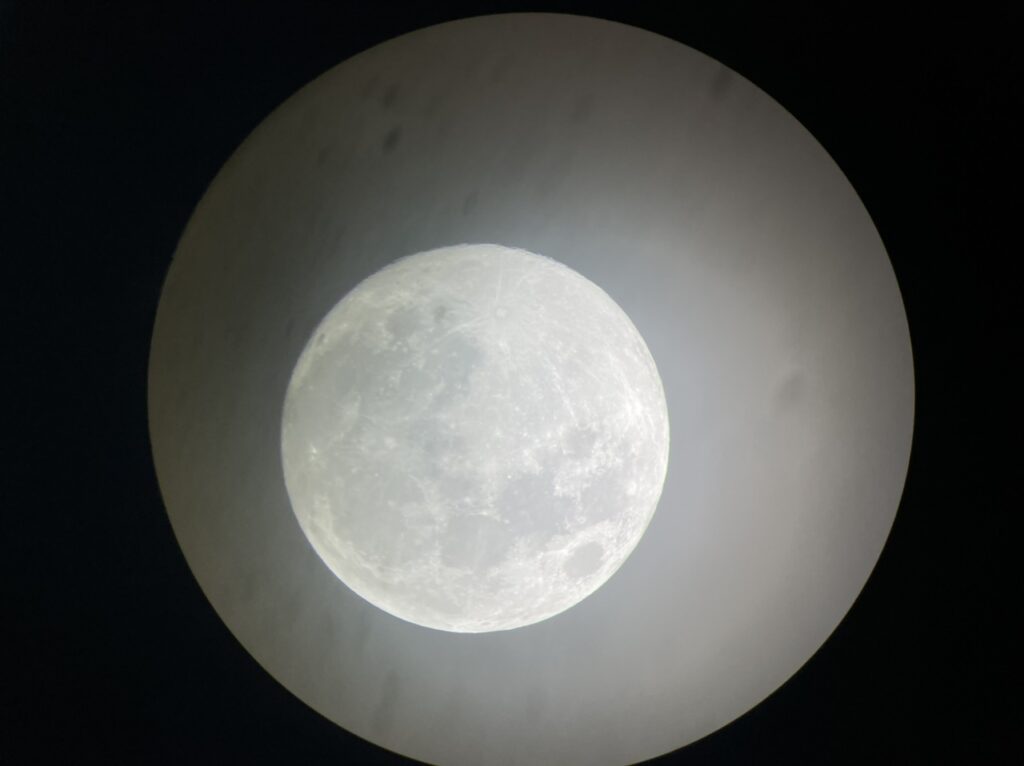
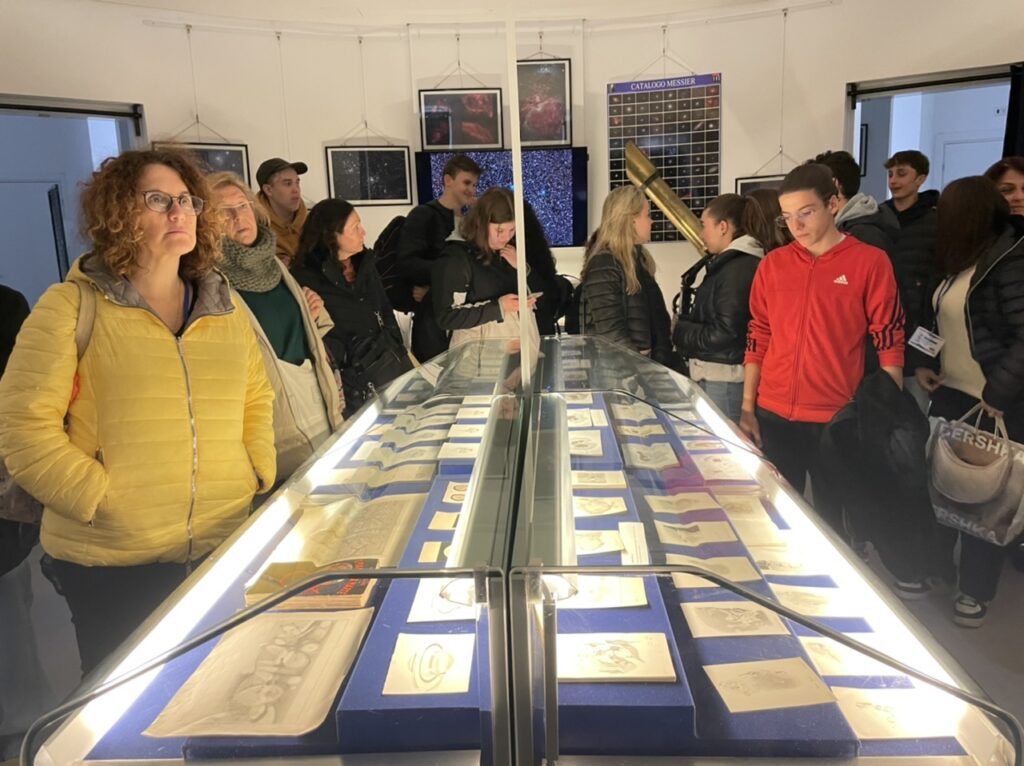
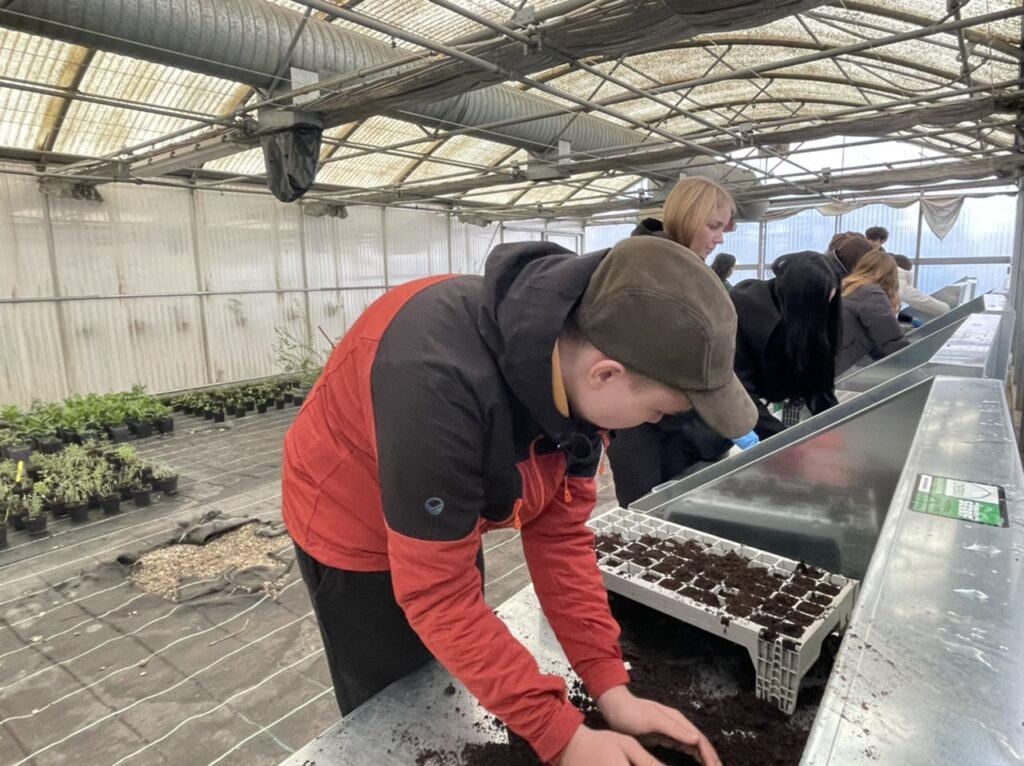
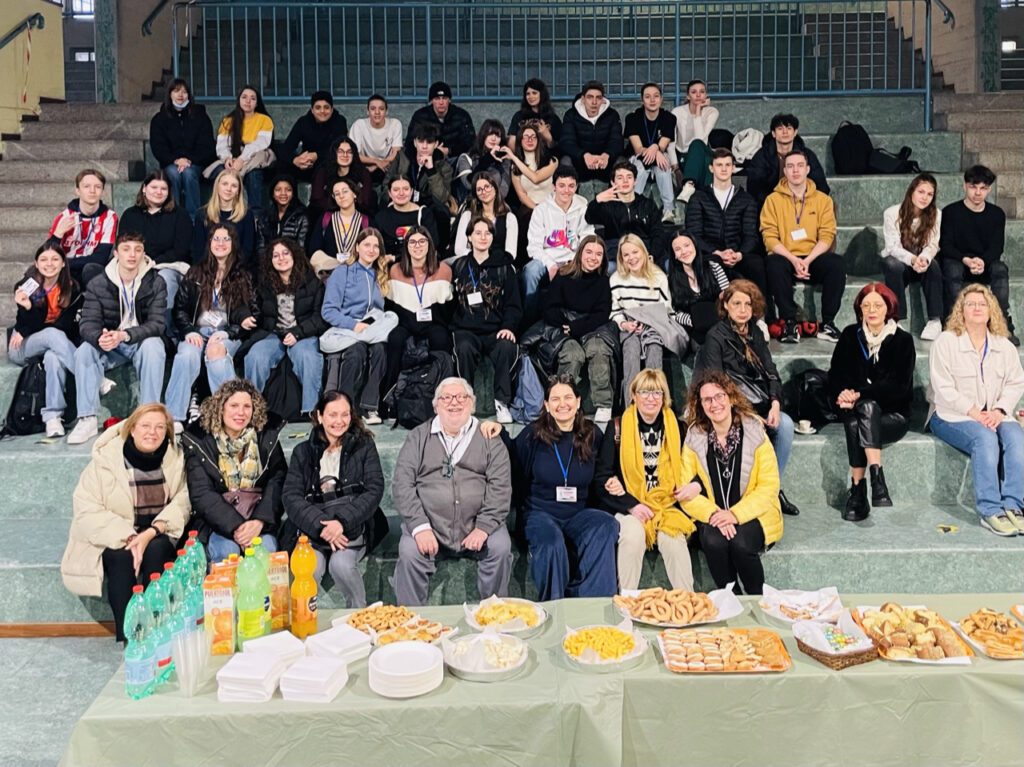
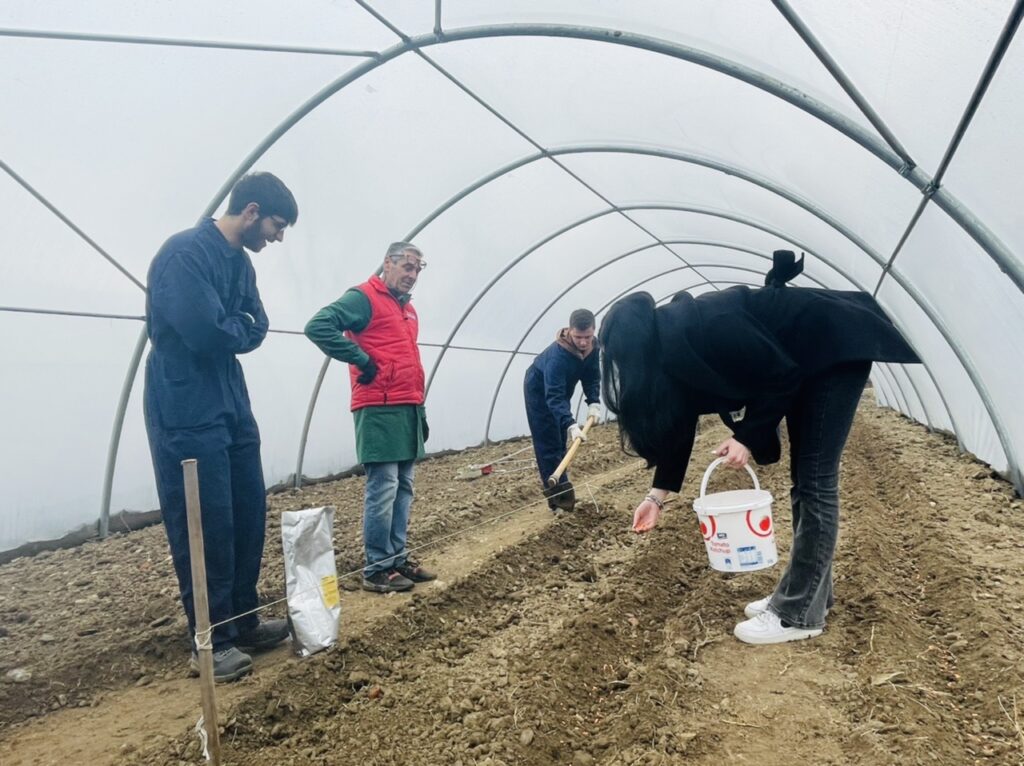
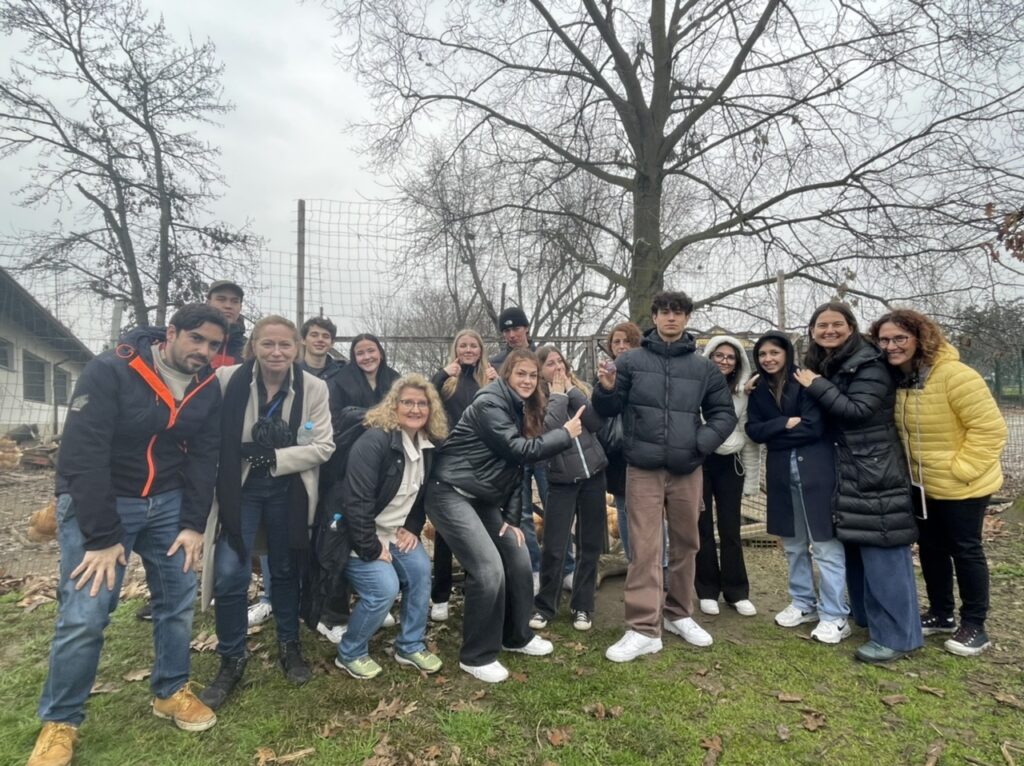
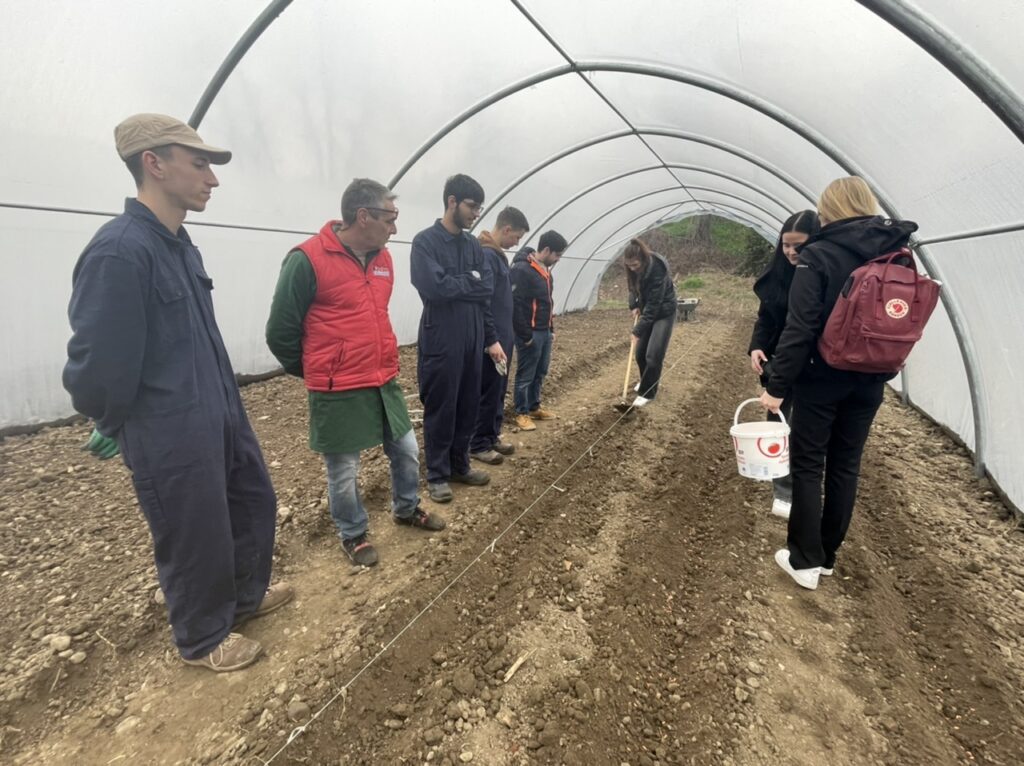
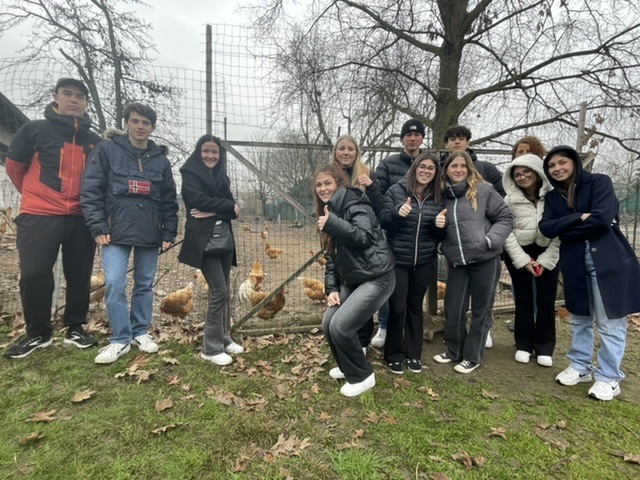

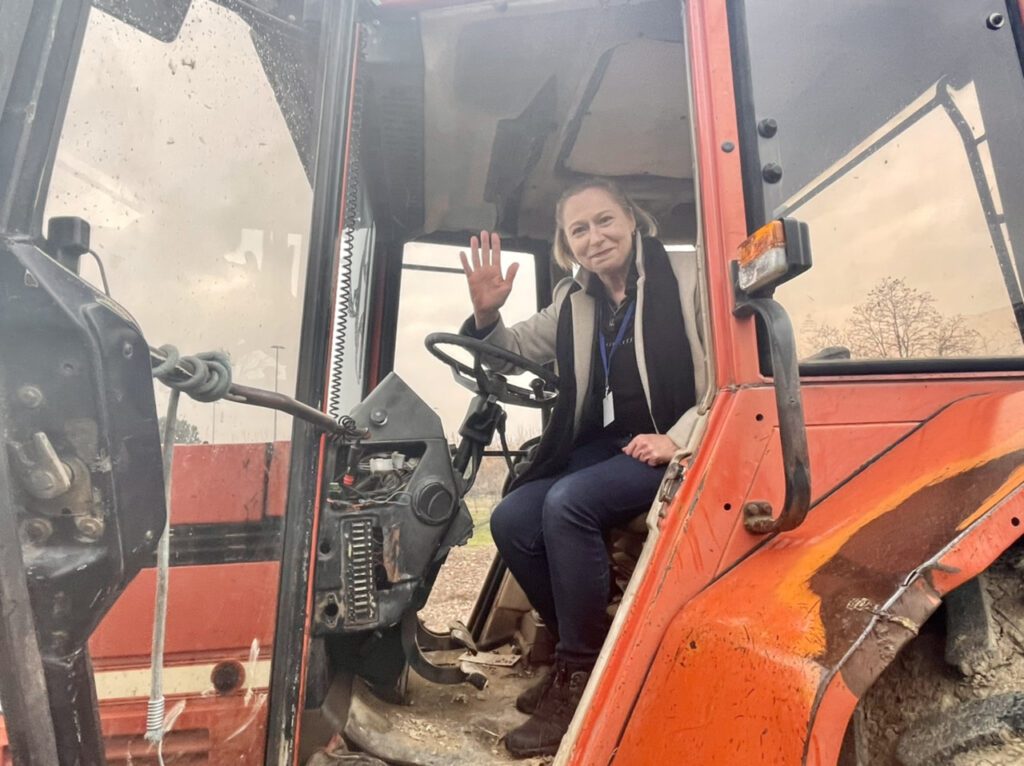
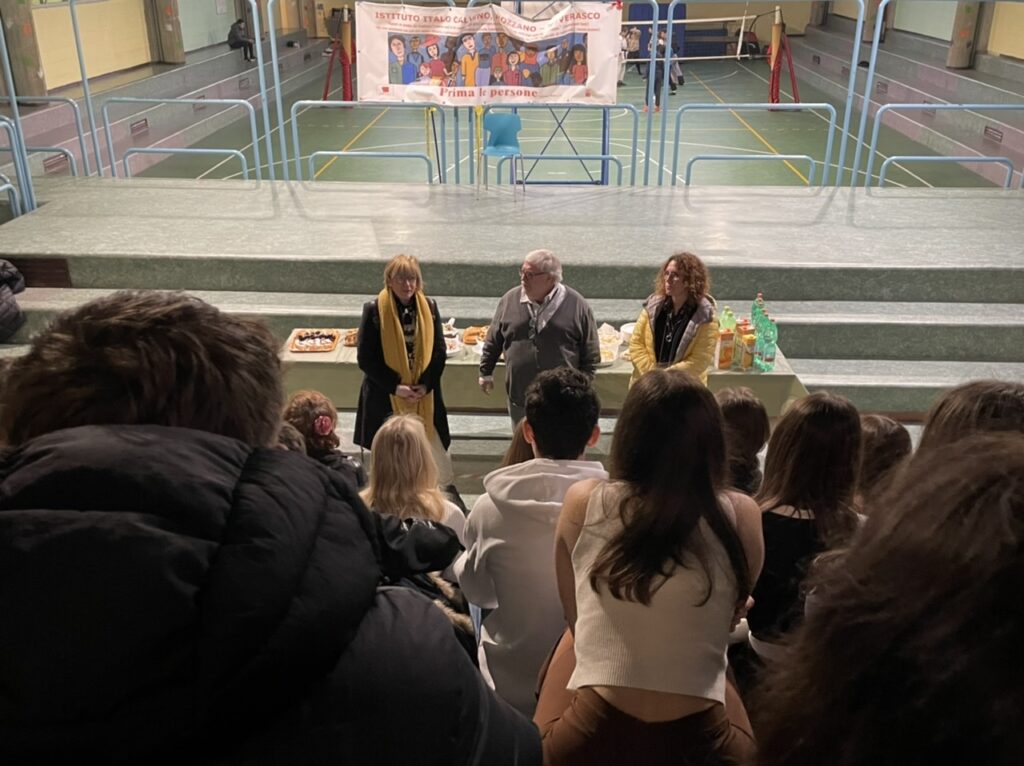
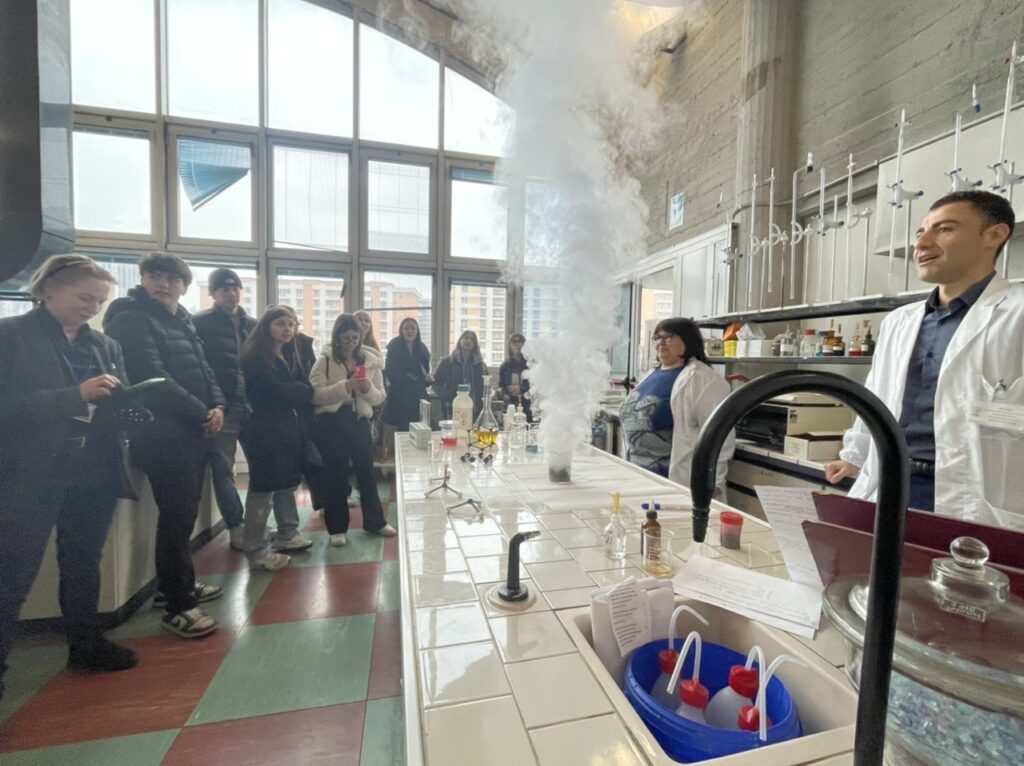
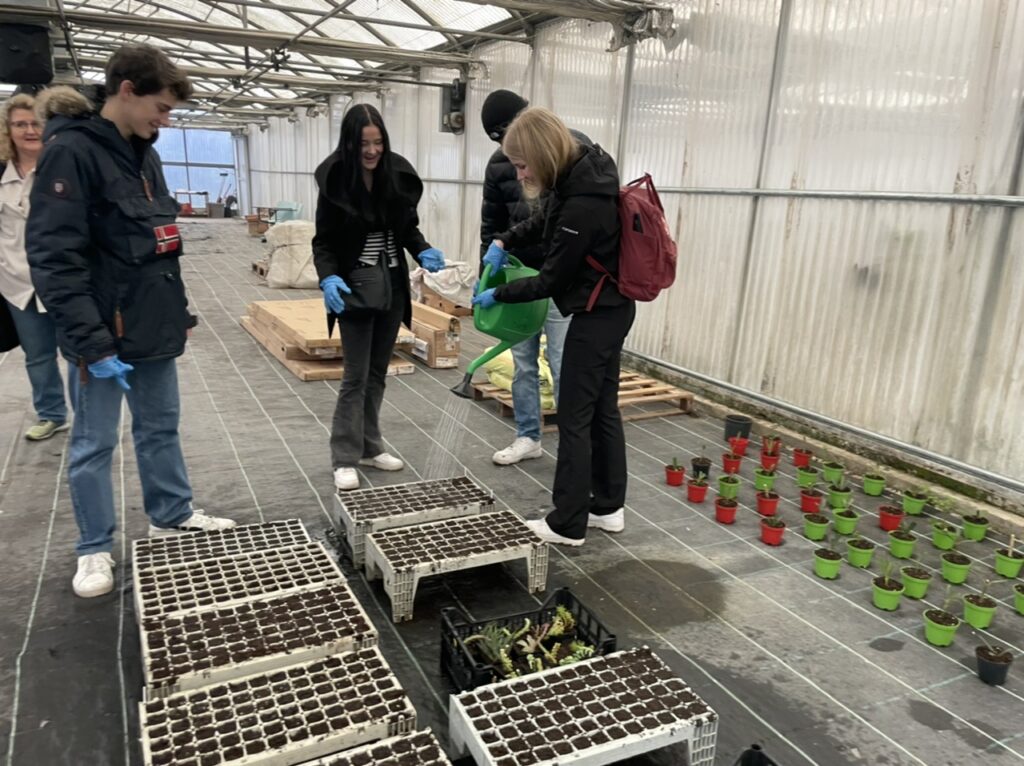
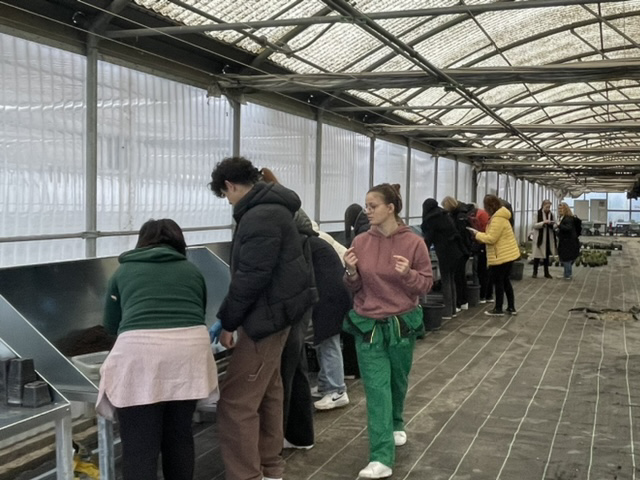
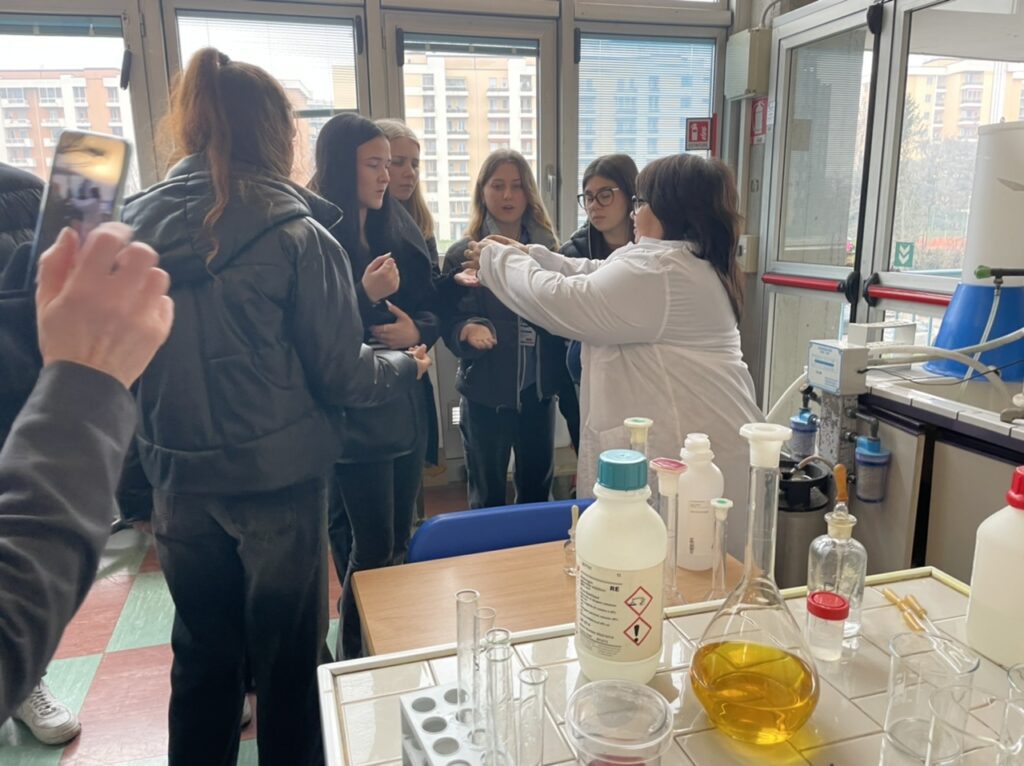
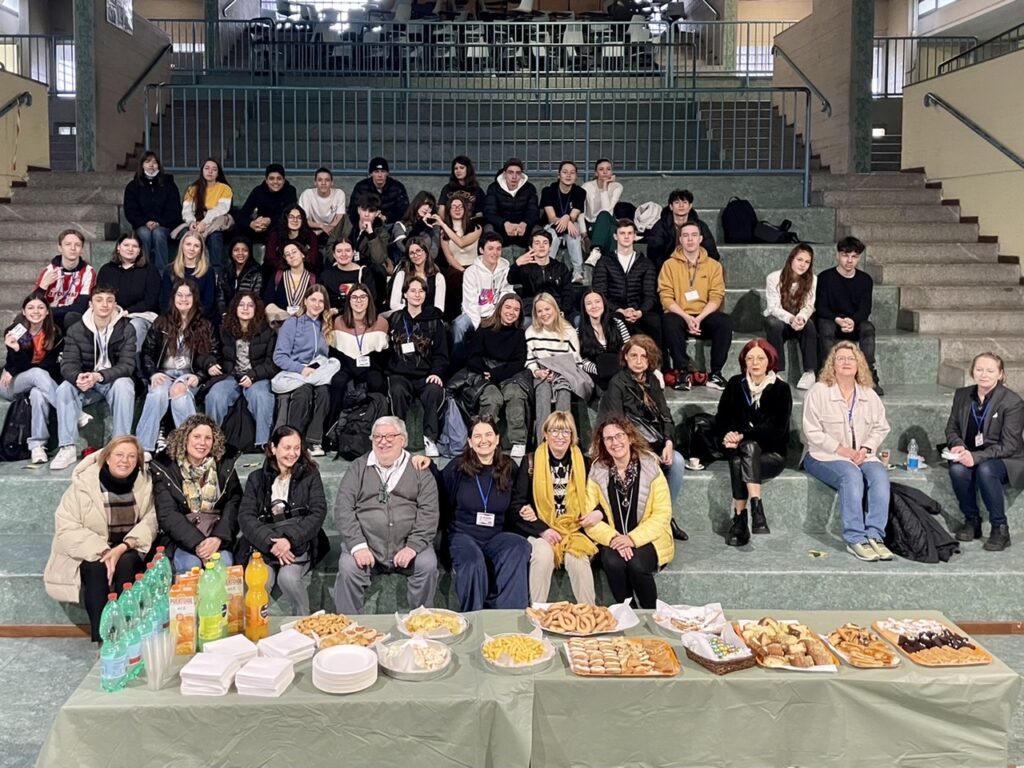
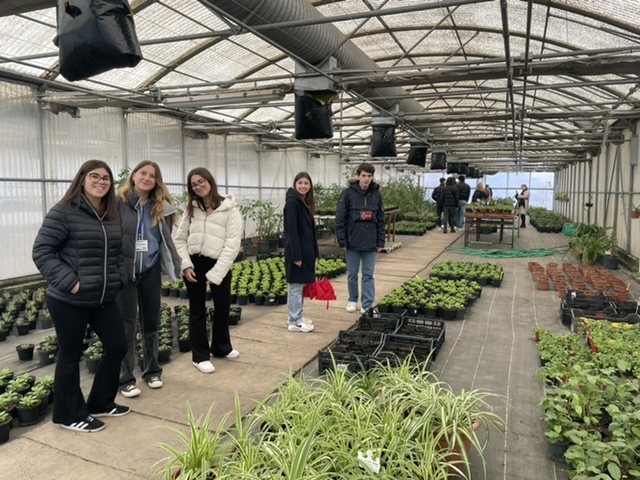
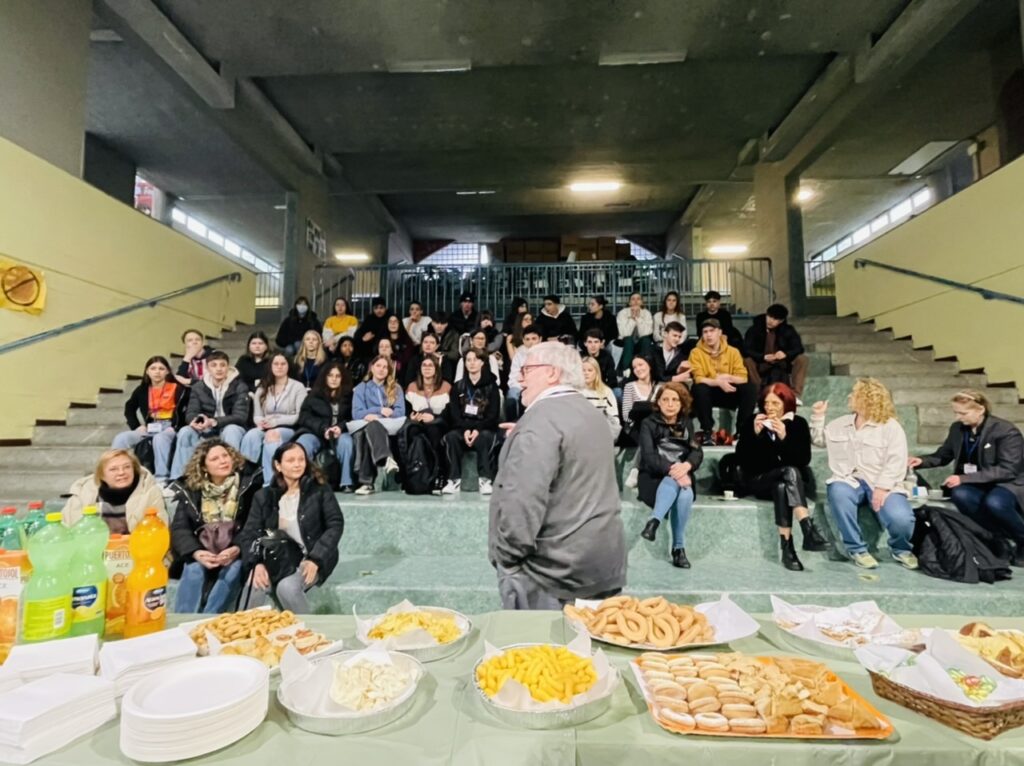
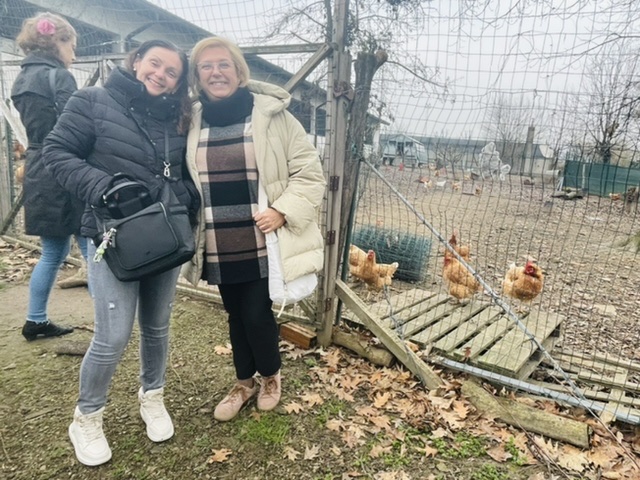
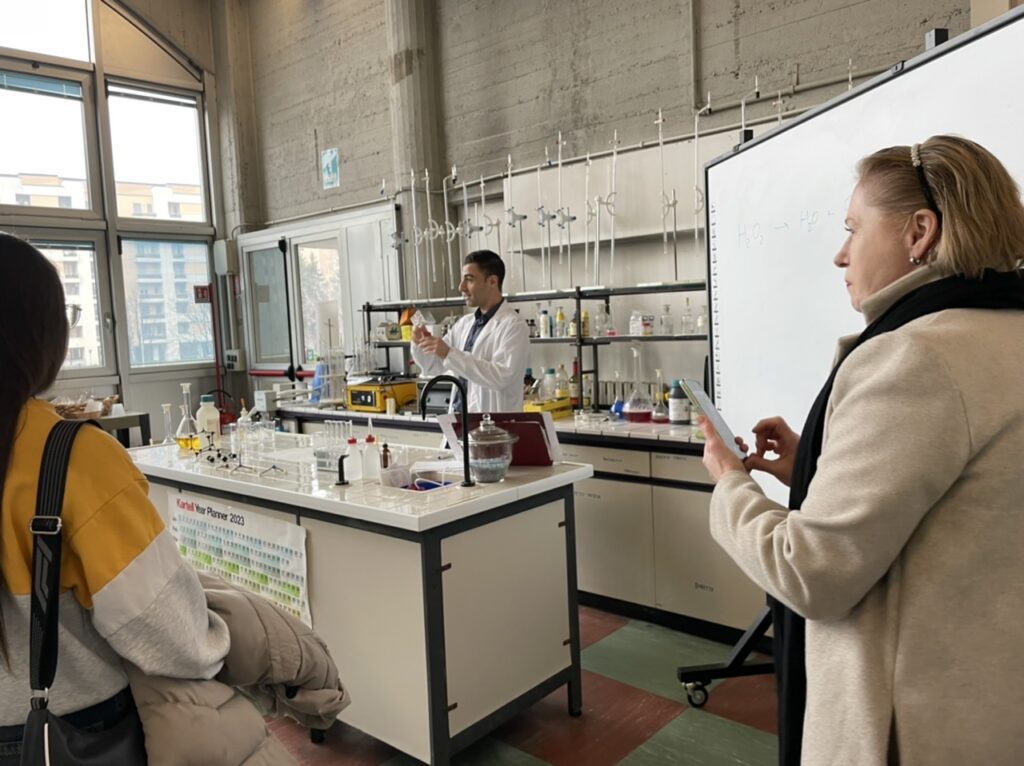
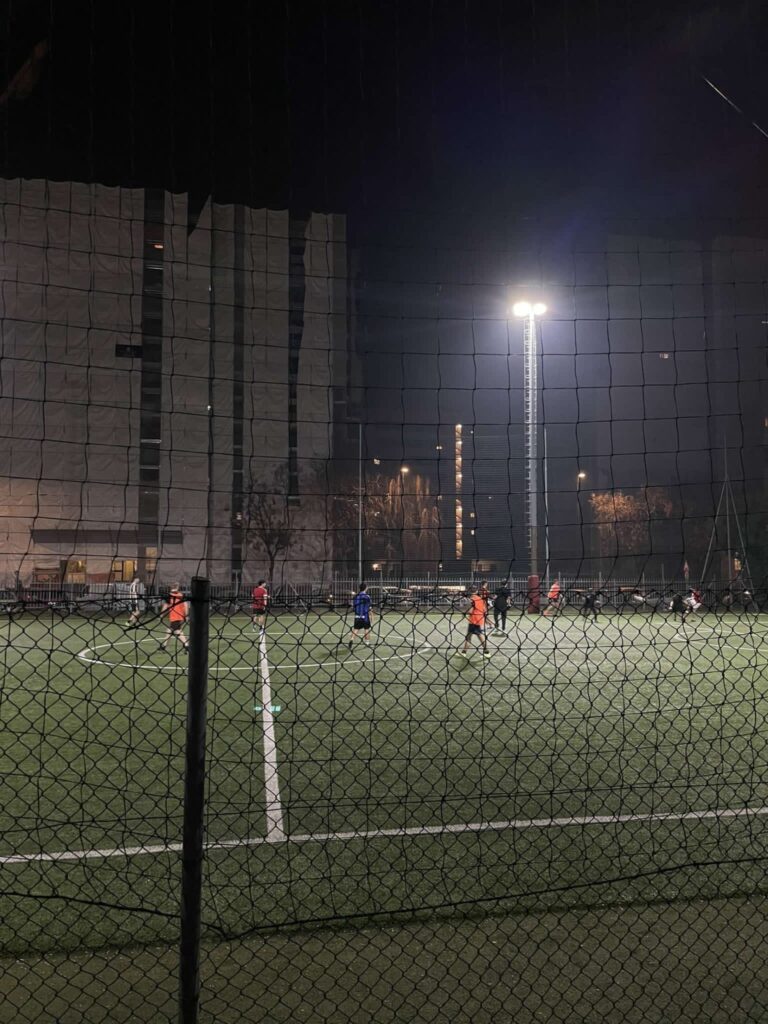
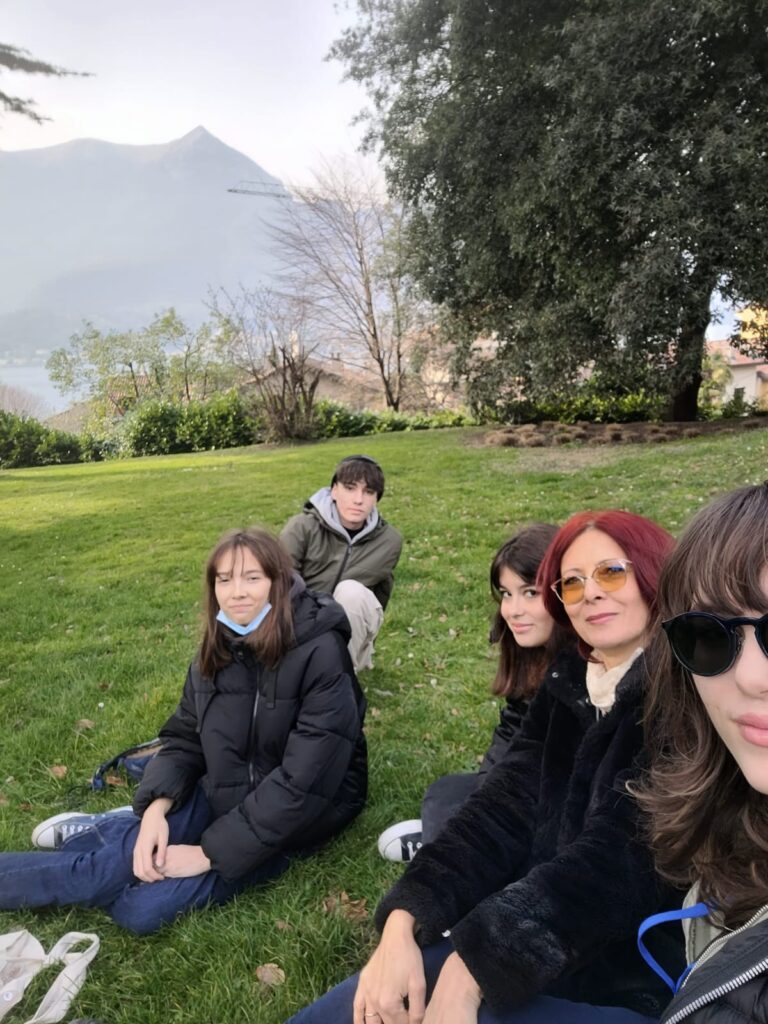

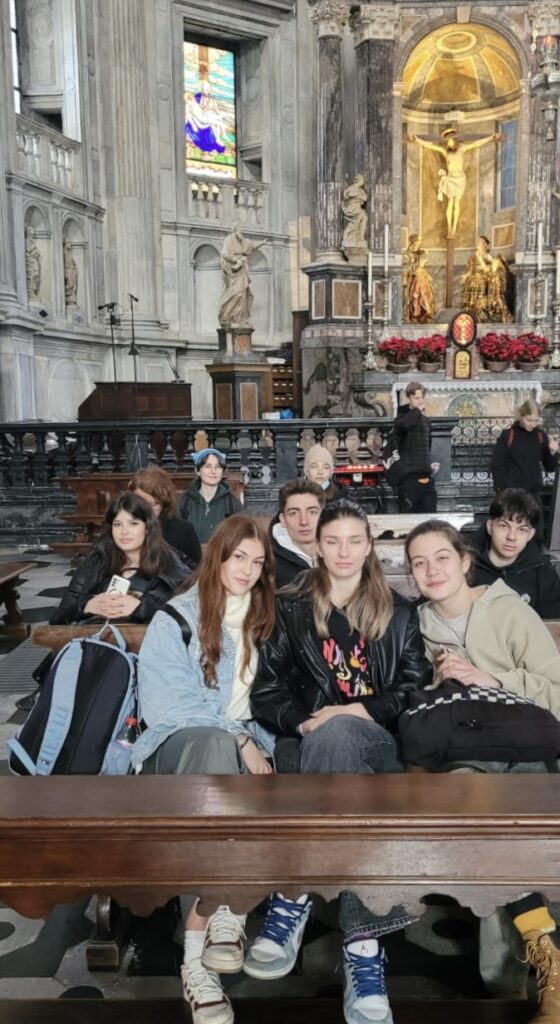
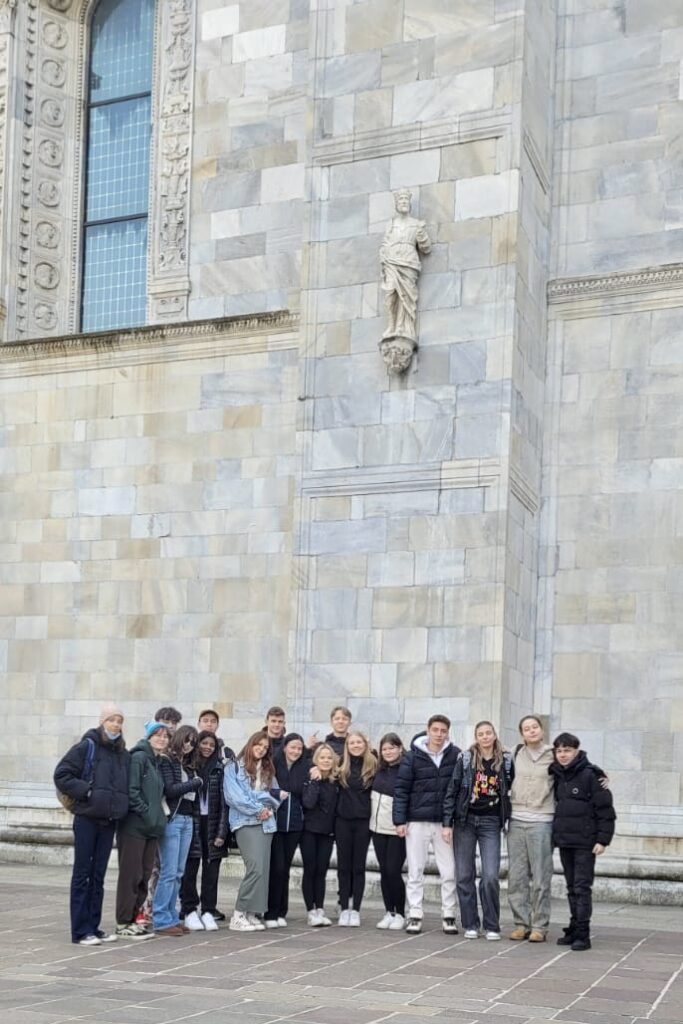
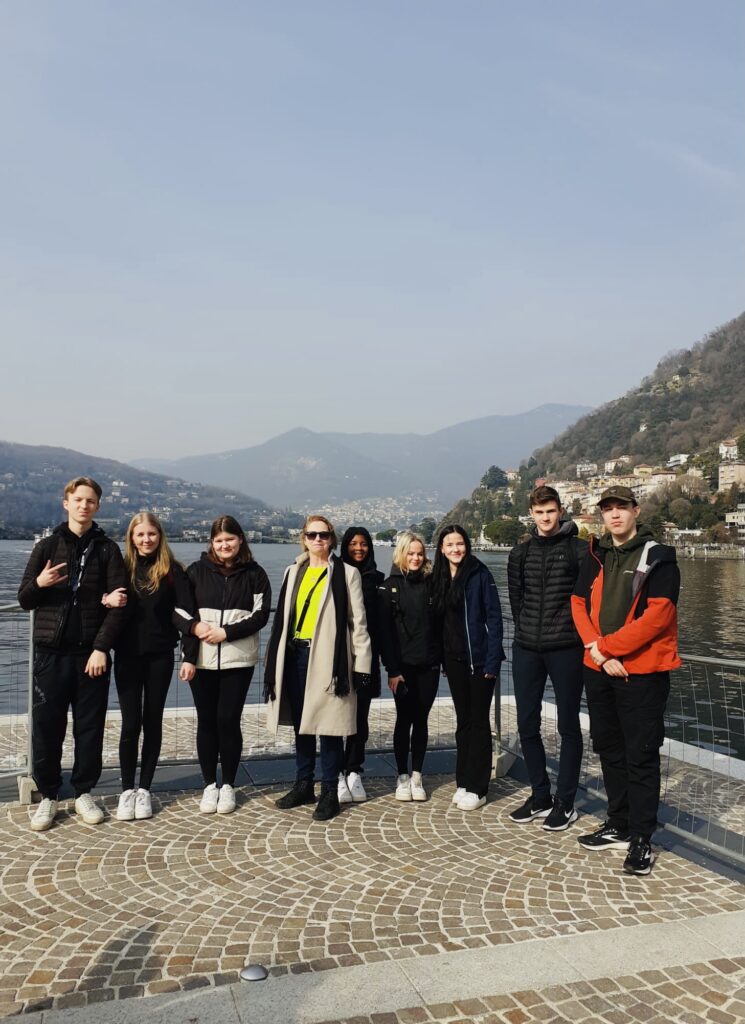
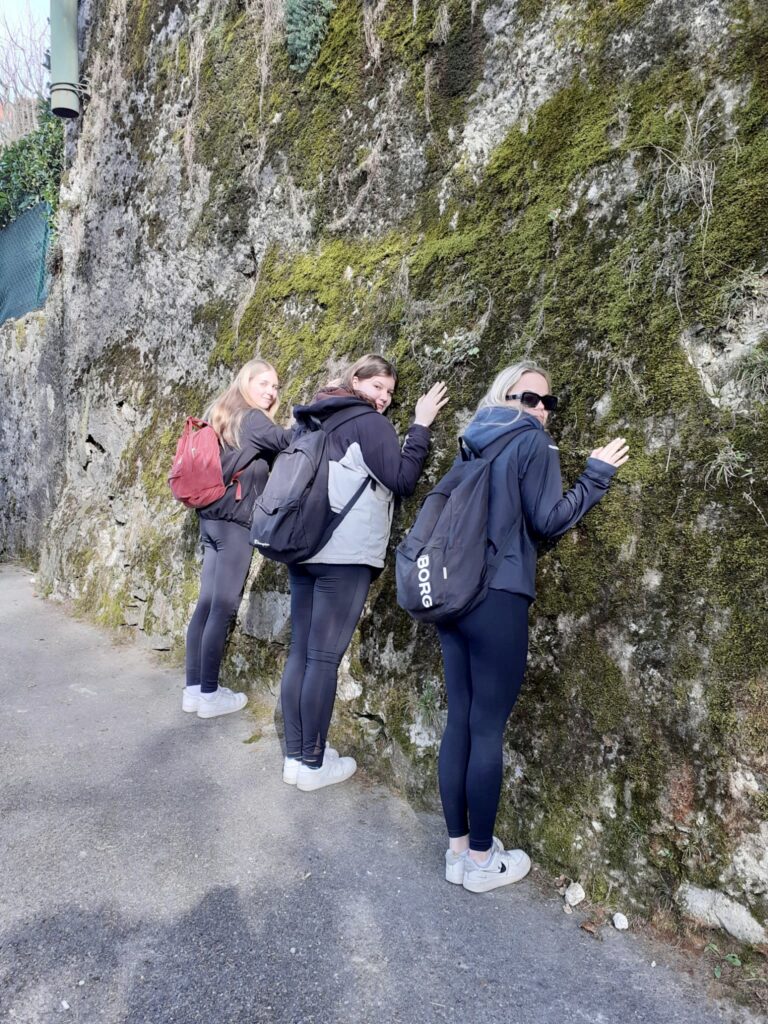
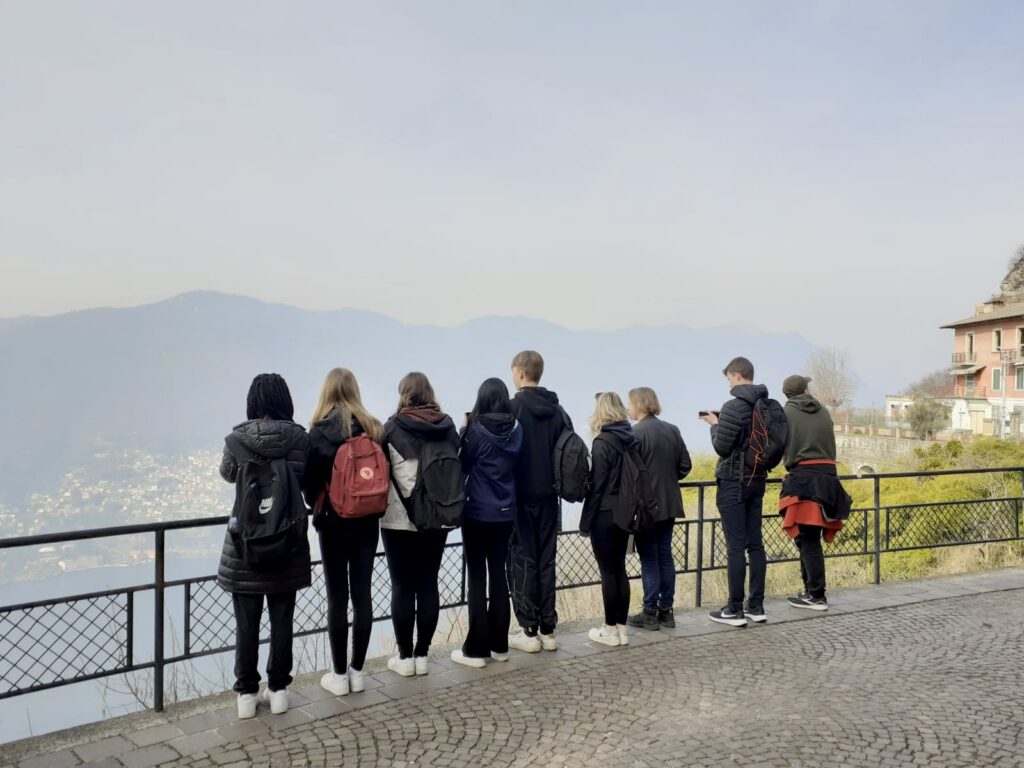
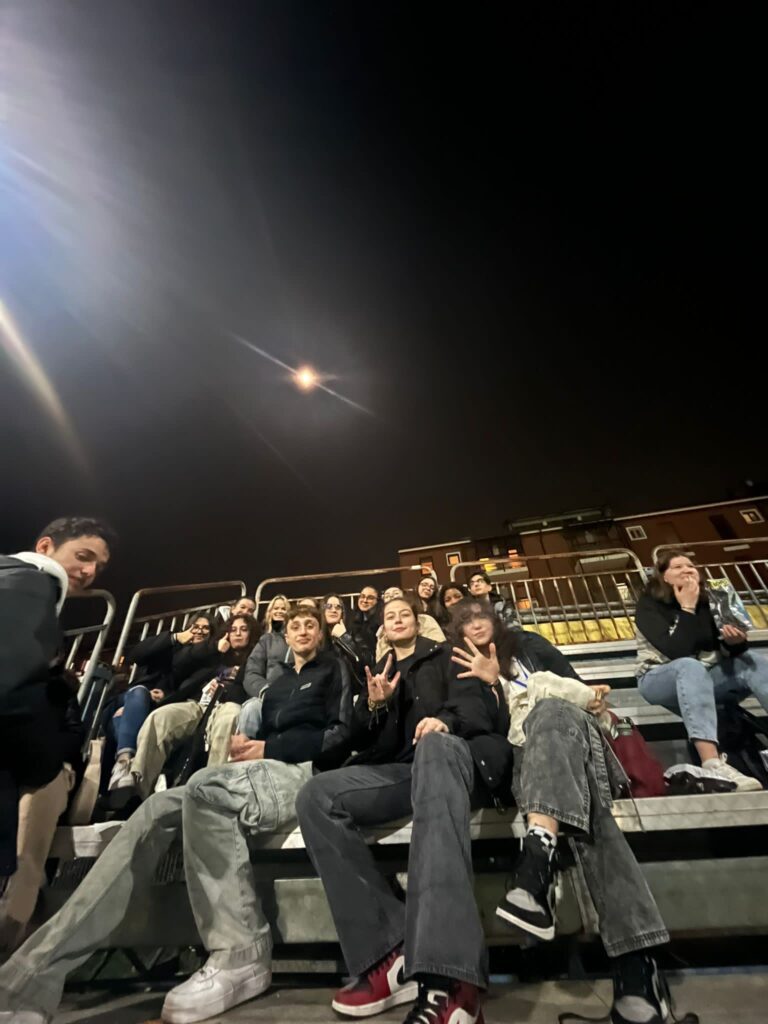
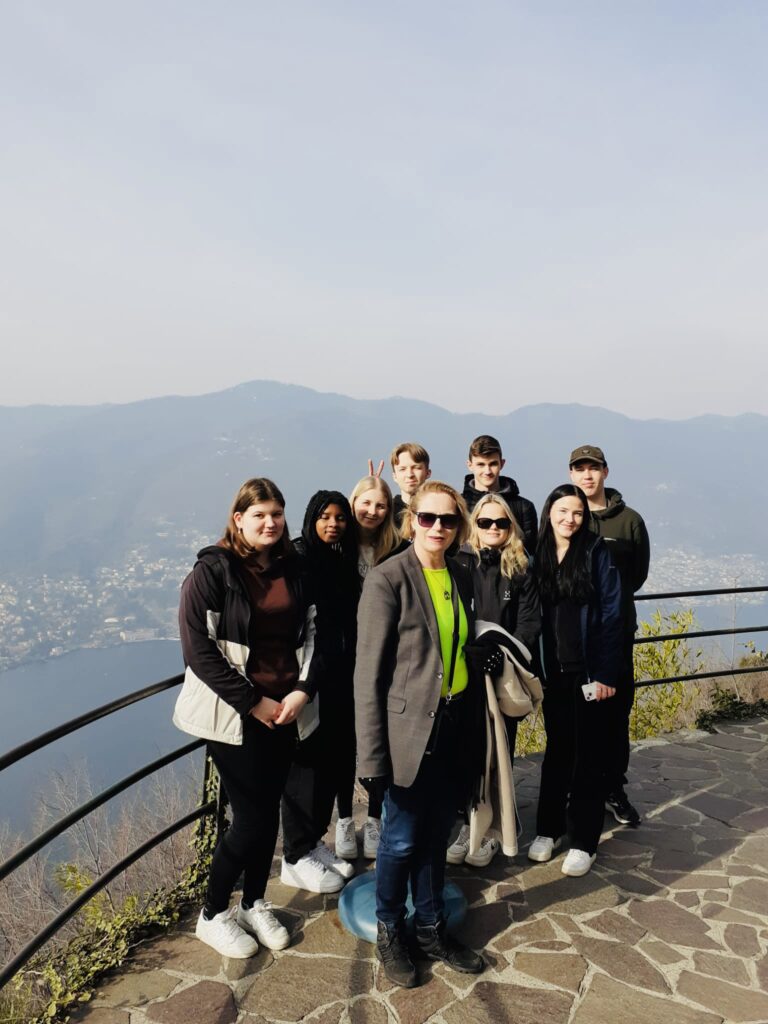
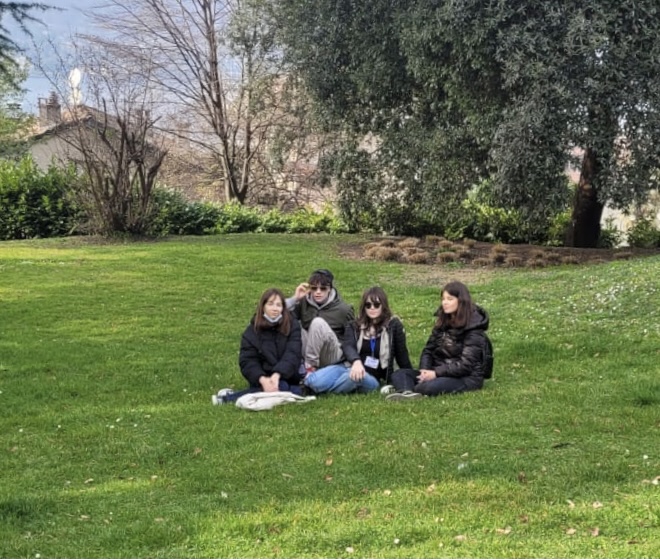
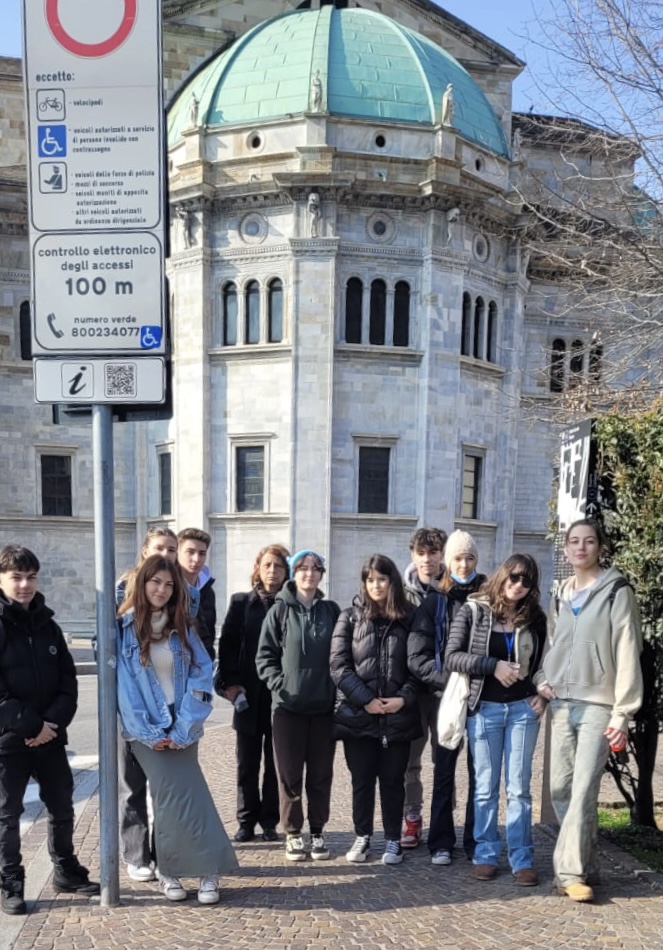
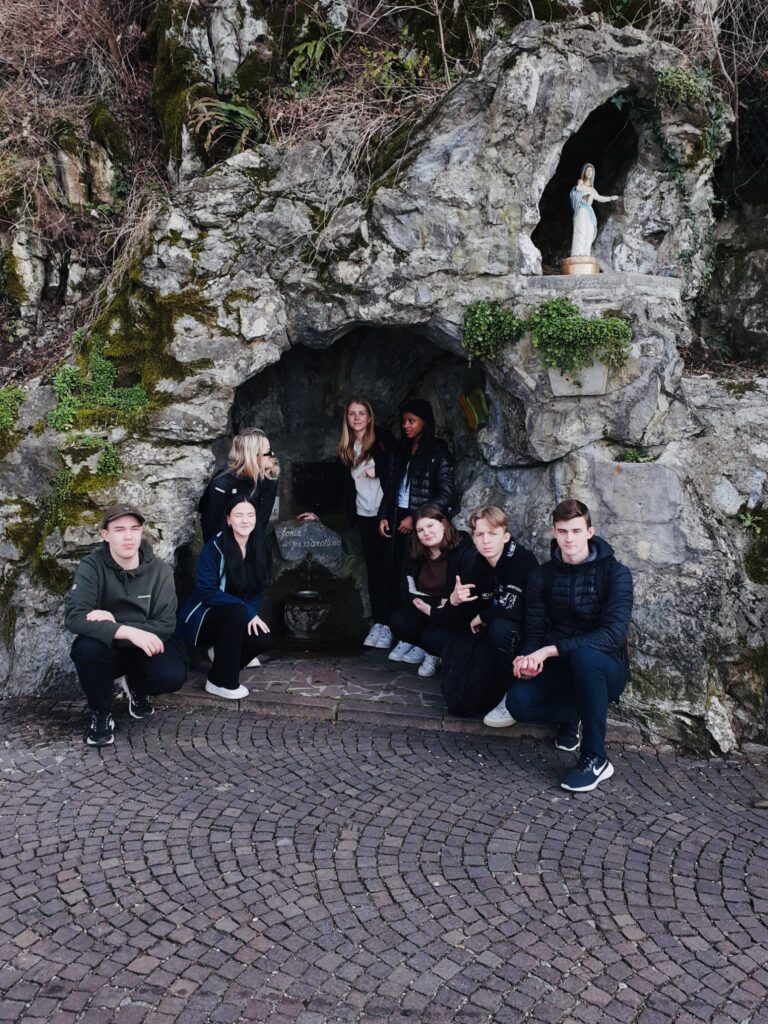
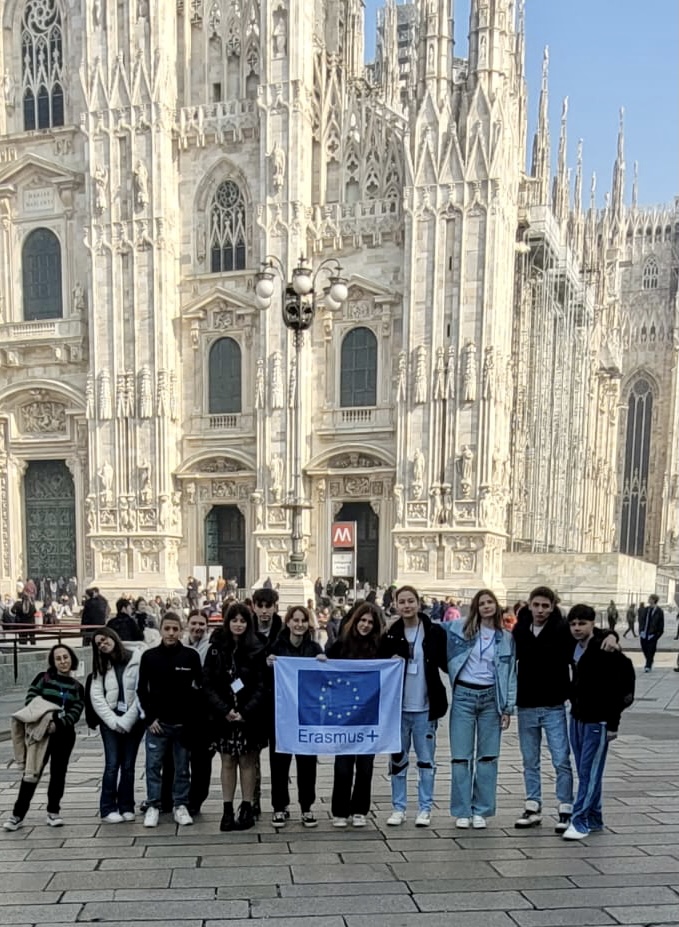
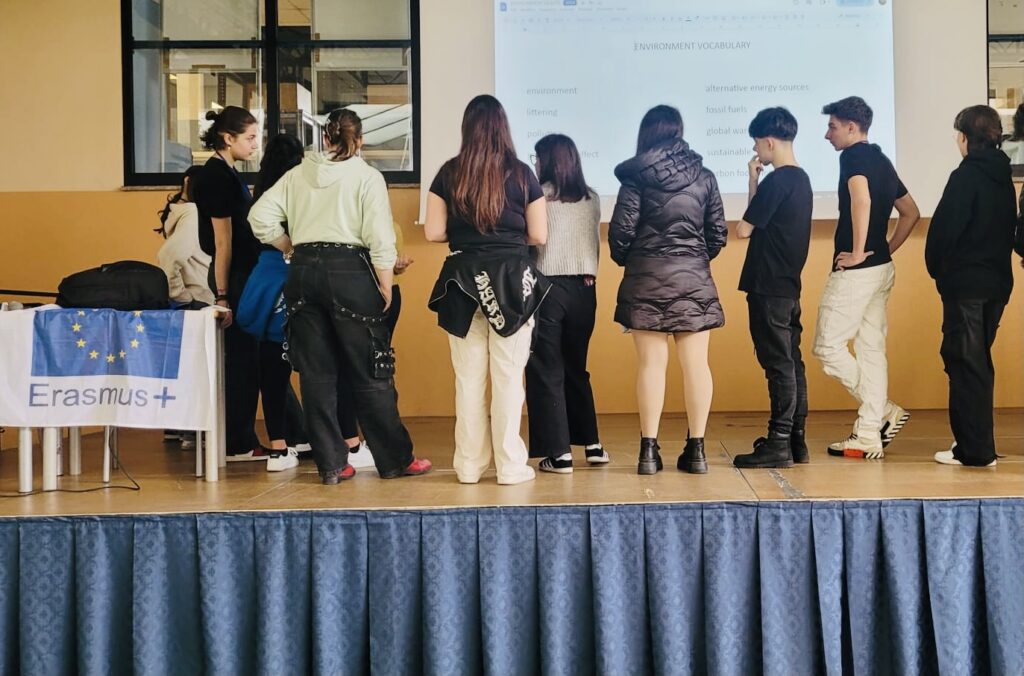
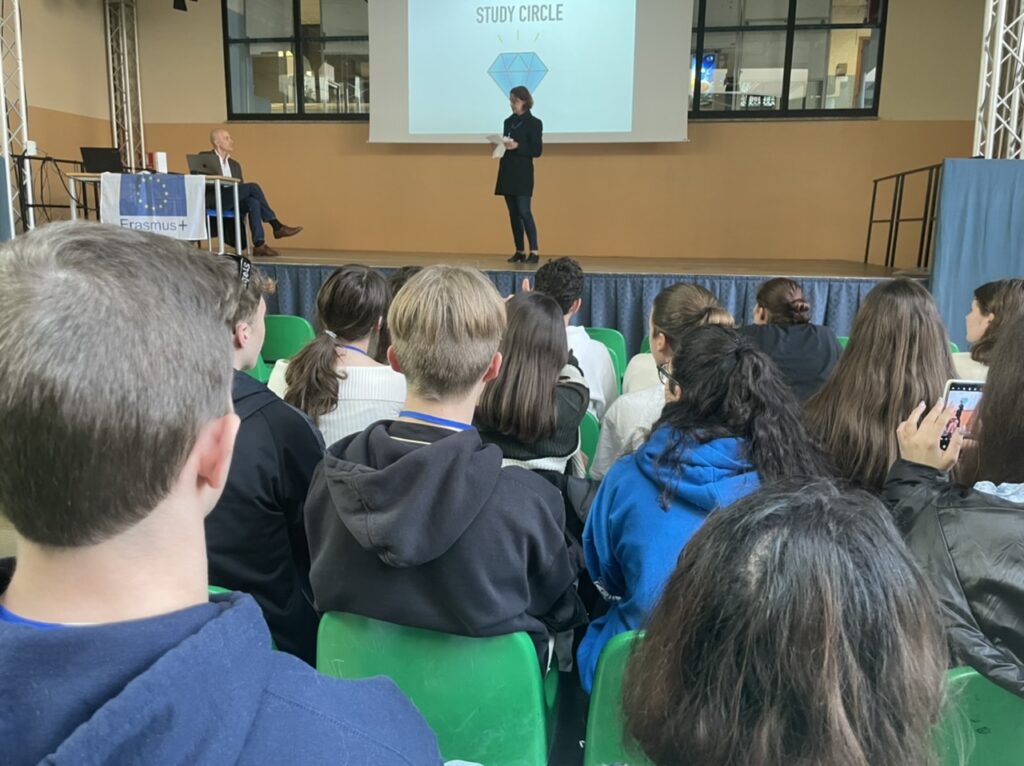

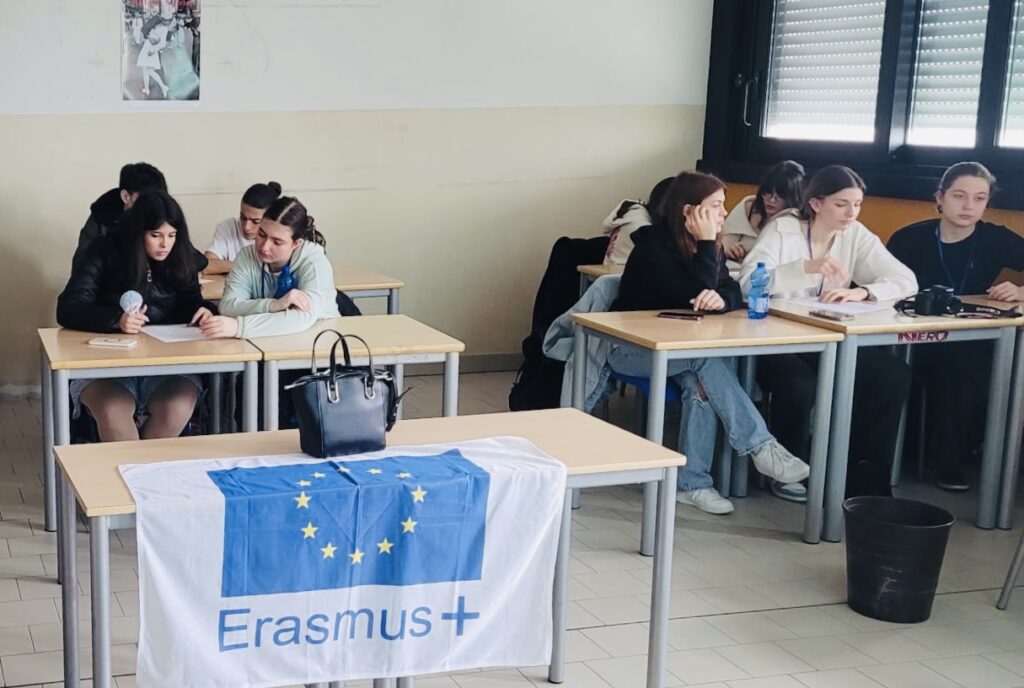
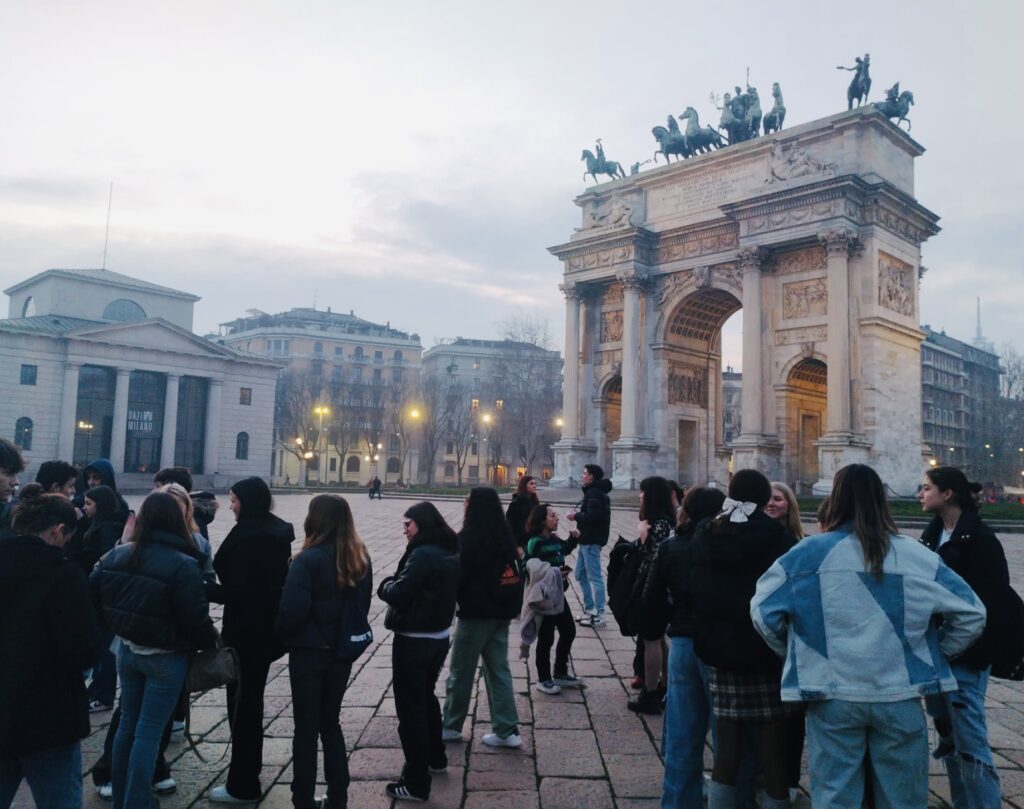
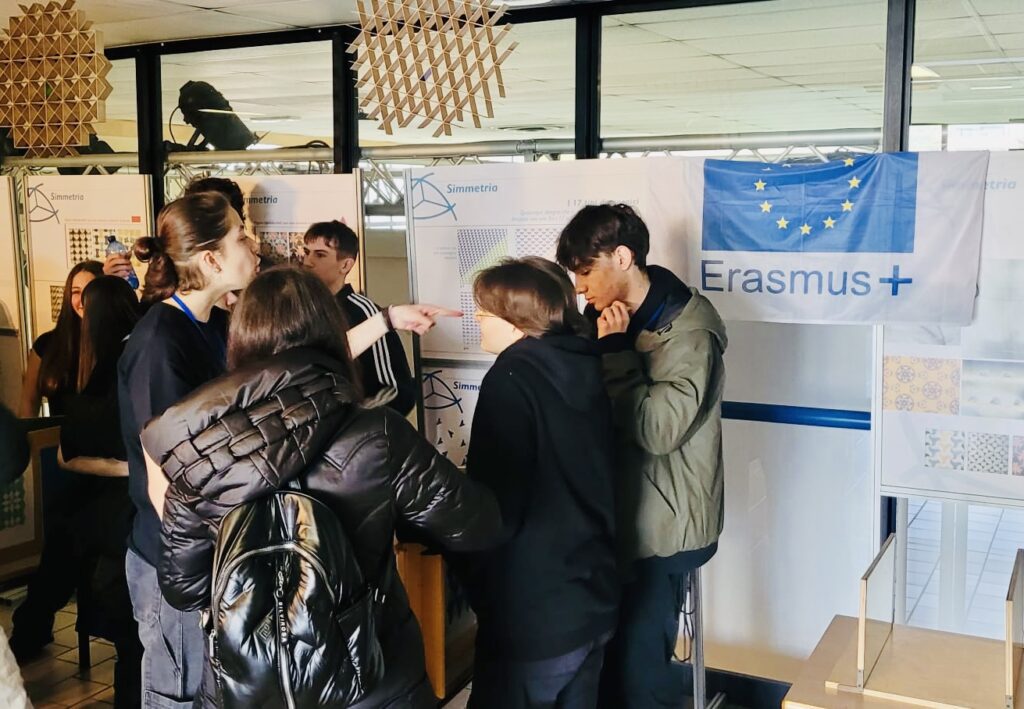
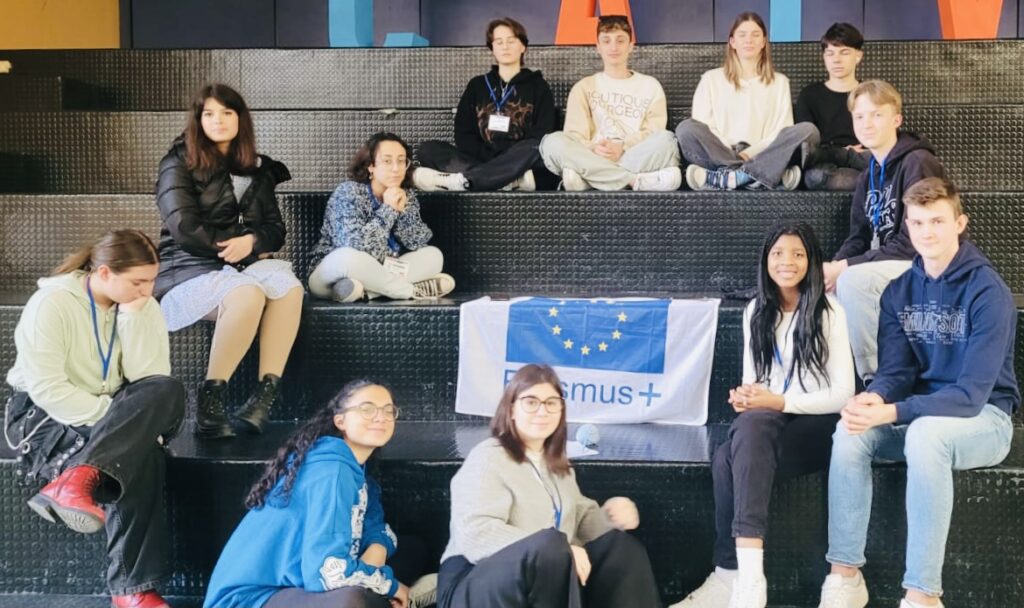

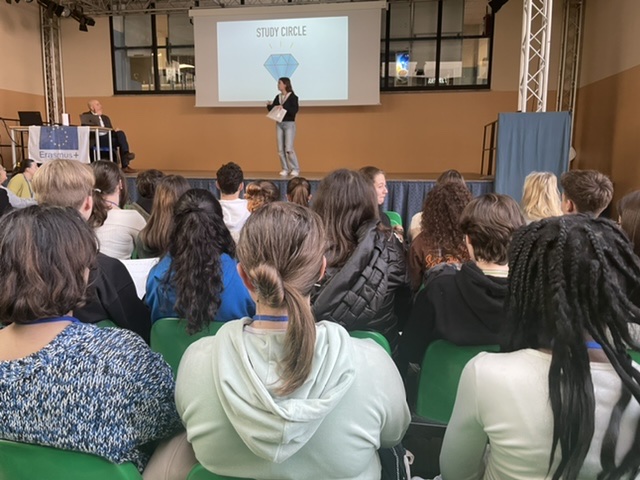
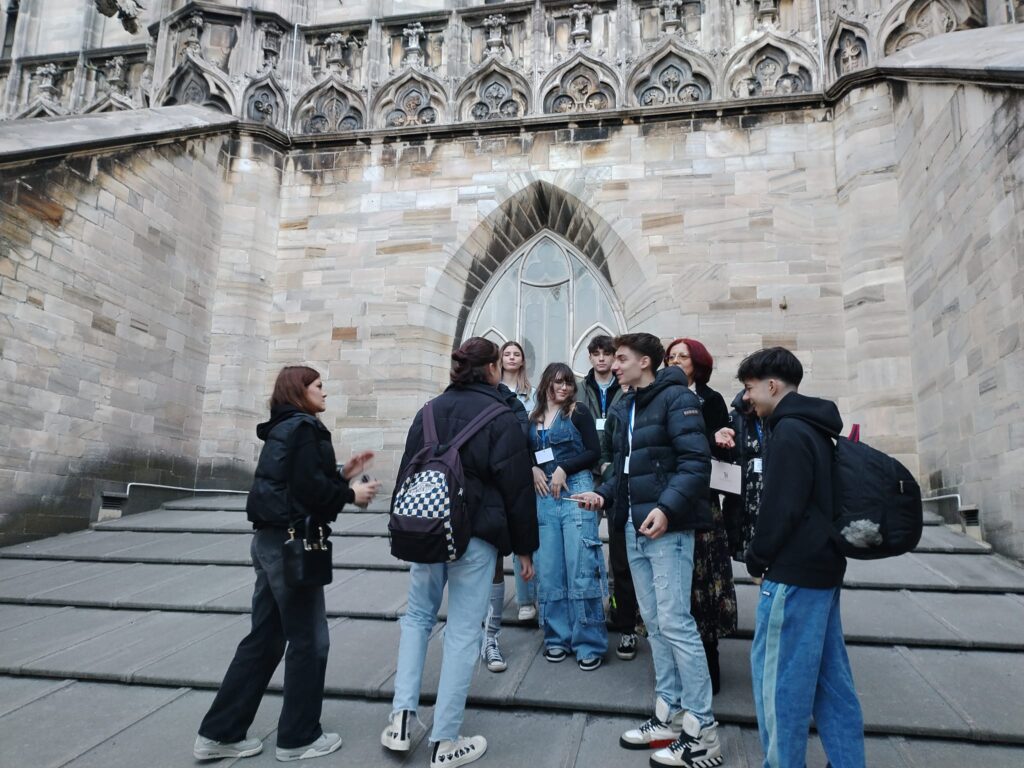
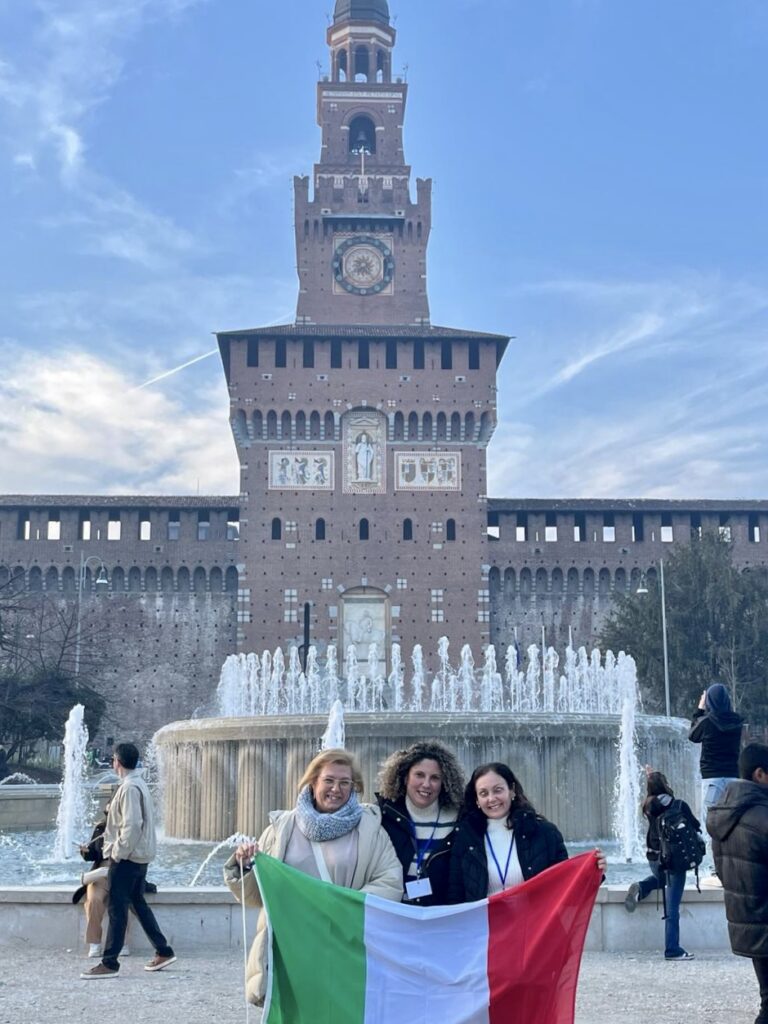
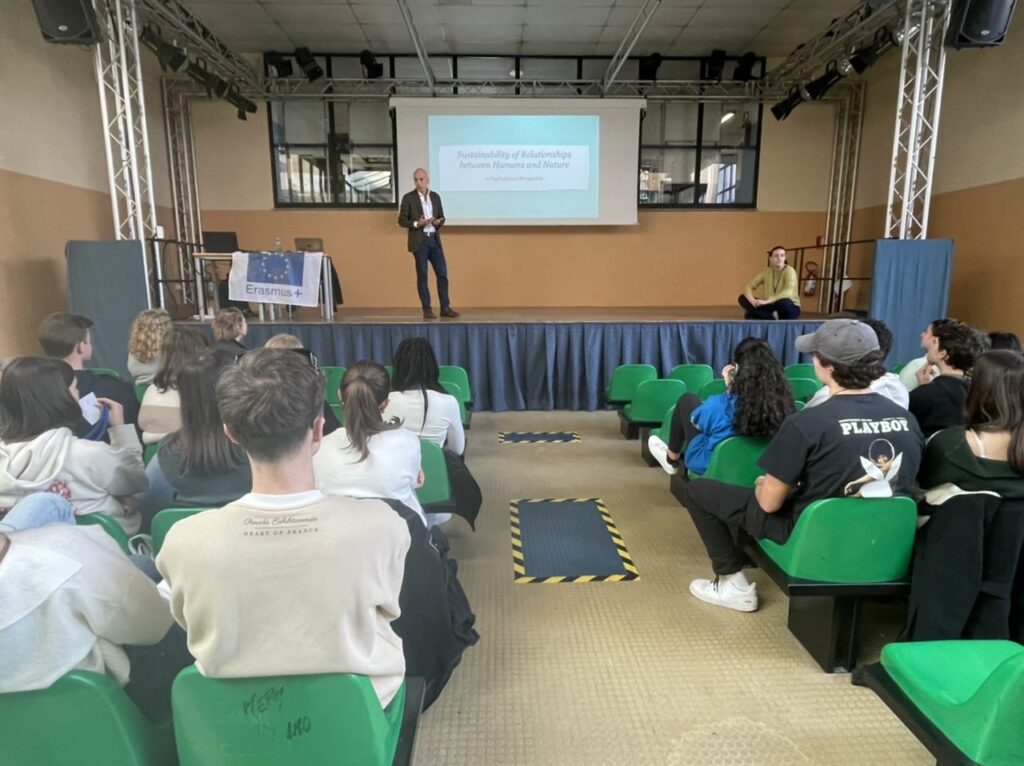
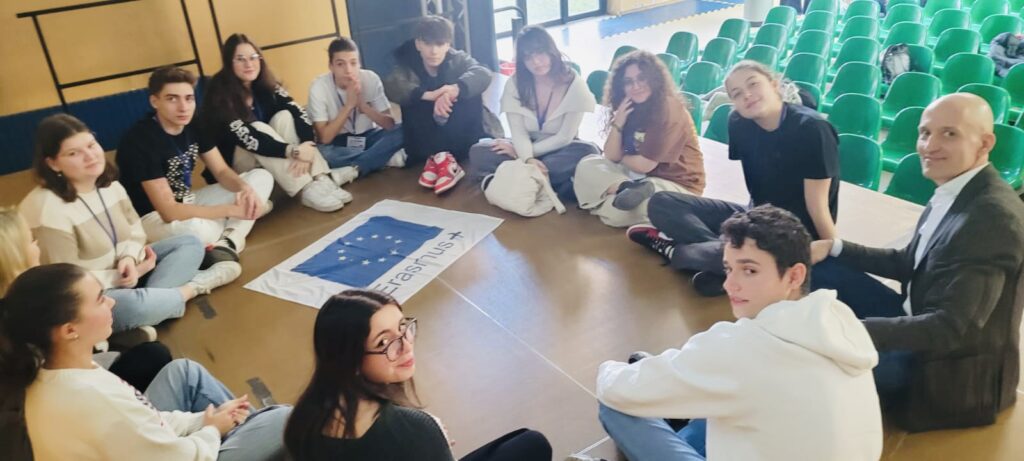
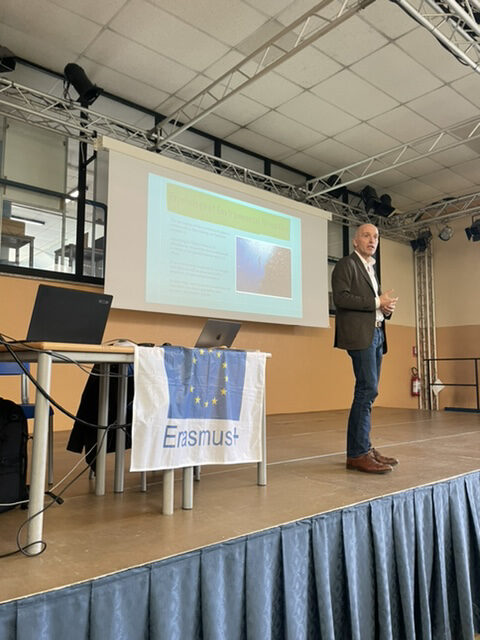
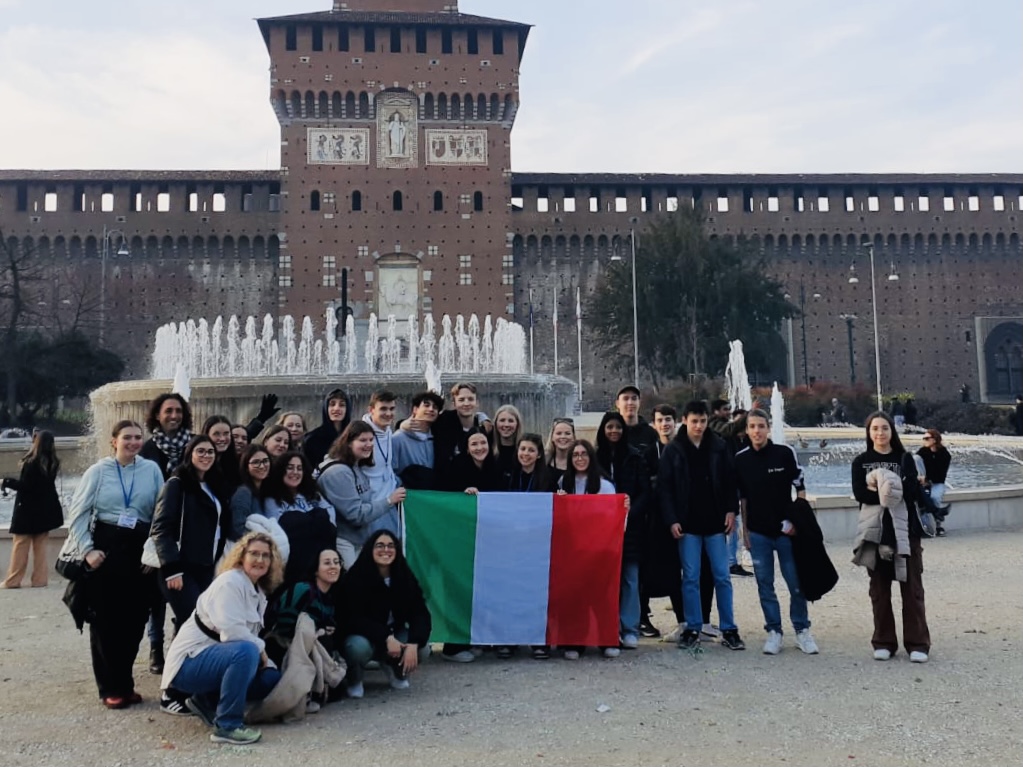
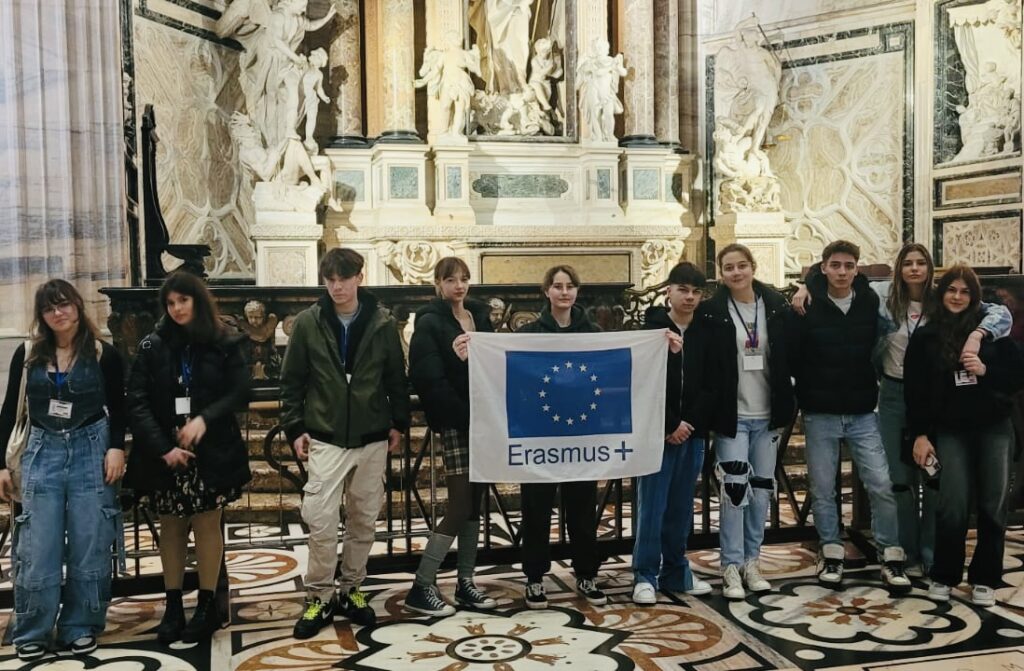
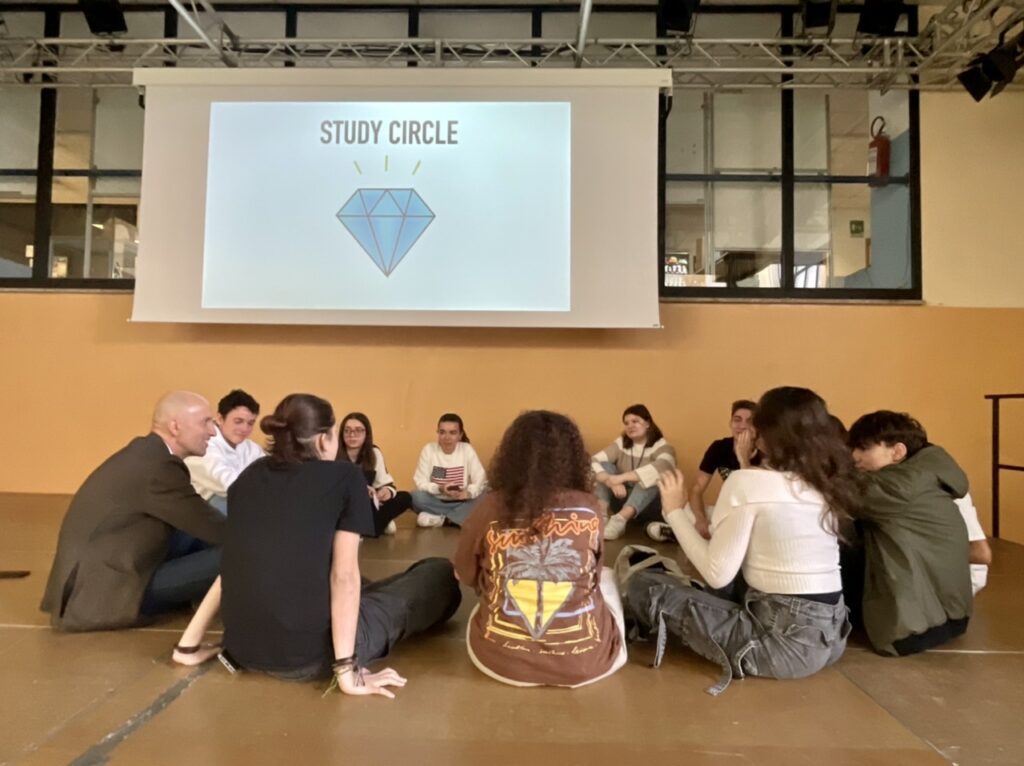
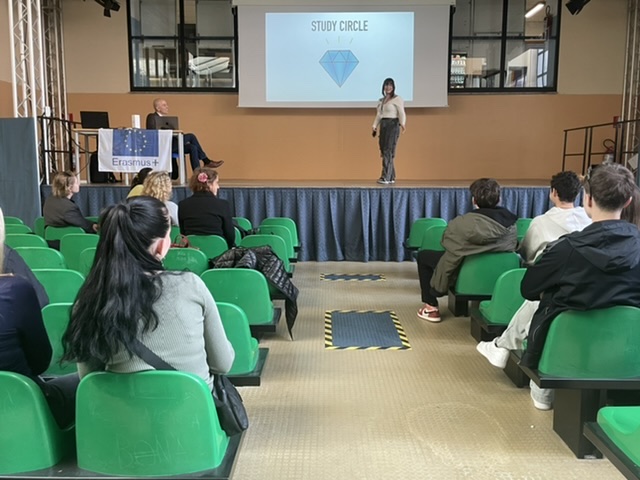
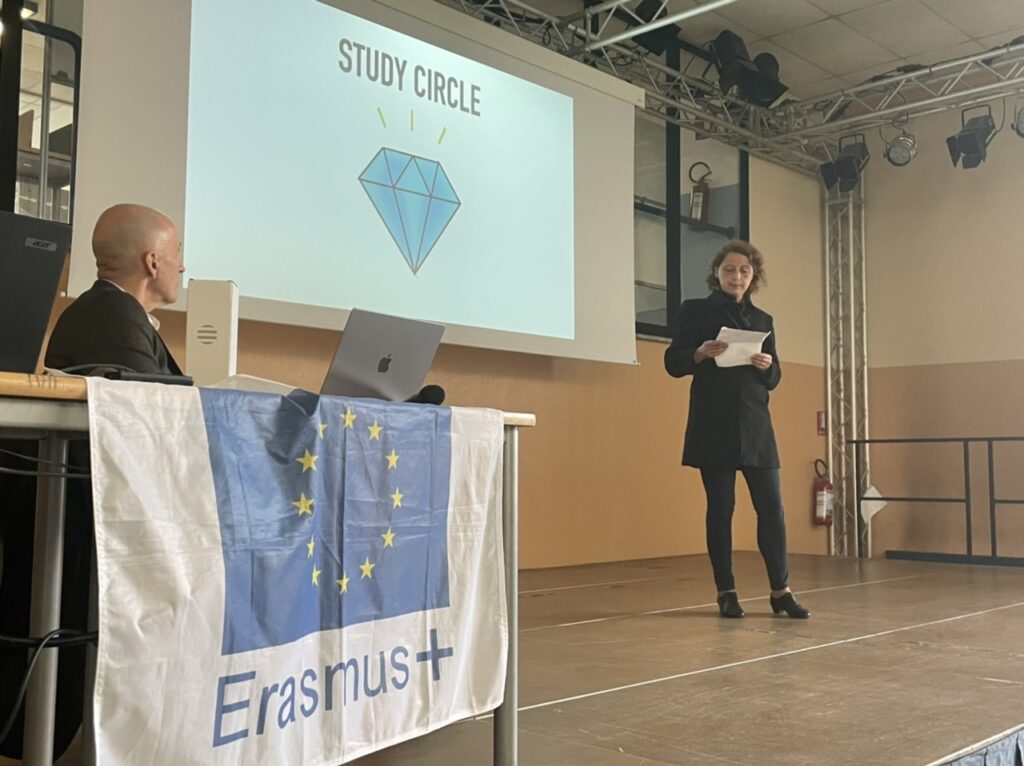
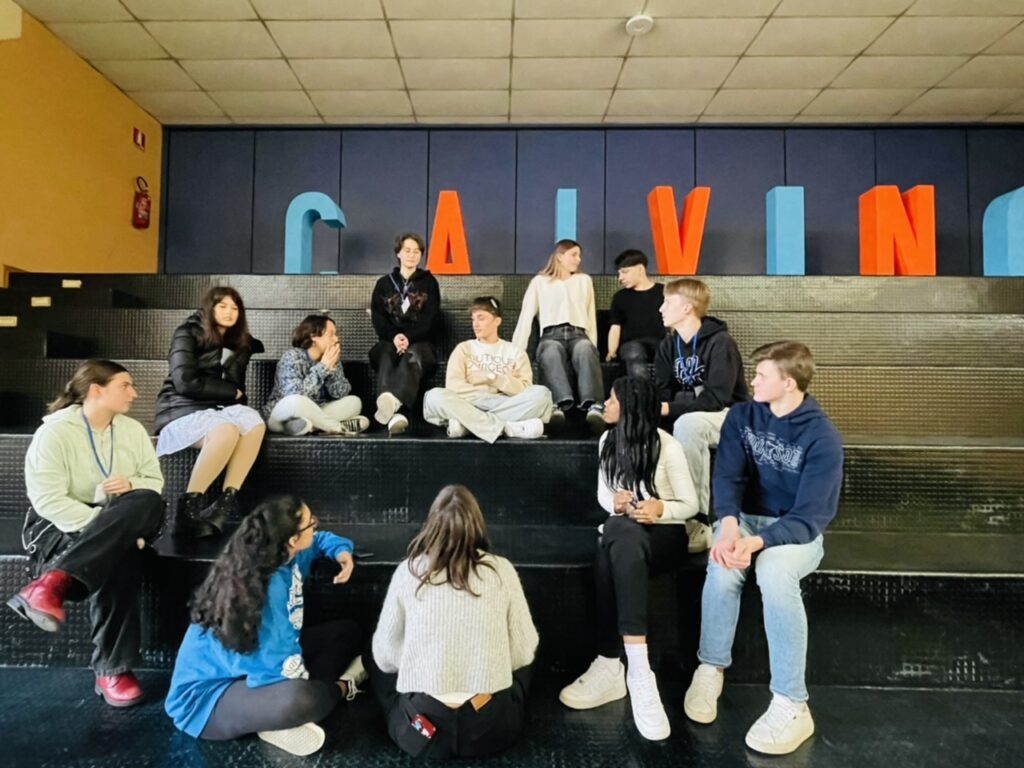
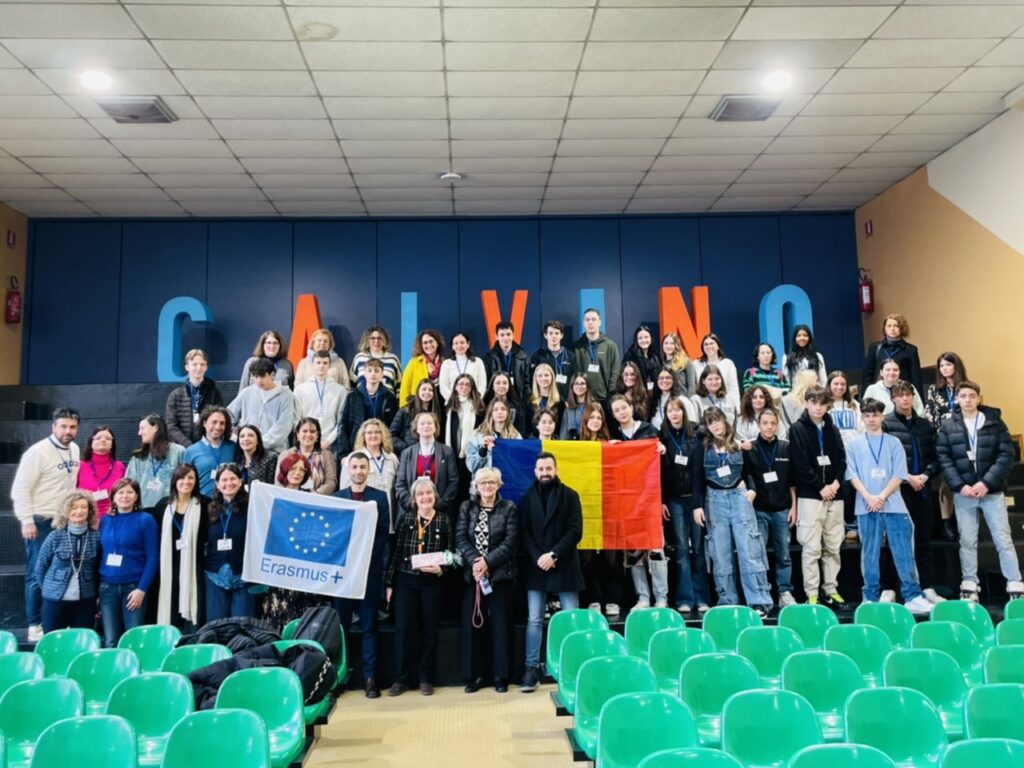

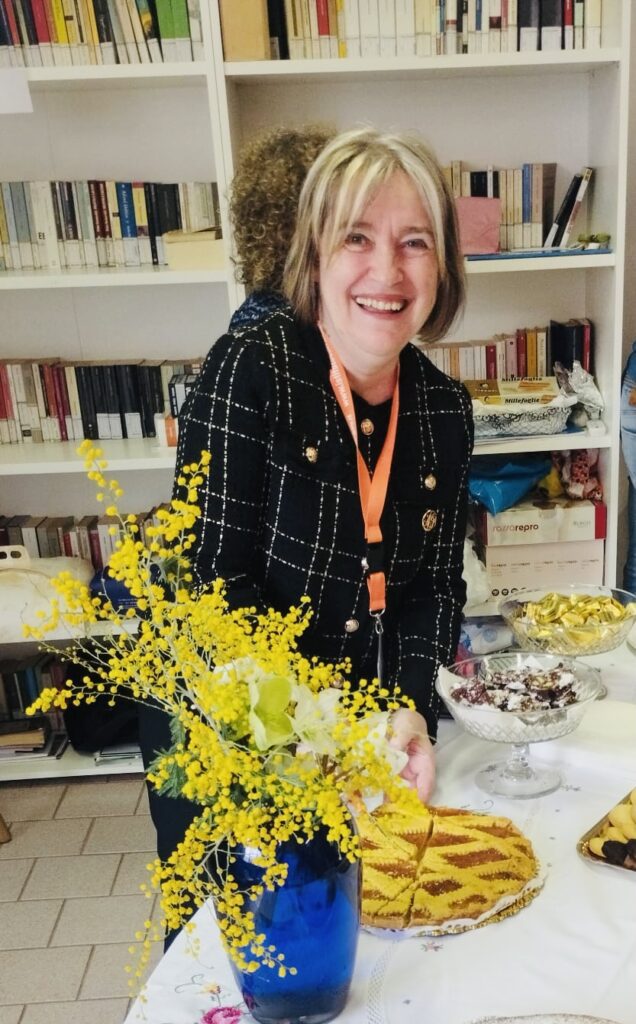
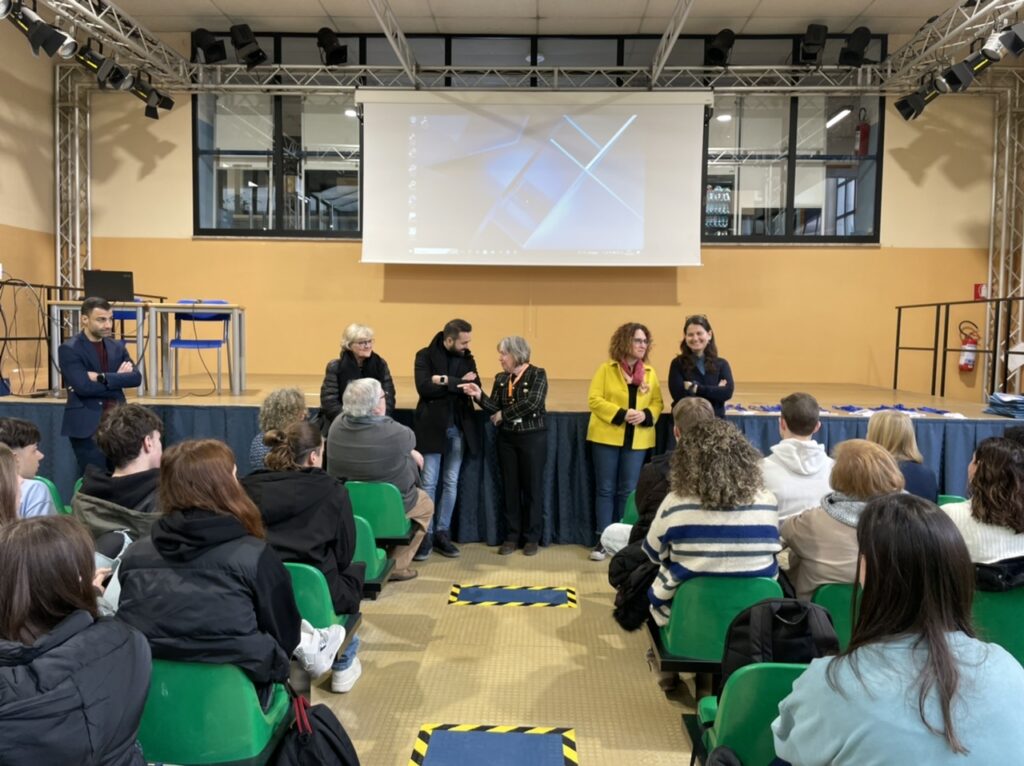
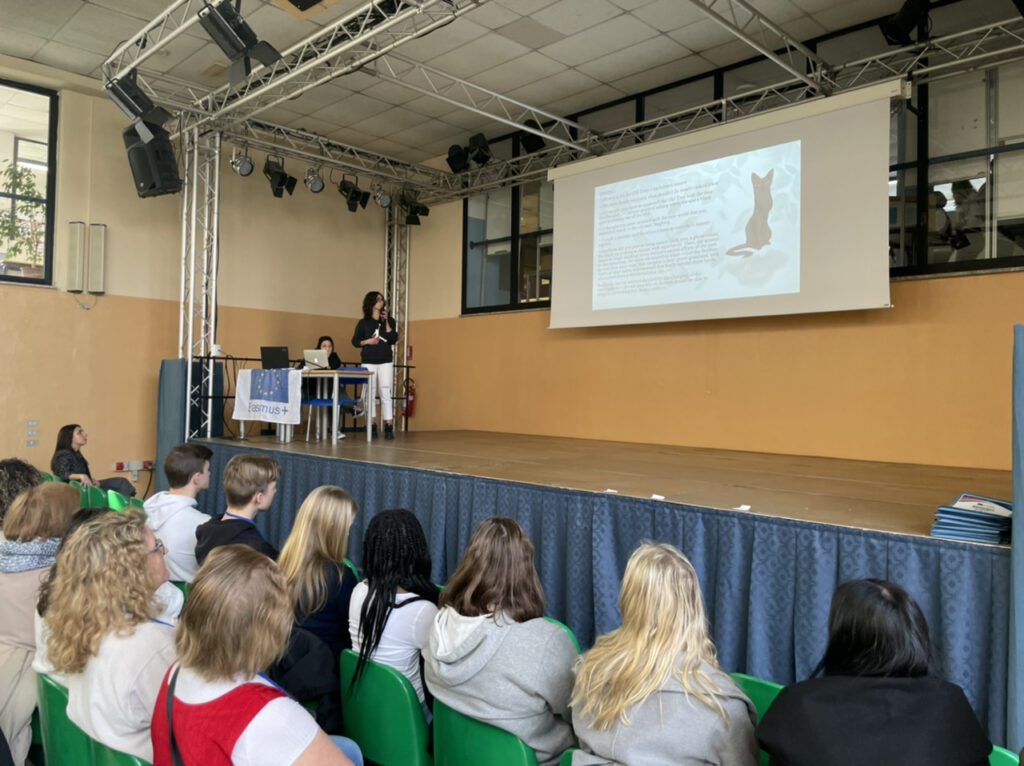
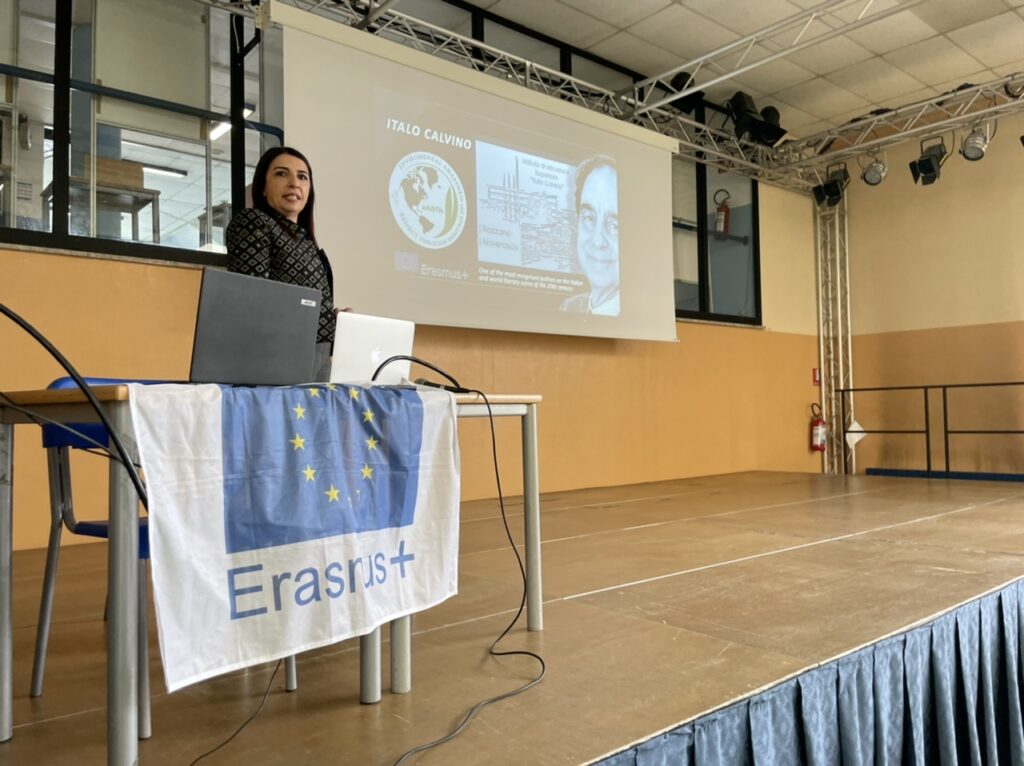
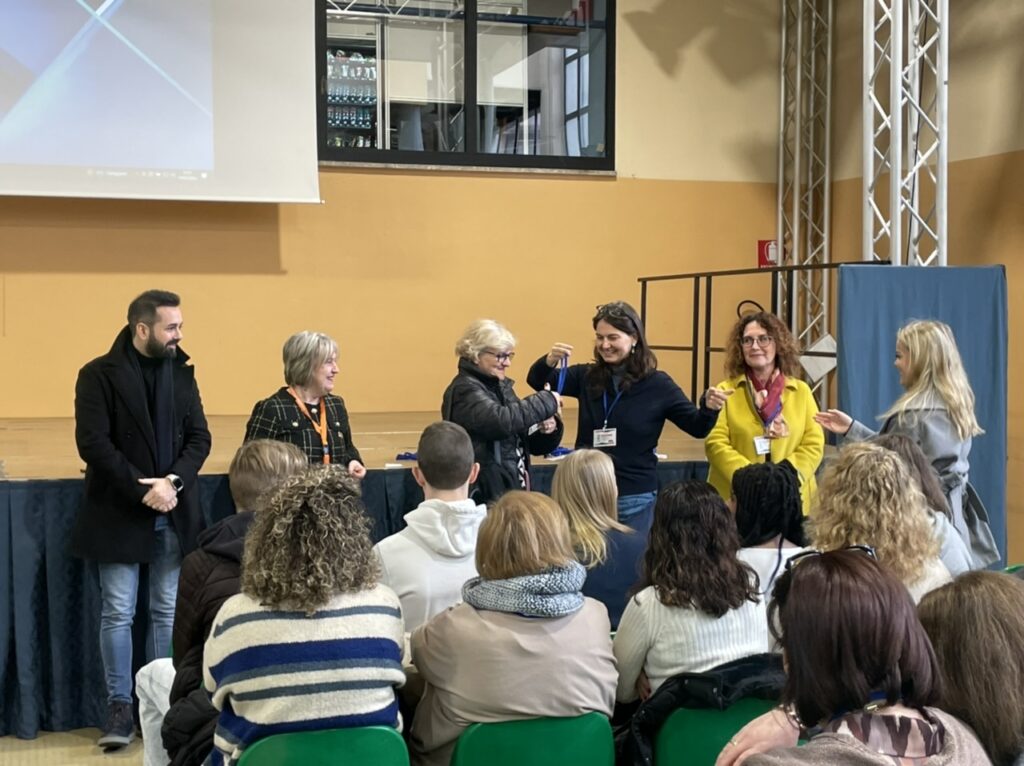
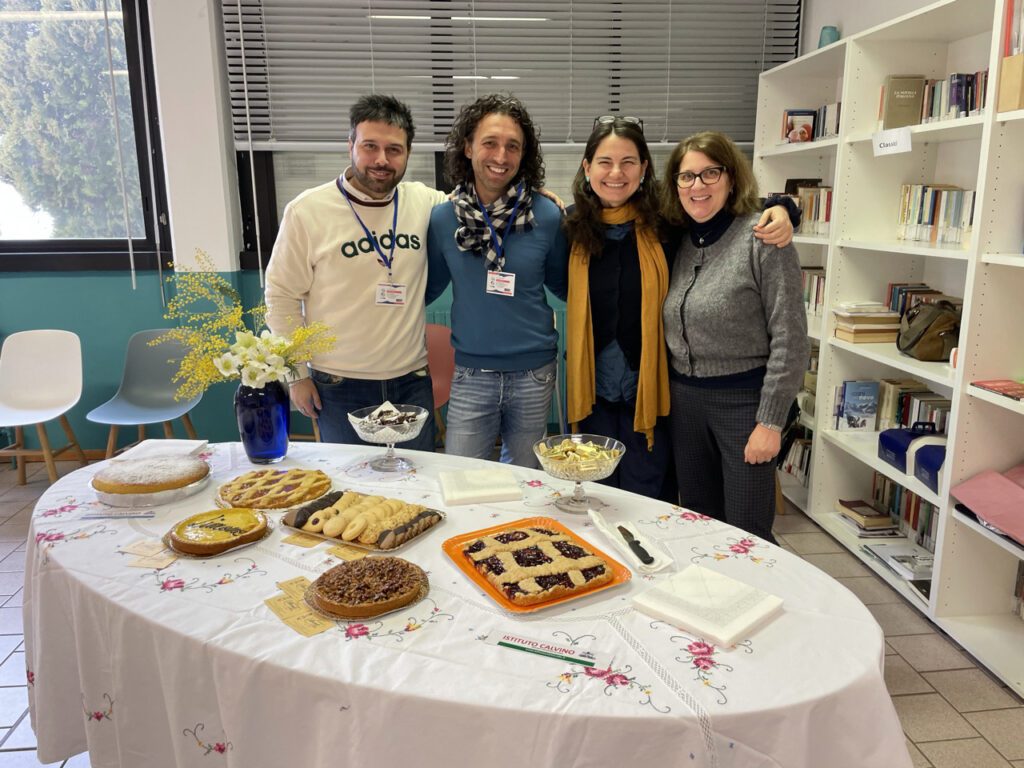
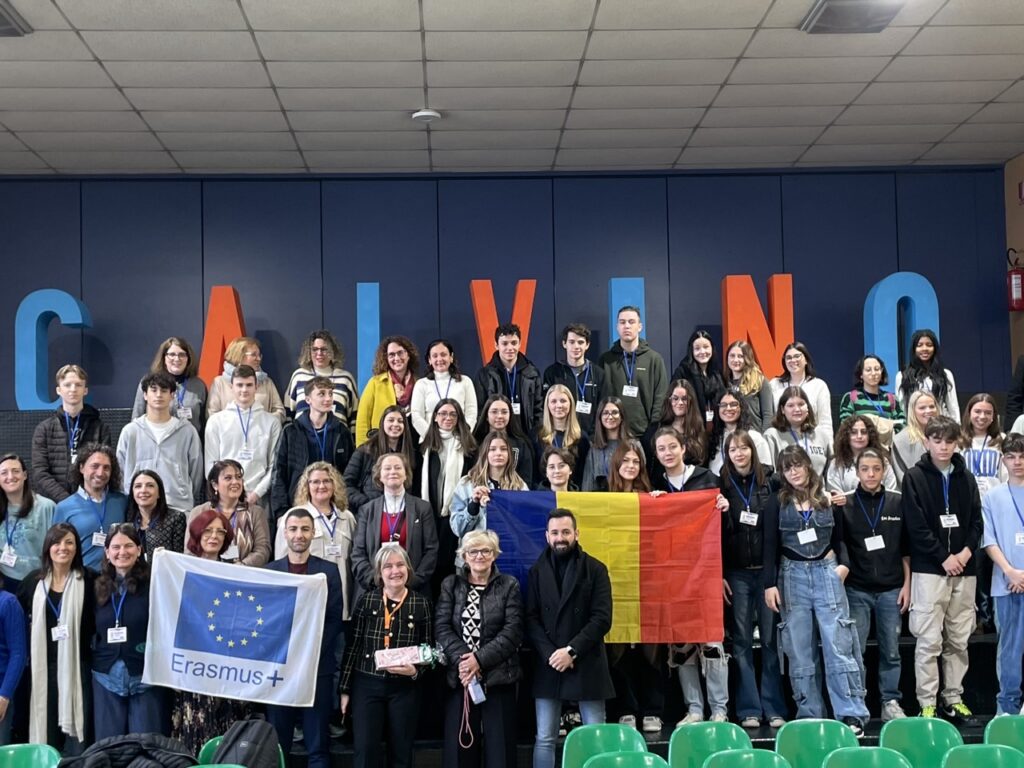
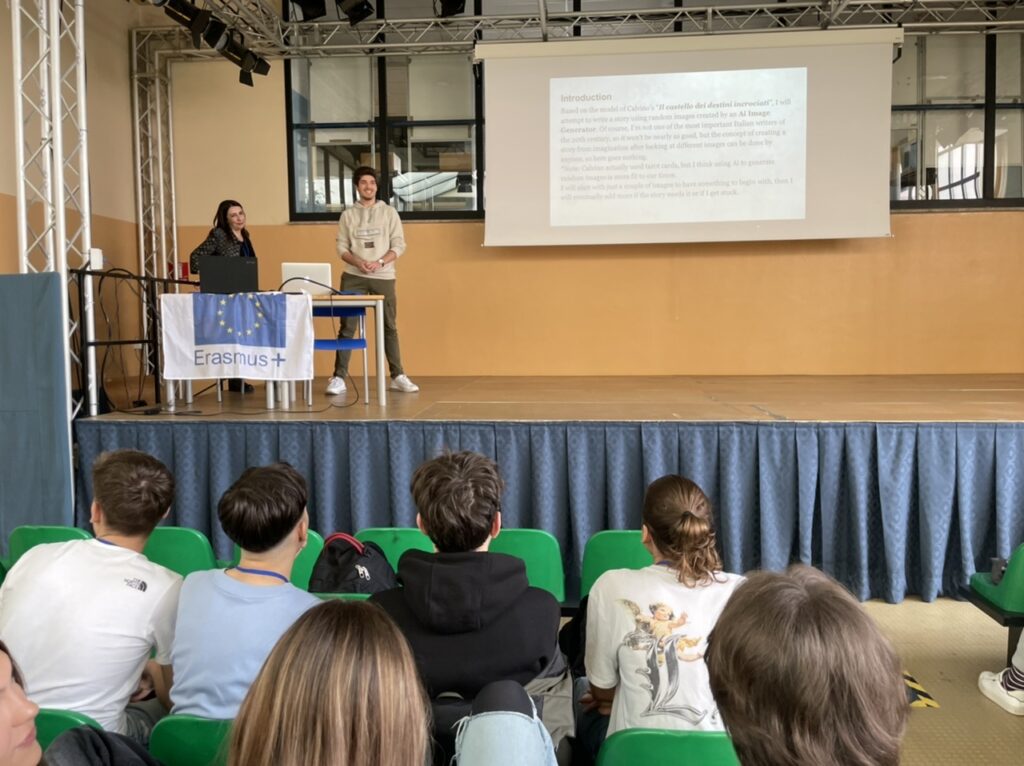
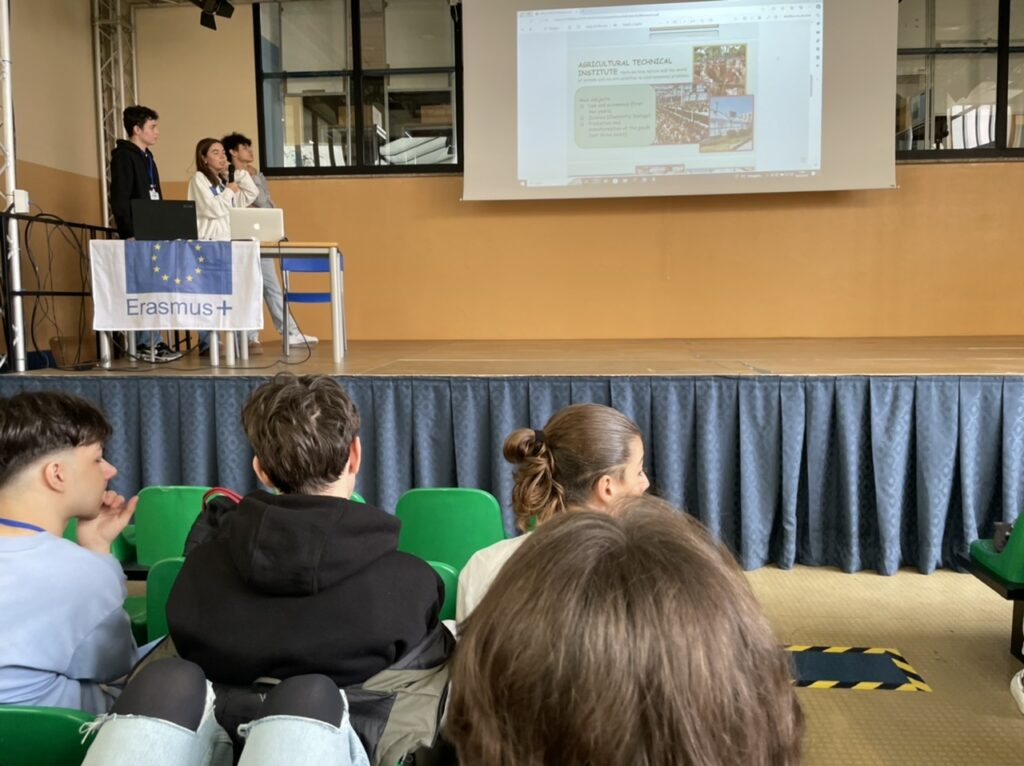
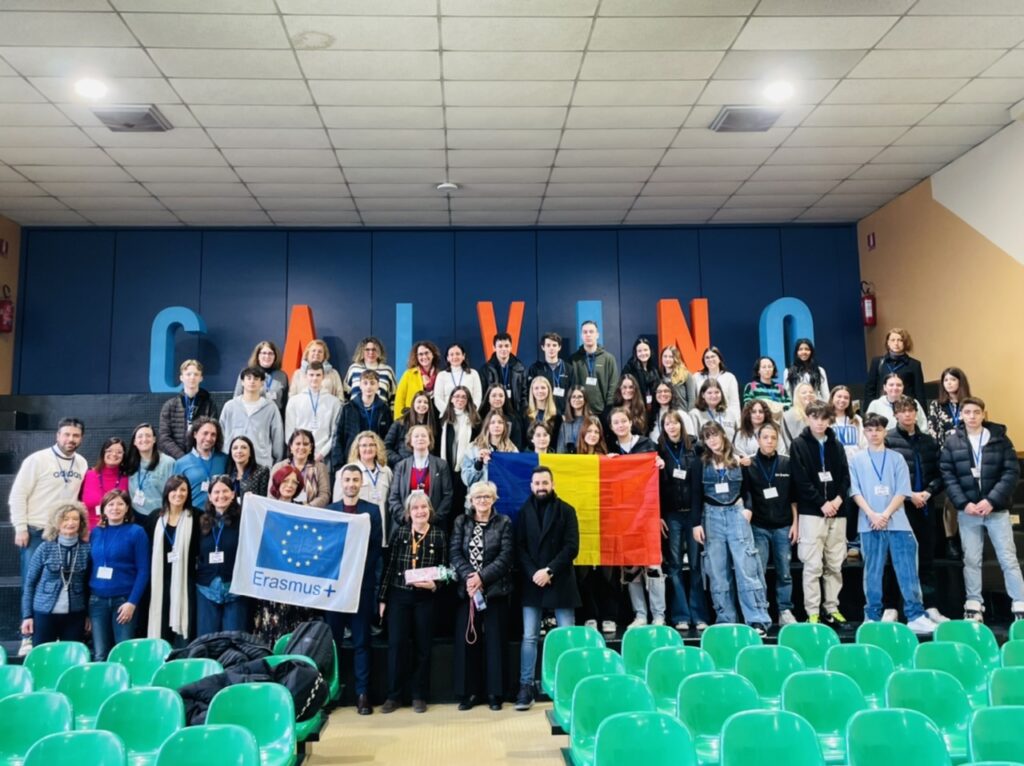
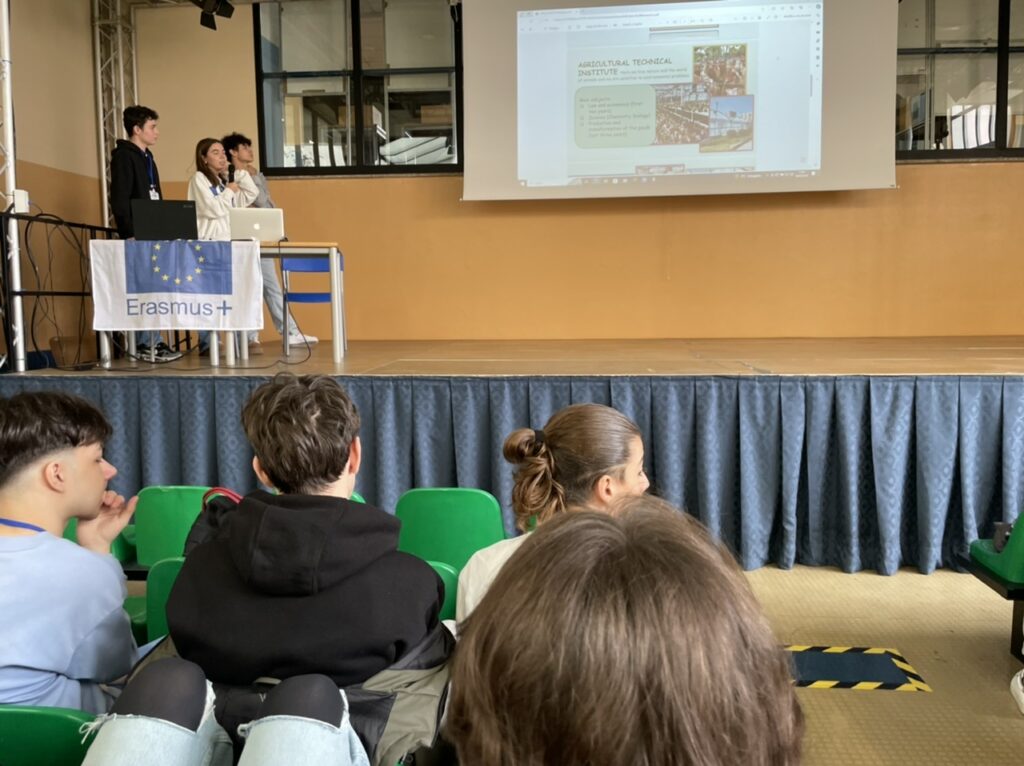
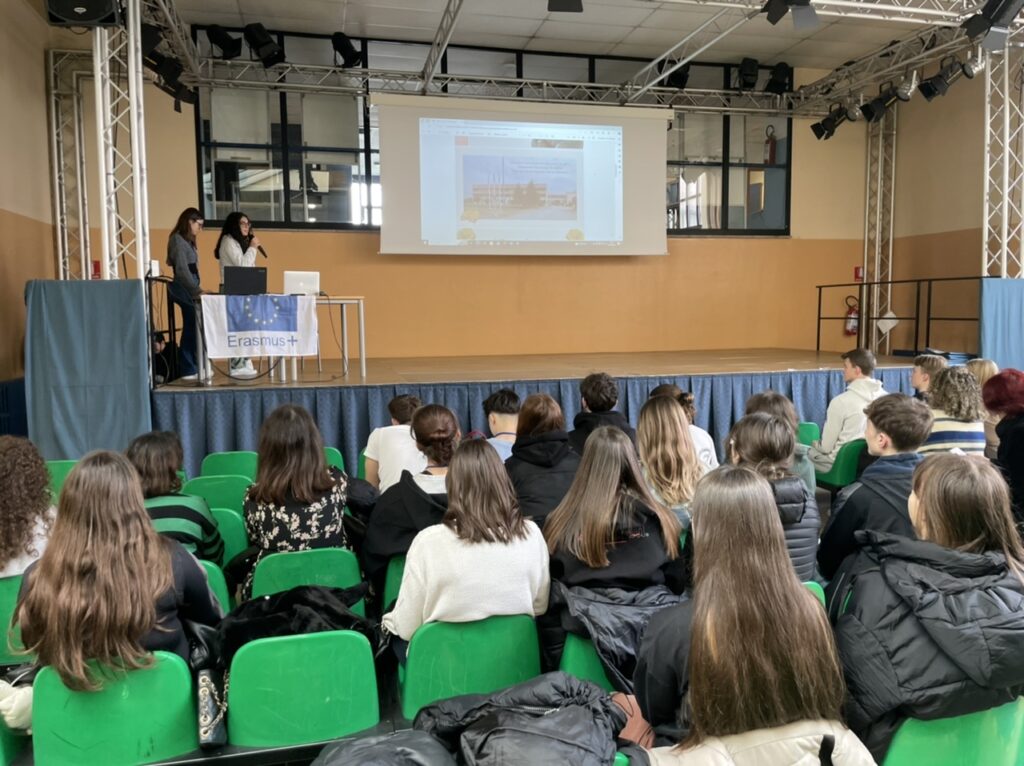
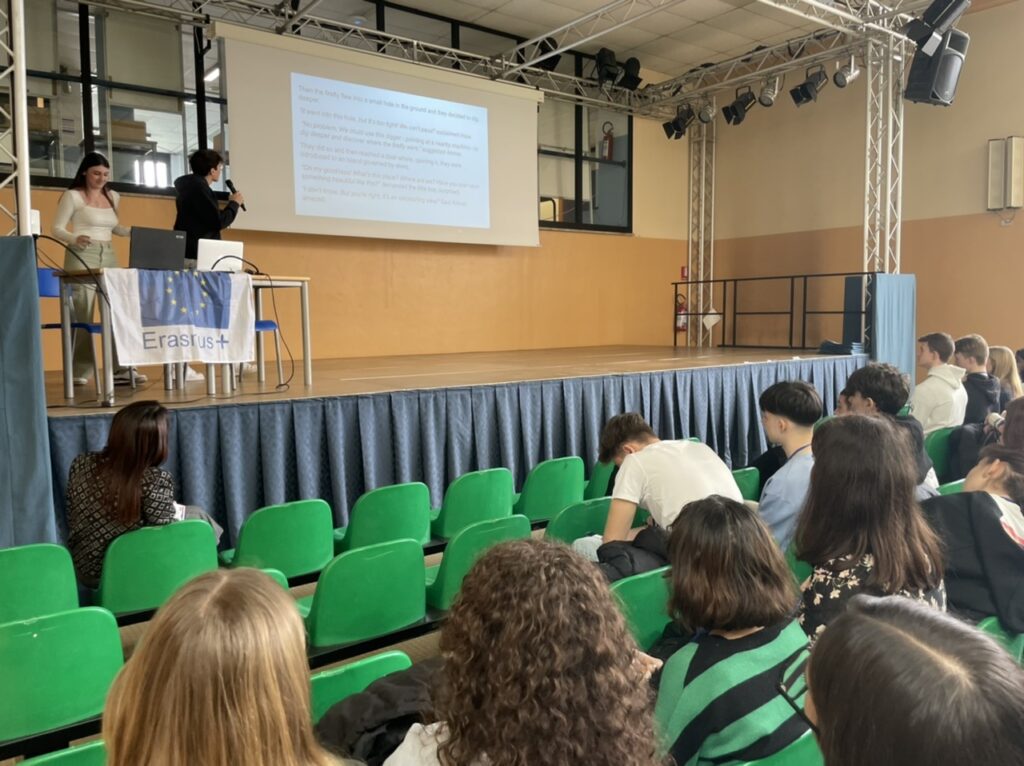
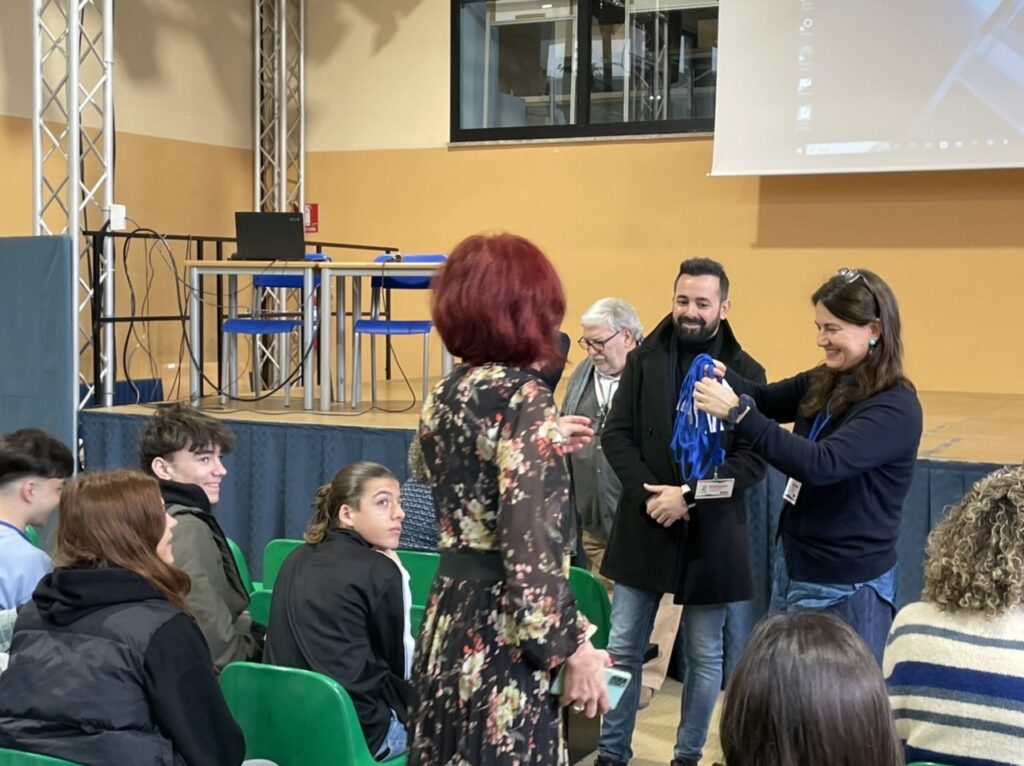
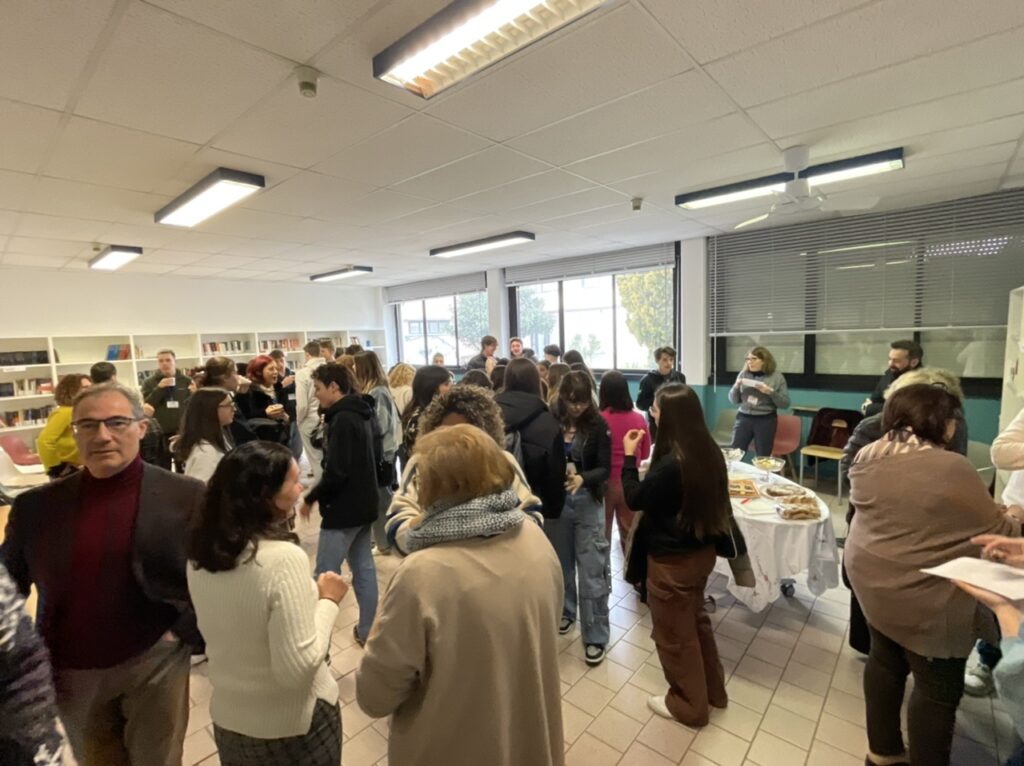
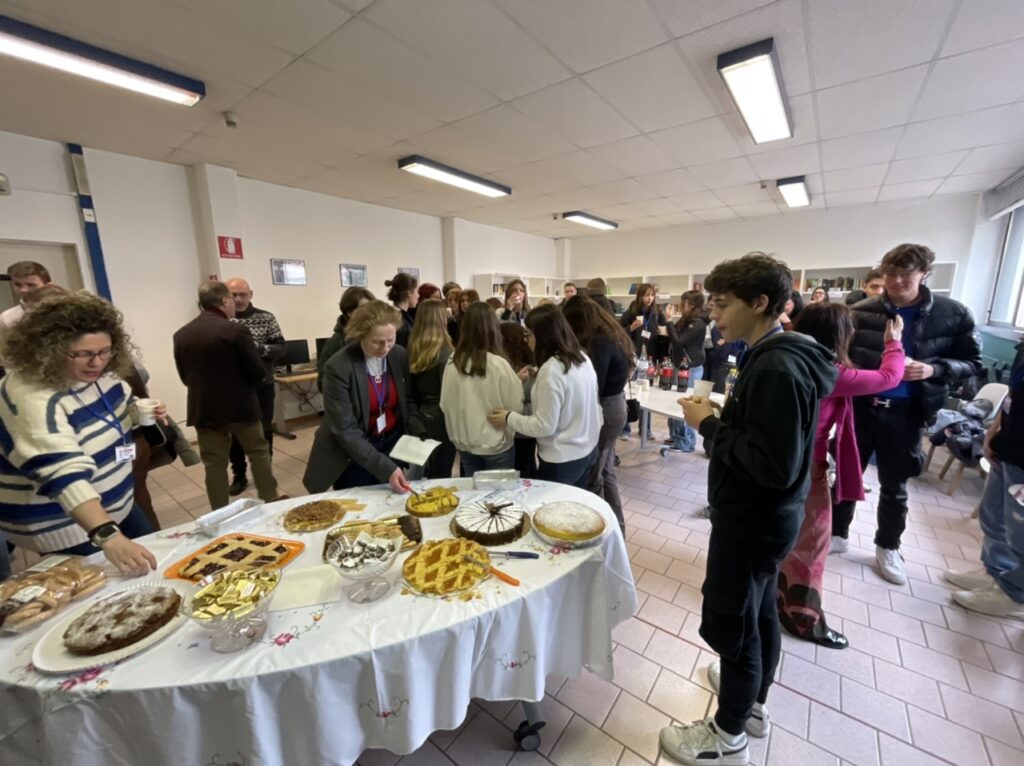
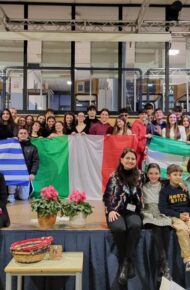

0